Our New "Green Dream"
 Since our inception in 1967, ecology and sustainability have been at the heart of Villa di Maria (VdM). From the start, VdM had a “green dream” to establish the first “green” school in the St. Louis area, inspiring and supporting other schools to do the same. In our recent redesign of the campus, adding buildings for our Elementary and Children's House classrooms, we have sought to reduce our energy footprint and preserve the natural landscape. Recognizing our efforts, Ameren awarded VdM $5,000 for our our Elementary building which aligned with many LEED (Leadership in Energy and Environmental Design) benchmarks.
Since our inception in 1967, ecology and sustainability have been at the heart of Villa di Maria (VdM). From the start, VdM had a “green dream” to establish the first “green” school in the St. Louis area, inspiring and supporting other schools to do the same. In our recent redesign of the campus, adding buildings for our Elementary and Children's House classrooms, we have sought to reduce our energy footprint and preserve the natural landscape. Recognizing our efforts, Ameren awarded VdM $5,000 for our our Elementary building which aligned with many LEED (Leadership in Energy and Environmental Design) benchmarks. VdM’s expansive six-acre outdoor campus offers many opportunities for children to engage in and appreciate the beauty of the natural world. Children collect and study leaves for a botany lesson, plant seedlings in the garden, participate in nature walks, create forts in the woods, and care for our chickens. VdM has naturally and organically engaged in many sustainable practices such as composting, recycling, and water conservation through rain barrel use.
VdM’s expansive six-acre outdoor campus offers many opportunities for children to engage in and appreciate the beauty of the natural world. Children collect and study leaves for a botany lesson, plant seedlings in the garden, participate in nature walks, create forts in the woods, and care for our chickens. VdM has naturally and organically engaged in many sustainable practices such as composting, recycling, and water conservation through rain barrel use.

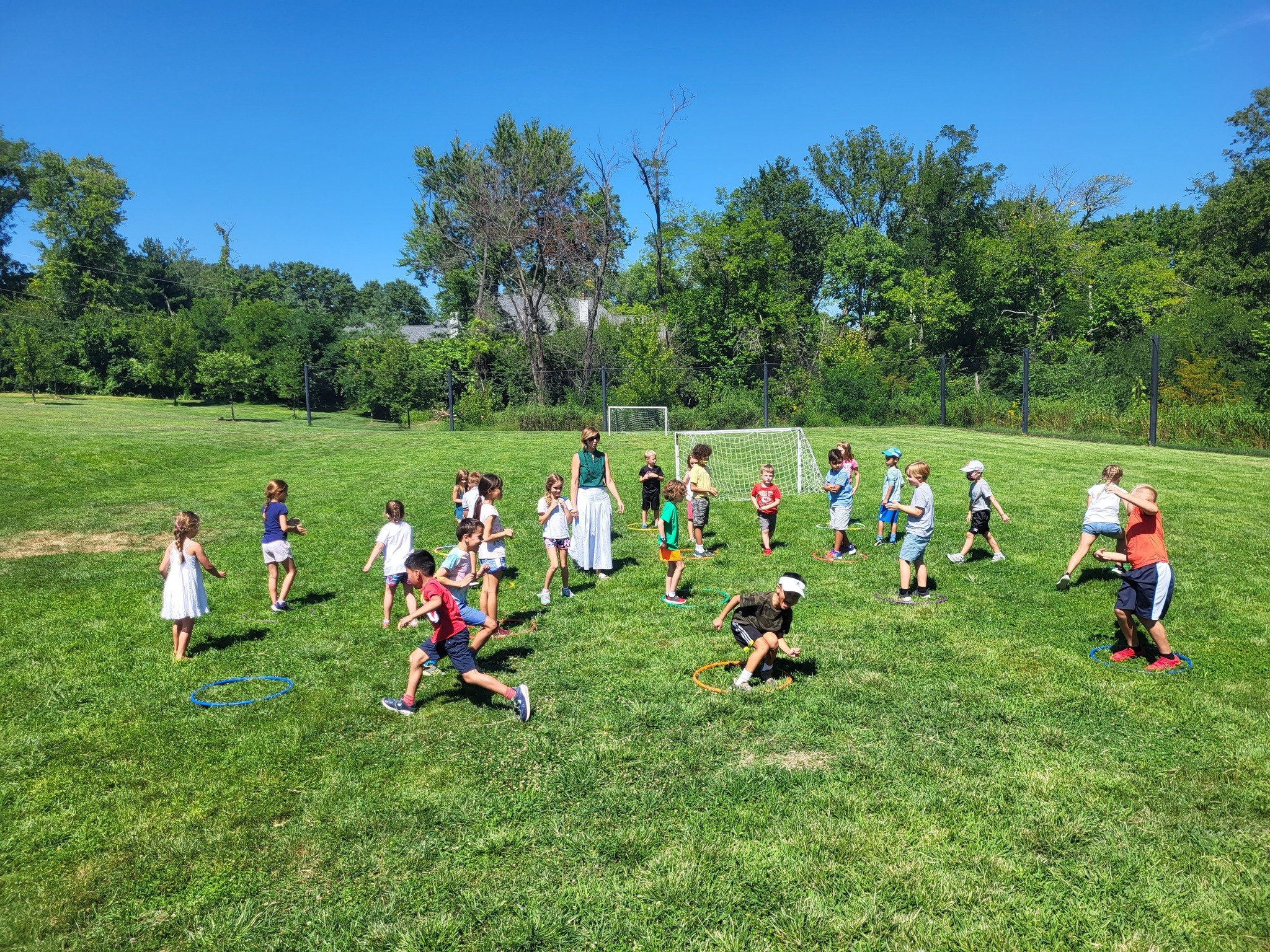 Not only does our physical campus reflect our environmental concern, but our Montessori philosophy and pedagogy also reinforces our efforts. The knowledge that we are interconnected beings in a larger ecosystem of the classroom, society, and the world (including the natural world) is built into the culture and lessons of the Montessori classroom. Montessori philosophy deeply values the natural world and offers that perspective to the child through engaging lessons in botany, zoology, and ecology. A Montessori environment contains many plants and animals to observe, care for and from which to learn. Currently, our classrooms contain a variety of pets including a bearded dragon, hamsters, guinea pigs, a hedgehog and fish, to name a few. Children participate in the research of and care for these animals, preparing a suitable habitat and ensuring their nutritional needs are met. The children also tend to a myriad of types of plants within the prepared environment. Through these daily interactions, children learn the various needs of living things around them and recognize their place in a vast network of interconnected living and non-living elements.
Not only does our physical campus reflect our environmental concern, but our Montessori philosophy and pedagogy also reinforces our efforts. The knowledge that we are interconnected beings in a larger ecosystem of the classroom, society, and the world (including the natural world) is built into the culture and lessons of the Montessori classroom. Montessori philosophy deeply values the natural world and offers that perspective to the child through engaging lessons in botany, zoology, and ecology. A Montessori environment contains many plants and animals to observe, care for and from which to learn. Currently, our classrooms contain a variety of pets including a bearded dragon, hamsters, guinea pigs, a hedgehog and fish, to name a few. Children participate in the research of and care for these animals, preparing a suitable habitat and ensuring their nutritional needs are met. The children also tend to a myriad of types of plants within the prepared environment. Through these daily interactions, children learn the various needs of living things around them and recognize their place in a vast network of interconnected living and non-living elements.
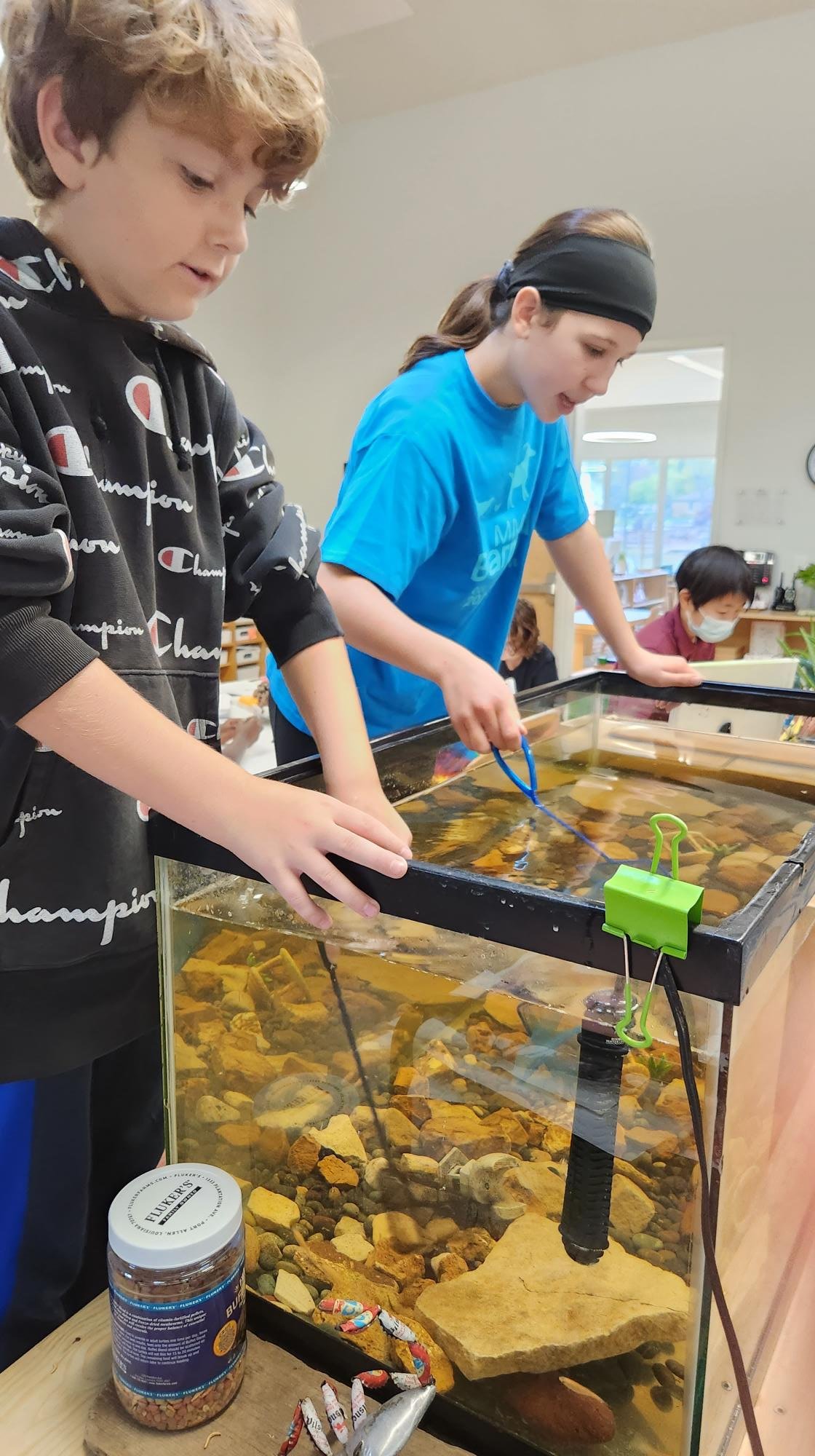 In addition to the Montessori lessons and physical environment of the classroom, the Montessori approach naturally fosters responsible and thoughtful behavior in the children toward the world around them. On-going “Grace and Courtesy” lessons demonstrate to the children how to engage appropriately with their peers in their community and care for the entirety of the prepared environment (read more about “Grace and Courtesy” in this blog post!). The classroom guides model these behaviors and social interactions, and through their observations and experiences, the children begin to develop a deep awareness of their integral role within their classroom community. To understand our impact on the larger world ecosystem, we must first appreciate our role in the smaller communities of which we’re a part, including the family and the classroom. Starting this work at an early age inspires Villa children to think and dream big with respect to their impact on their local communities and the world.
In addition to the Montessori lessons and physical environment of the classroom, the Montessori approach naturally fosters responsible and thoughtful behavior in the children toward the world around them. On-going “Grace and Courtesy” lessons demonstrate to the children how to engage appropriately with their peers in their community and care for the entirety of the prepared environment (read more about “Grace and Courtesy” in this blog post!). The classroom guides model these behaviors and social interactions, and through their observations and experiences, the children begin to develop a deep awareness of their integral role within their classroom community. To understand our impact on the larger world ecosystem, we must first appreciate our role in the smaller communities of which we’re a part, including the family and the classroom. Starting this work at an early age inspires Villa children to think and dream big with respect to their impact on their local communities and the world.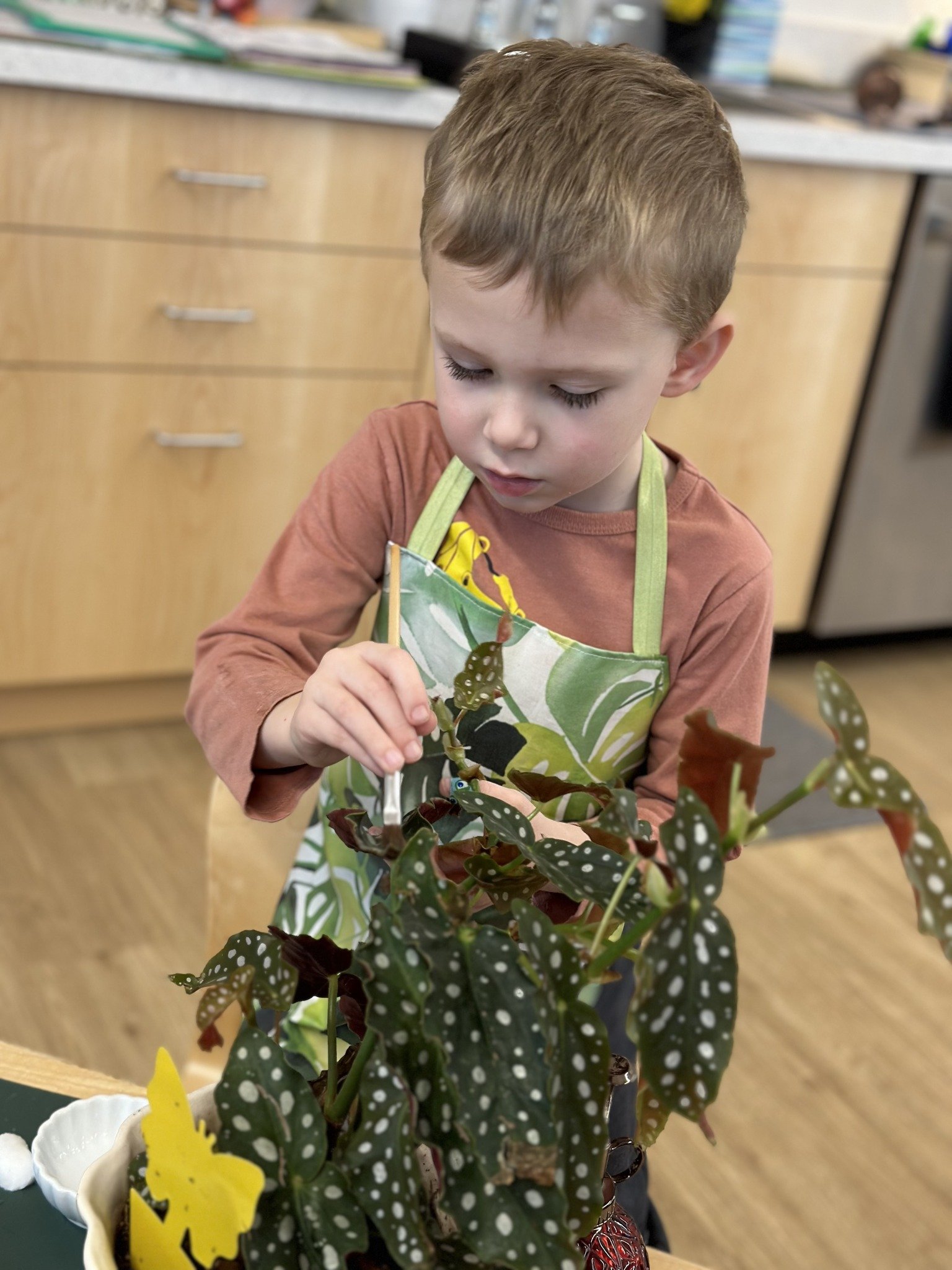
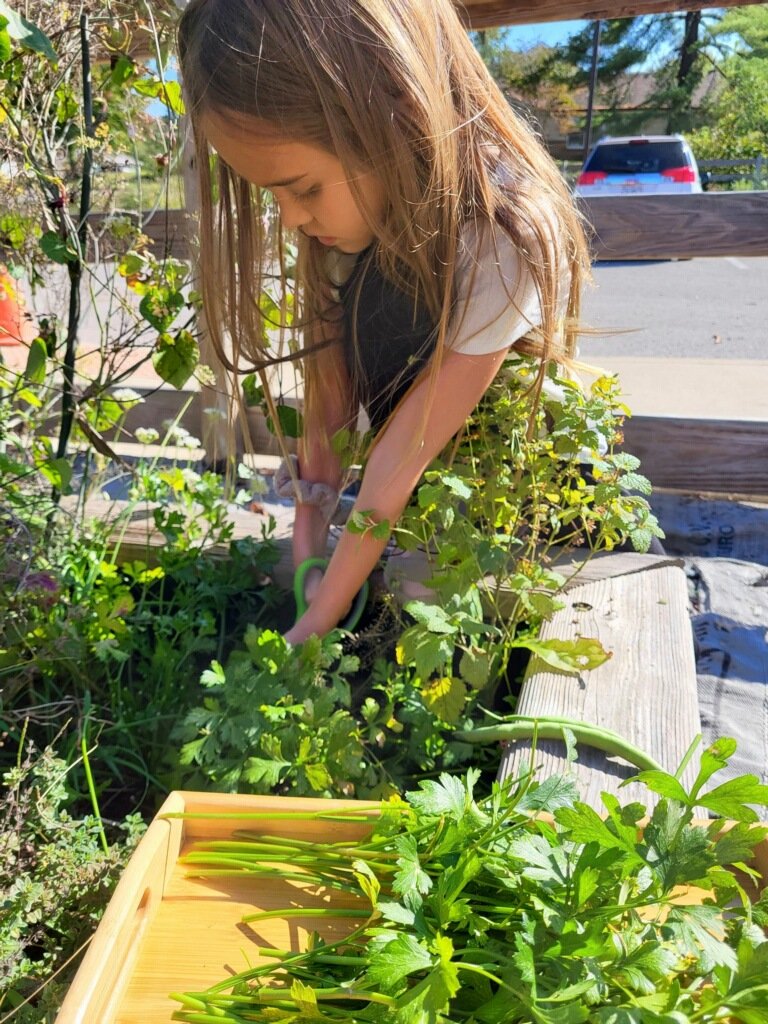 In part due to the inspiration of our elementary children who have grown up learning such Montessori principles and practices, we challenged ourselves to take even more practical steps in our care for the earth, formalizing our commitment into strategic goals. Missouri Green Schools and Green Schools Quest provided us that framework and recognition to guide us further in our pursuit of ecological justice.
In part due to the inspiration of our elementary children who have grown up learning such Montessori principles and practices, we challenged ourselves to take even more practical steps in our care for the earth, formalizing our commitment into strategic goals. Missouri Green Schools and Green Schools Quest provided us that framework and recognition to guide us further in our pursuit of ecological justice.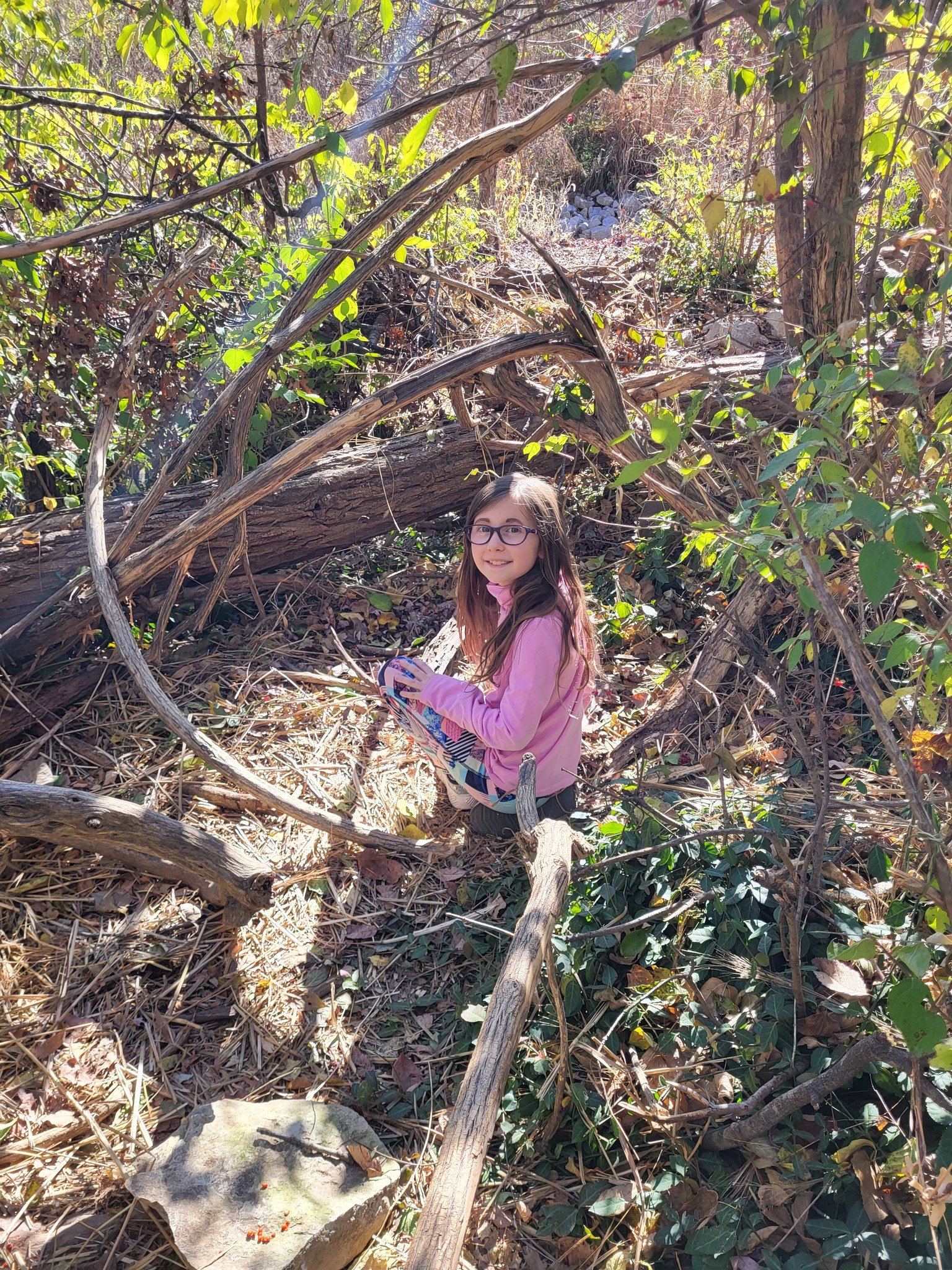 Missouri Green Schools (MGS) is a statewide recognition program that provides structure, resources and guidance to schools seeking to create sustainable, eco-friendly learning environments. There are five levels of recognition in the MGS program. Villa has already met the requirements for the first level and our goal is to meet all five levels by 2026, thus becoming a Green Ribbon School. Green Schools Quest is a part of the MGS program specifically geared to implement the goals in individual schools through yearly project-based challenges (hence a quest). These projects are meant to be student-driven, low-cost, and guided by a green mentor, with the chance to win cash prizes at the end of the year.
Missouri Green Schools (MGS) is a statewide recognition program that provides structure, resources and guidance to schools seeking to create sustainable, eco-friendly learning environments. There are five levels of recognition in the MGS program. Villa has already met the requirements for the first level and our goal is to meet all five levels by 2026, thus becoming a Green Ribbon School. Green Schools Quest is a part of the MGS program specifically geared to implement the goals in individual schools through yearly project-based challenges (hence a quest). These projects are meant to be student-driven, low-cost, and guided by a green mentor, with the chance to win cash prizes at the end of the year. Our Green Schools Quest Green Mentor, Benjamin Winkler, has been incredibly helpful in raising awareness and educating our community about proper waste diversion. He conducted a waste audit with the elementary children, helping them recognize what was in their classroom waste bins and how they could improve their sorting habits. He also presented an entertaining puppet show to the Children’s Houses and hosted other fun activities to educate and inspire the elementary children.
Our Green Schools Quest Green Mentor, Benjamin Winkler, has been incredibly helpful in raising awareness and educating our community about proper waste diversion. He conducted a waste audit with the elementary children, helping them recognize what was in their classroom waste bins and how they could improve their sorting habits. He also presented an entertaining puppet show to the Children’s Houses and hosted other fun activities to educate and inspire the elementary children.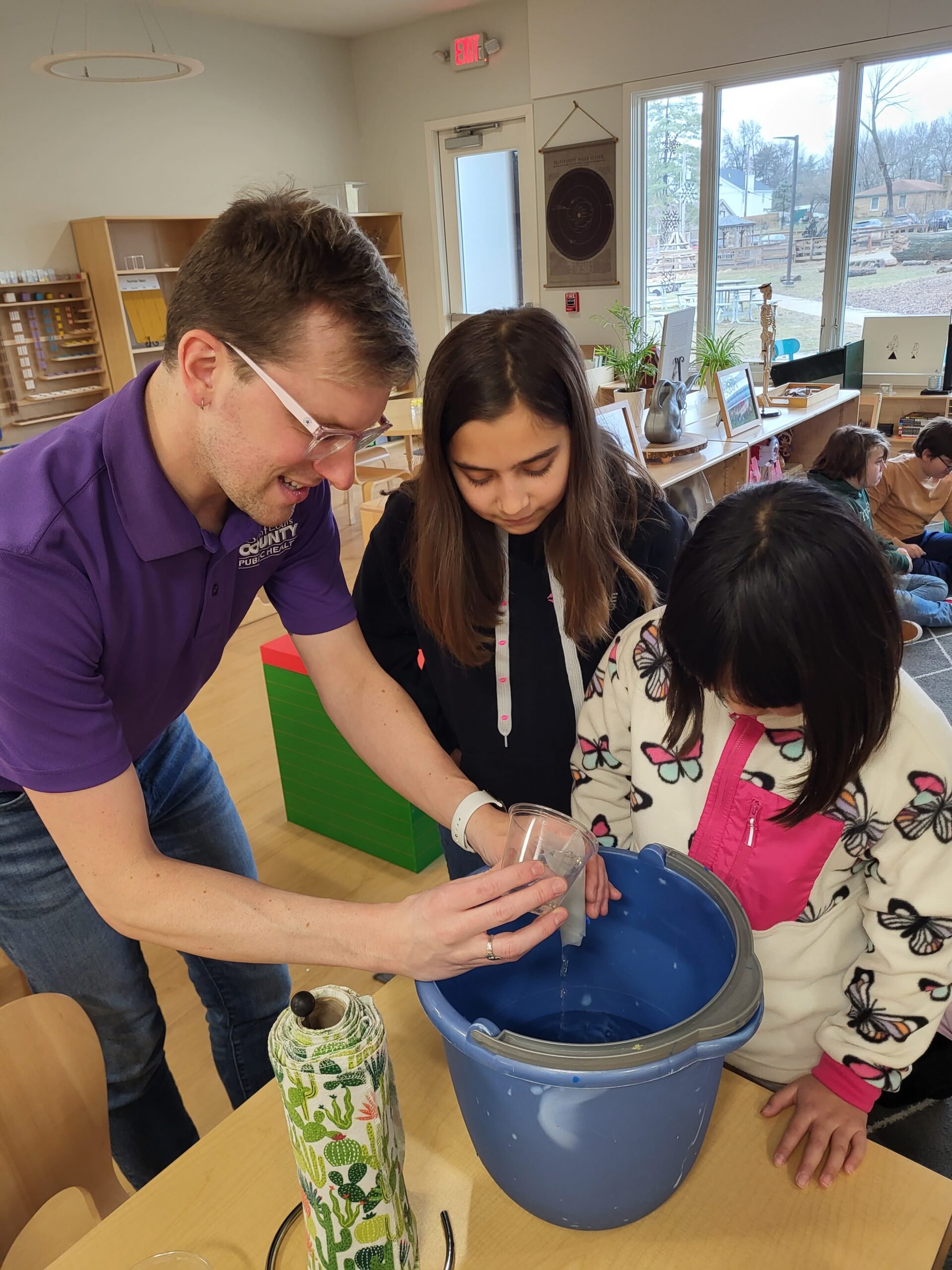
 Our self-proclaimed Green Schools Quest challenge this year is to recycle more and recycle better. We’ve upped our recycling game by engaging in the TerraCycle program. Classrooms collect snack and candy wrappers in a jar which they deliver monthly to a specific drop-off site. Elementary children volunteer to help measure and accompany transport of these wrappers on going-outs. Elementary children also spear-headed both the Halloween Candy Wrapper Collection and Electronics Recycling Event this year, and they participate in writing weekly eco-tips for the Wednesday Notes (VdM’s weekly parent newsletter). We are so pleased to witness the eager participation of the children in each of our endeavors, as we seek to raise their eco-conciousness and experience.
Our self-proclaimed Green Schools Quest challenge this year is to recycle more and recycle better. We’ve upped our recycling game by engaging in the TerraCycle program. Classrooms collect snack and candy wrappers in a jar which they deliver monthly to a specific drop-off site. Elementary children volunteer to help measure and accompany transport of these wrappers on going-outs. Elementary children also spear-headed both the Halloween Candy Wrapper Collection and Electronics Recycling Event this year, and they participate in writing weekly eco-tips for the Wednesday Notes (VdM’s weekly parent newsletter). We are so pleased to witness the eager participation of the children in each of our endeavors, as we seek to raise their eco-conciousness and experience.

 Our VdM children continue to inspire us, and we hope you feel inspired too! Look for a community eco event coming this Spring, as we’d love to continue to involve our whole community in our quest for sustainability at VdM. If you’d like more information about our Green Initiatives or desire to support our efforts on campus, please reach out to Martha Erickson (marthae@villadimaria.org). Together we can be a part of forming the next generation into responsible humans that care for the environment, their communities, and the world.
Our VdM children continue to inspire us, and we hope you feel inspired too! Look for a community eco event coming this Spring, as we’d love to continue to involve our whole community in our quest for sustainability at VdM. If you’d like more information about our Green Initiatives or desire to support our efforts on campus, please reach out to Martha Erickson (marthae@villadimaria.org). Together we can be a part of forming the next generation into responsible humans that care for the environment, their communities, and the world.

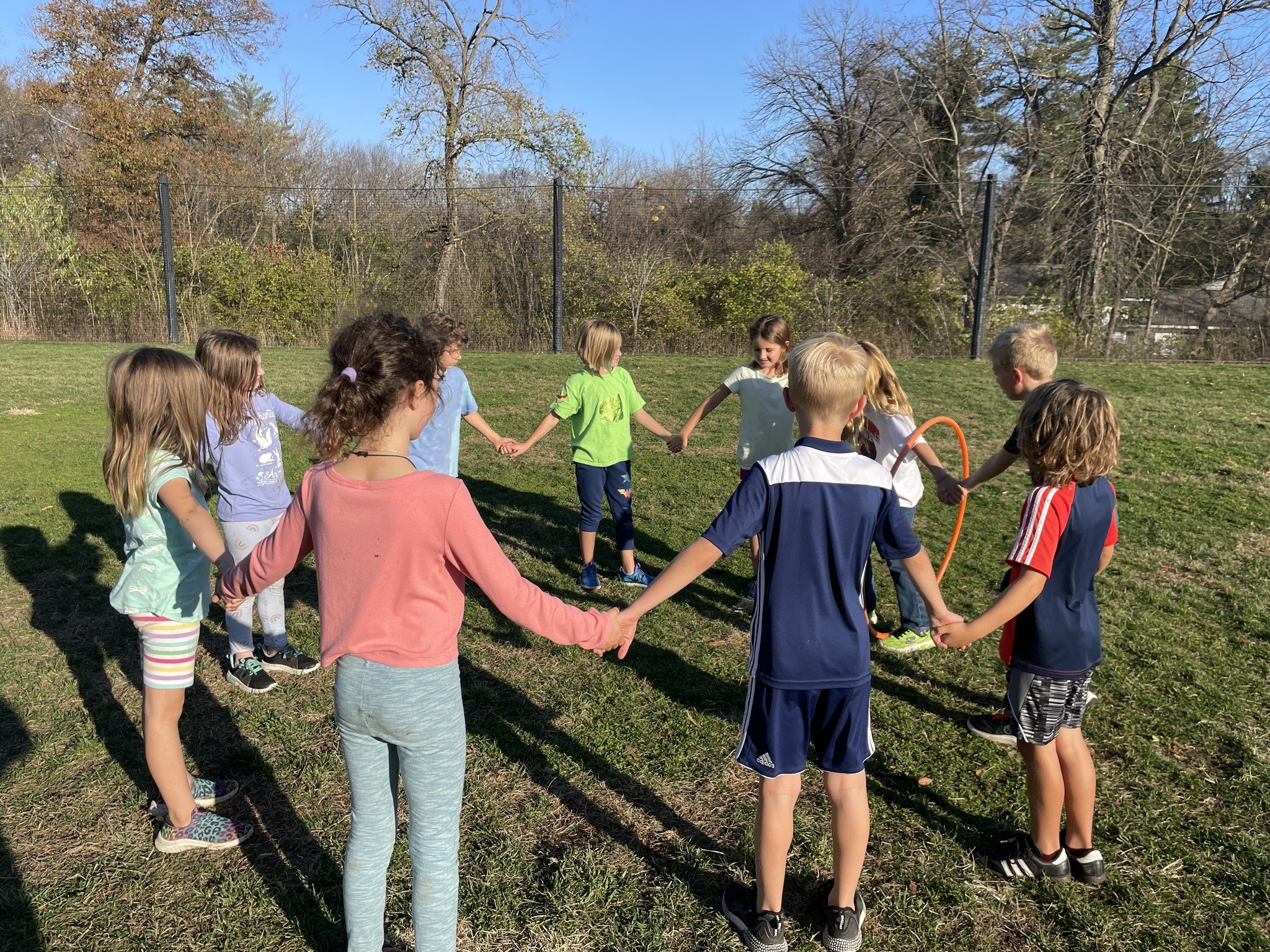


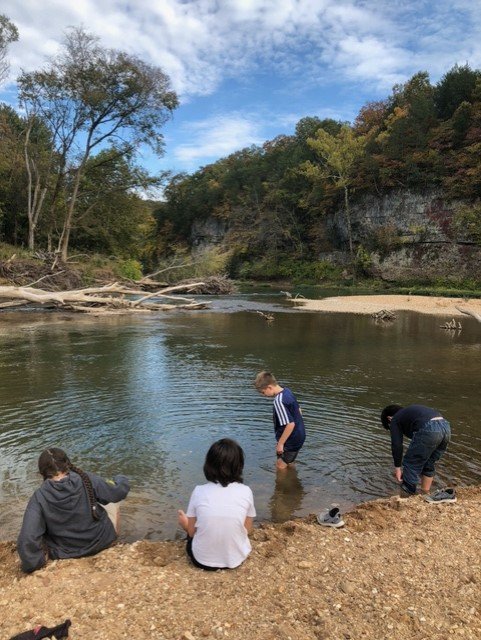

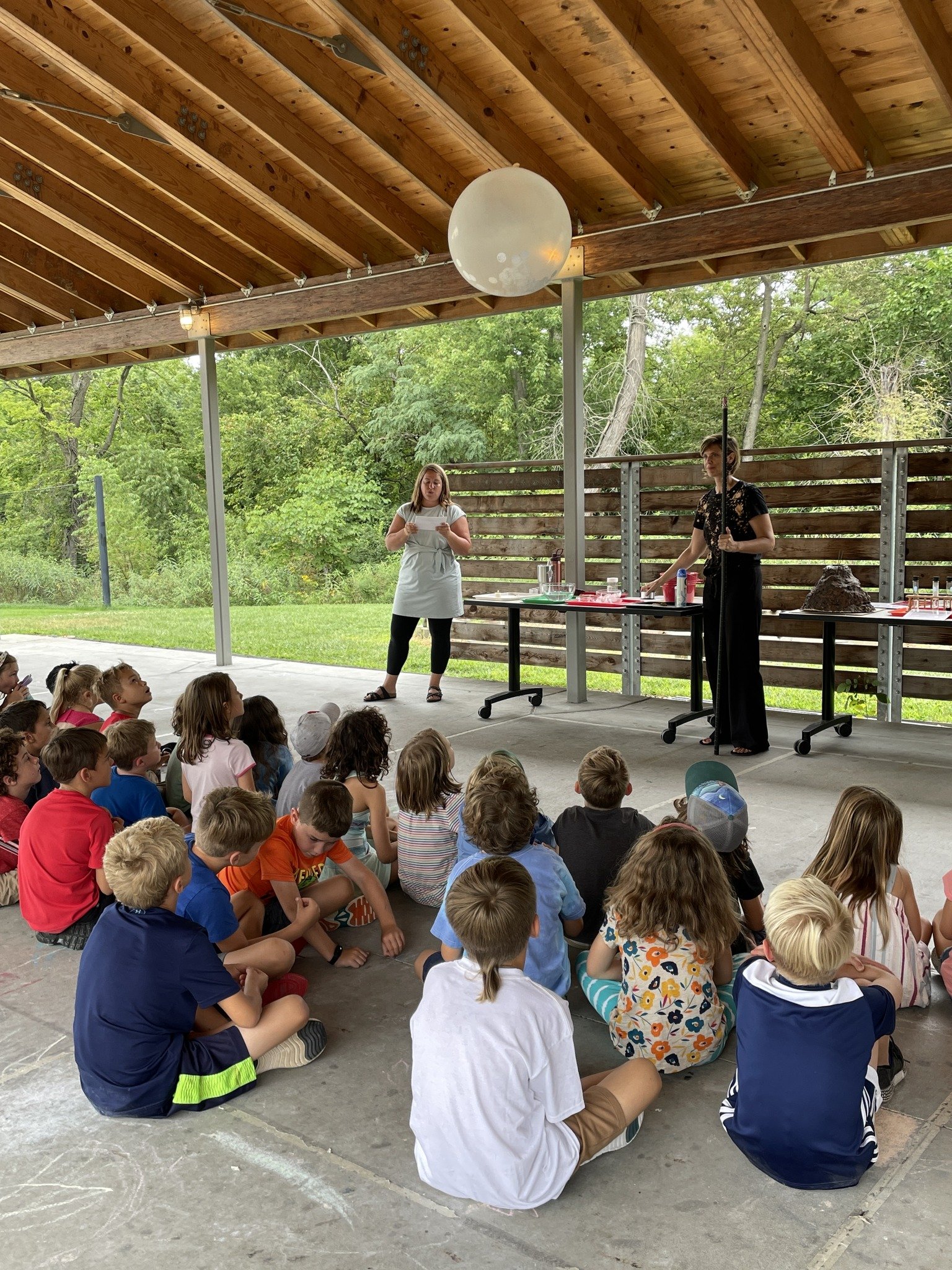
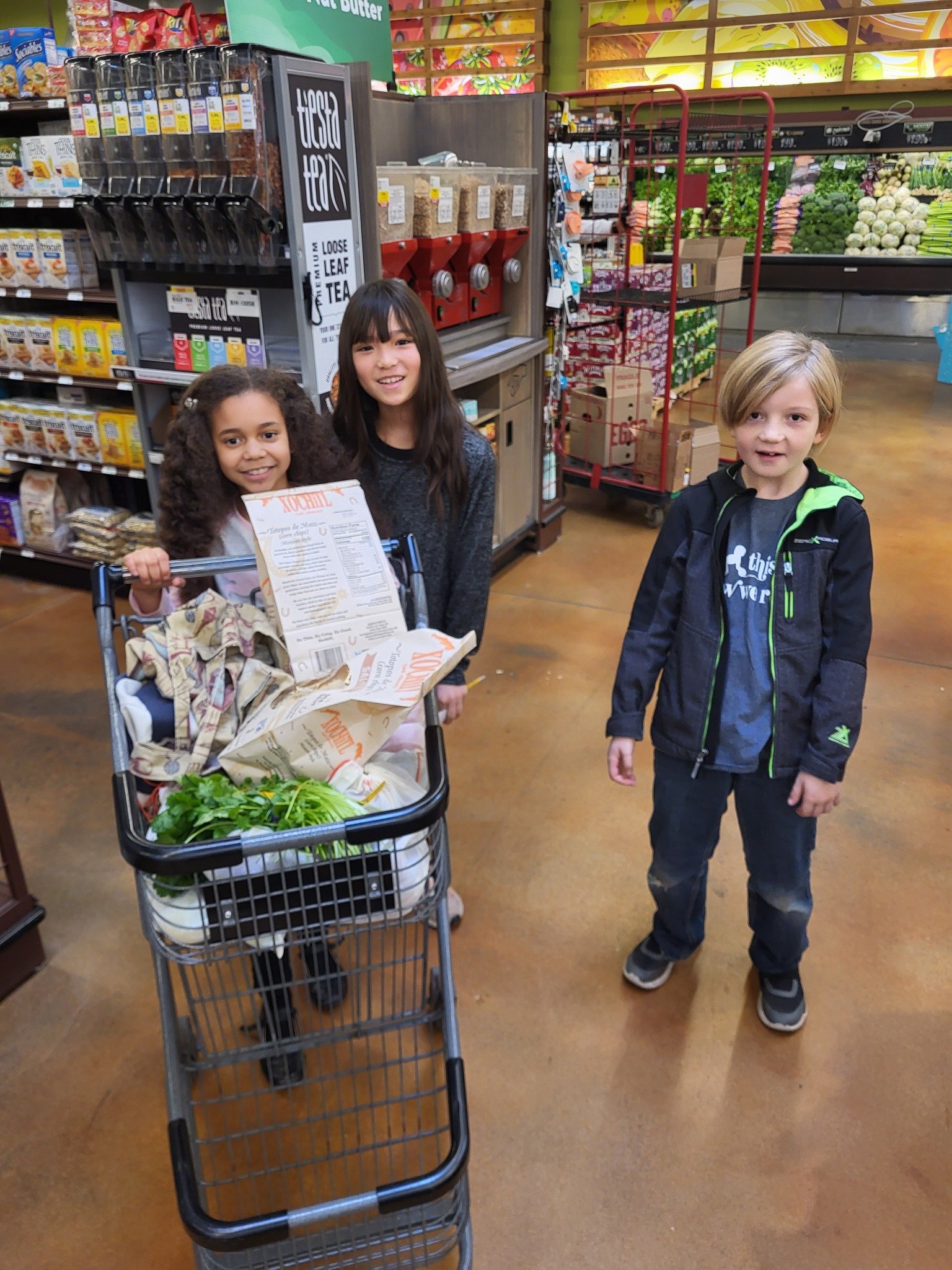
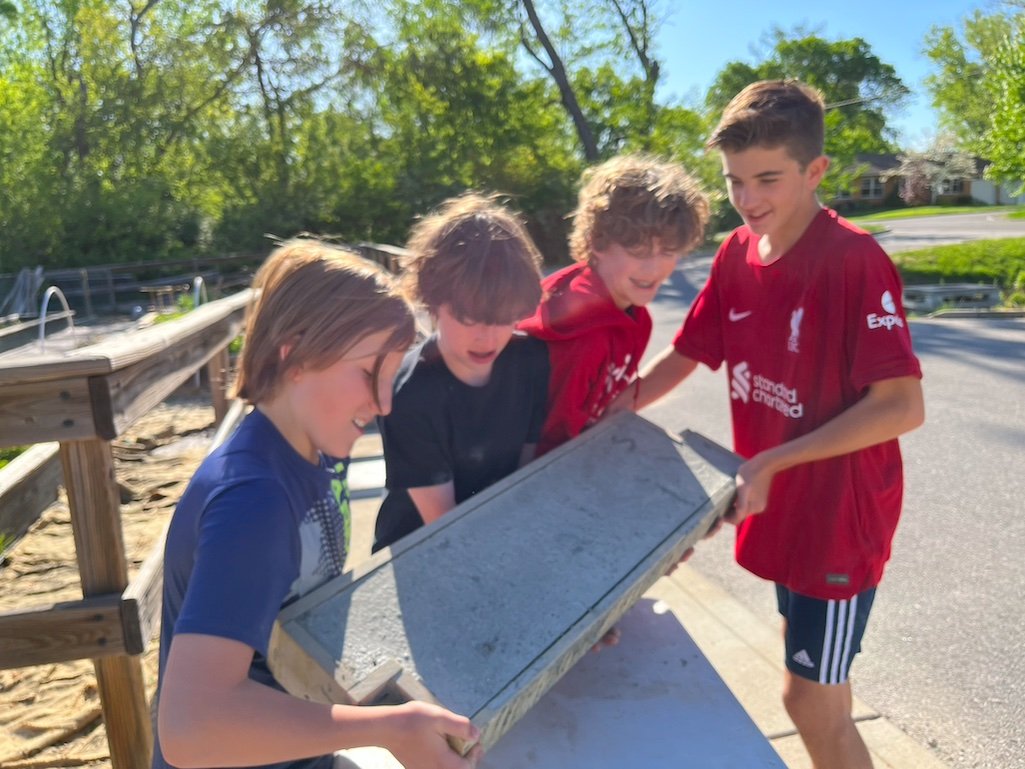
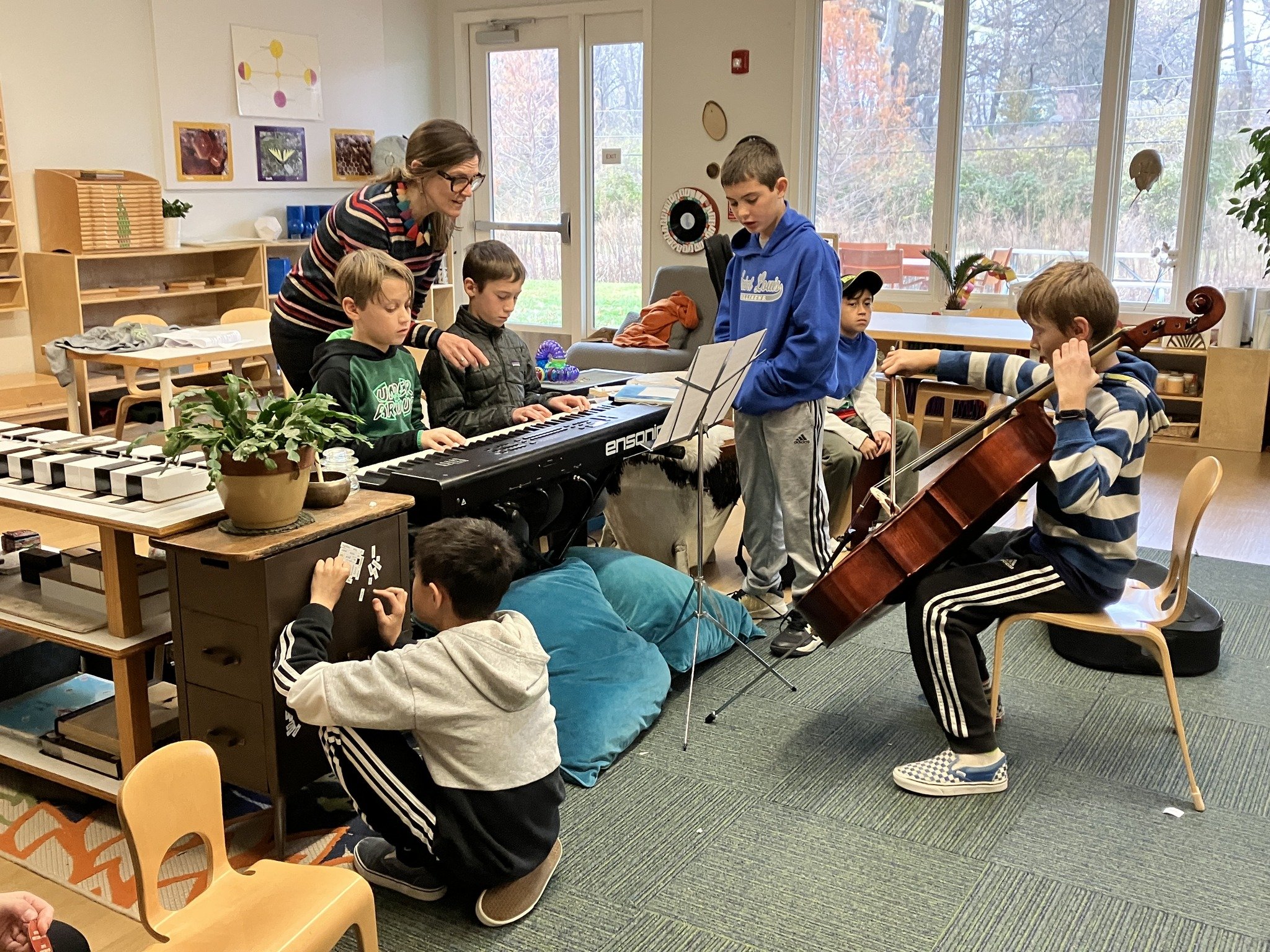
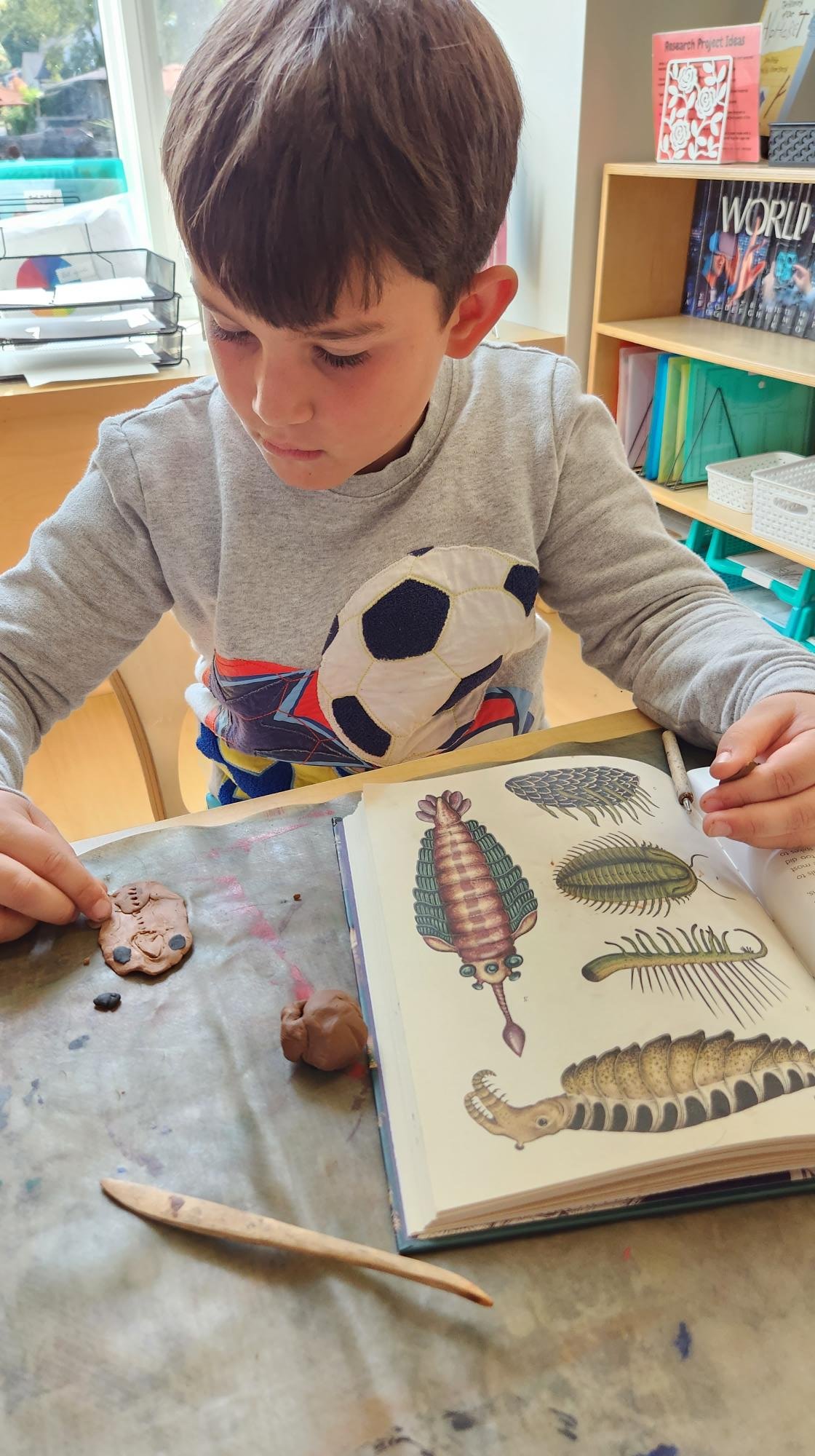
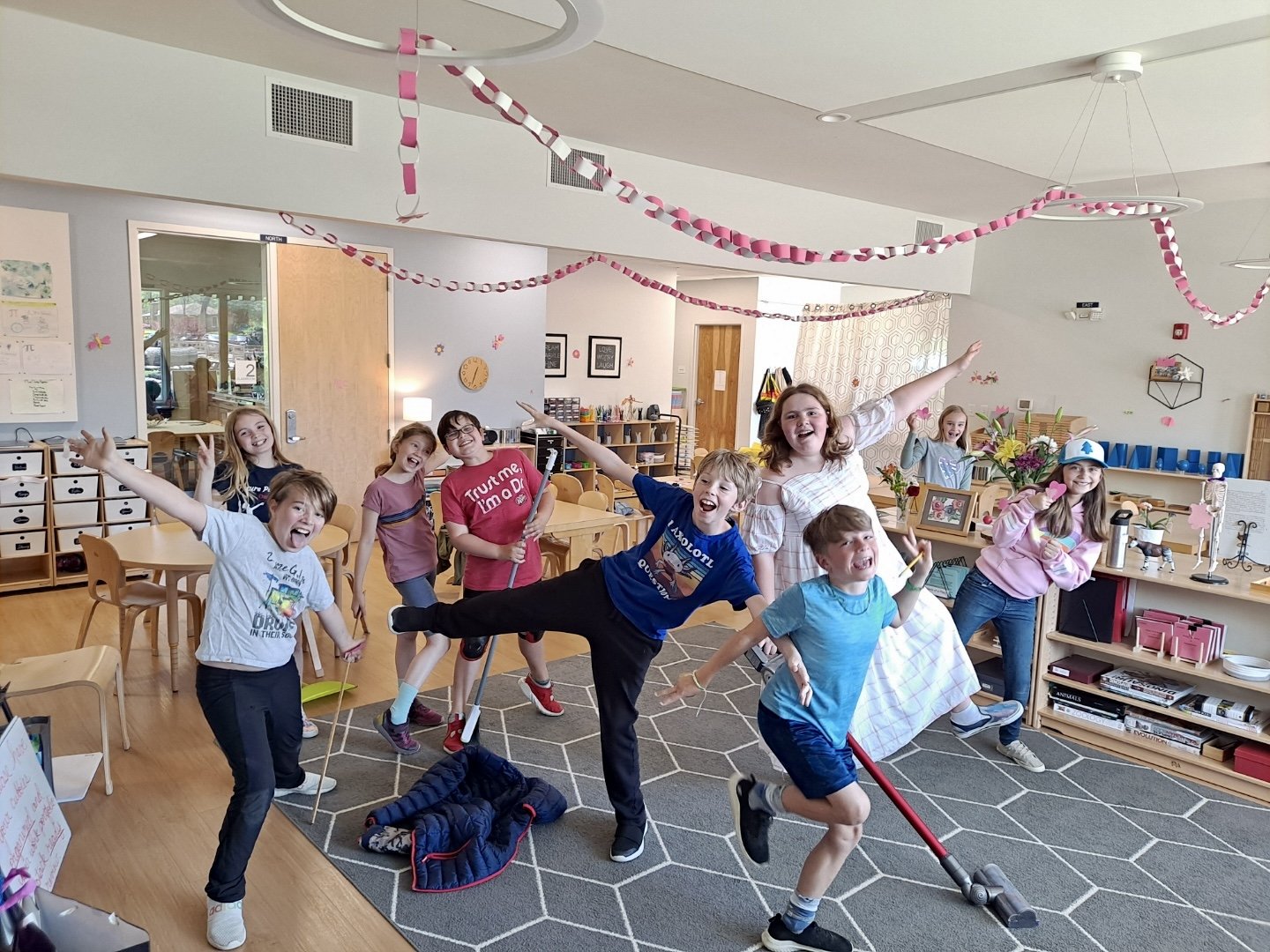
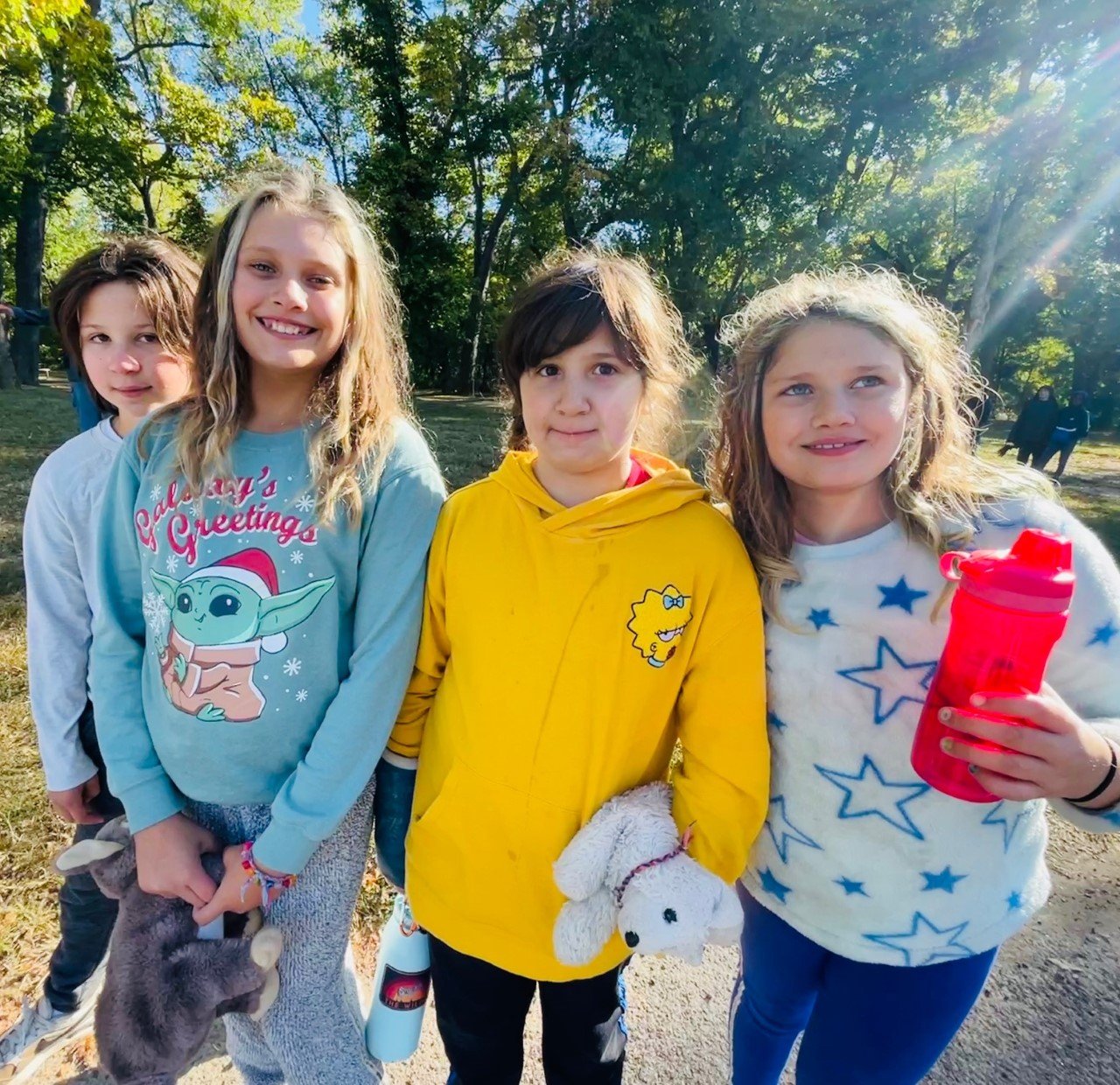

 If you have an elementary child at a Montessori school or if you spend any time on our socials, you probably have heard or seen the phrase “Going Out”. And does the Montessori lingo never end?! It is probably one of the things students most look forward to about being in elementary. “I get to go explore outside of the classroom!!” Besides being a lot of fun, these opportunities for Going Out serve many purposes for the elementary-age child. Today, let’s deep dive into one of the most-loved, and perhaps most-unique, aspects of the Montessori Elementary classroom, the Going Out.
If you have an elementary child at a Montessori school or if you spend any time on our socials, you probably have heard or seen the phrase “Going Out”. And does the Montessori lingo never end?! It is probably one of the things students most look forward to about being in elementary. “I get to go explore outside of the classroom!!” Besides being a lot of fun, these opportunities for Going Out serve many purposes for the elementary-age child. Today, let’s deep dive into one of the most-loved, and perhaps most-unique, aspects of the Montessori Elementary classroom, the Going Out.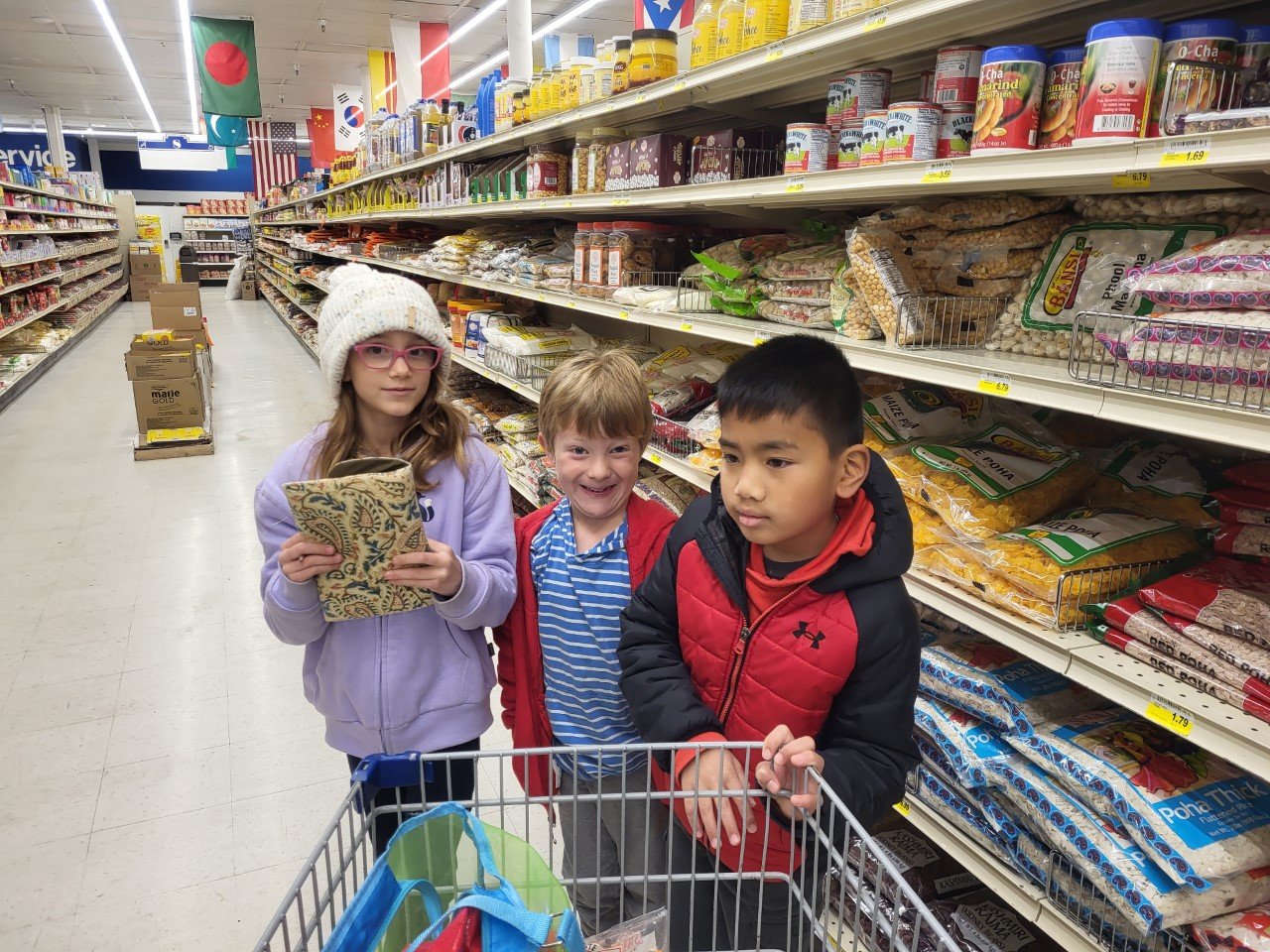 Going Out is a critical component of the Montessori Elementary classroom (grades 1-6). The Elementary child is in the 2nd plane of development (age 6-12 years) and therefore has unique proclivities and needs. If you don’t know about Montessori’s planes of development, check out the blog post entitled, “Montessori Theory: The Four Planes of Development”. The rational mind of the 2nd plane child is ready to dive into the “Why” behind everything! Why is the sun warm? Why do we have rules in a community? Why do I have to listen to you? Why does my family make different decisions than yours? In the classroom, the child explores their questions through research, reports and larger projects. The Montessori guide connects the child to materials and books in the classroom to further fuel interests, but they must go beyond the classroom to fully satisfy their need for answers. Going Out provides an opportunity for the child to dive further into the research process by visiting a local museum, zoo, library, and the like, to gain real-world knowledge that could not possibly exist in the classroom. Additionally, the classroom guide might connect the child with an expert in the field for an interview.
Going Out is a critical component of the Montessori Elementary classroom (grades 1-6). The Elementary child is in the 2nd plane of development (age 6-12 years) and therefore has unique proclivities and needs. If you don’t know about Montessori’s planes of development, check out the blog post entitled, “Montessori Theory: The Four Planes of Development”. The rational mind of the 2nd plane child is ready to dive into the “Why” behind everything! Why is the sun warm? Why do we have rules in a community? Why do I have to listen to you? Why does my family make different decisions than yours? In the classroom, the child explores their questions through research, reports and larger projects. The Montessori guide connects the child to materials and books in the classroom to further fuel interests, but they must go beyond the classroom to fully satisfy their need for answers. Going Out provides an opportunity for the child to dive further into the research process by visiting a local museum, zoo, library, and the like, to gain real-world knowledge that could not possibly exist in the classroom. Additionally, the classroom guide might connect the child with an expert in the field for an interview. A second reason for Going Outs is that the child emerges as a social being in the 2nd plane. In the first plane, the child is experiencing their own personal development (learning to walk, talk, and gaining functional independence), but as they enter the 2nd plane there becomes an acute awareness of the people around them and a desire to relate and to connect. The child becomes fascinated by community dynamics, how to belong, and the expectations and guidelines of each community member. Desire outstrips ability at this early social stage and, at first, the child needs a lot of guidance and support from classroom adults to navigate the misunderstandings and disagreements that naturally arise. The social neophyte requires experience in the real world to witness civil adult interaction and to practice taking part in their culture. The child needs opportunities to pay at a cash register, ask for help from the librarian or store clerk, navigate their way around town, and learn the various expectations for behavior in different venues (concert hall vs. basketball stadium). Going Out is a perfect way for our Elementary children to practice how to interact in their society and to develop their emerging social instinct.
A second reason for Going Outs is that the child emerges as a social being in the 2nd plane. In the first plane, the child is experiencing their own personal development (learning to walk, talk, and gaining functional independence), but as they enter the 2nd plane there becomes an acute awareness of the people around them and a desire to relate and to connect. The child becomes fascinated by community dynamics, how to belong, and the expectations and guidelines of each community member. Desire outstrips ability at this early social stage and, at first, the child needs a lot of guidance and support from classroom adults to navigate the misunderstandings and disagreements that naturally arise. The social neophyte requires experience in the real world to witness civil adult interaction and to practice taking part in their culture. The child needs opportunities to pay at a cash register, ask for help from the librarian or store clerk, navigate their way around town, and learn the various expectations for behavior in different venues (concert hall vs. basketball stadium). Going Out is a perfect way for our Elementary children to practice how to interact in their society and to develop their emerging social instinct. Some might say, isn’t Going Out like a field trip? While both experiences take the child outside the classroom, field trips are generally for the whole classroom and are planned by the teacher. For example, the class might attend the symphony or museum exhibit, but those trips are organized and led by adults. Going Out is different in that it is planned and carried out by small groups of students with minimal assistance by the adults. The children gain experience with phone conversations and email correspondence as they plan their Going Out, and they must engage with and navigate their way using maps to find the best route to their location. While at the location, they are responsible for leading the way and communicating with shop owners, docents, etc. Chaperones are present to give support when needed but they allow space for the child to learn from their experience, and even from their mistakes when safe to do so. For example, a chaperone driver will follow directions from the child, even if it means taking a wrong turn, so that the child can have the experience of solving the problem of potentially getting lost.
Some might say, isn’t Going Out like a field trip? While both experiences take the child outside the classroom, field trips are generally for the whole classroom and are planned by the teacher. For example, the class might attend the symphony or museum exhibit, but those trips are organized and led by adults. Going Out is different in that it is planned and carried out by small groups of students with minimal assistance by the adults. The children gain experience with phone conversations and email correspondence as they plan their Going Out, and they must engage with and navigate their way using maps to find the best route to their location. While at the location, they are responsible for leading the way and communicating with shop owners, docents, etc. Chaperones are present to give support when needed but they allow space for the child to learn from their experience, and even from their mistakes when safe to do so. For example, a chaperone driver will follow directions from the child, even if it means taking a wrong turn, so that the child can have the experience of solving the problem of potentially getting lost.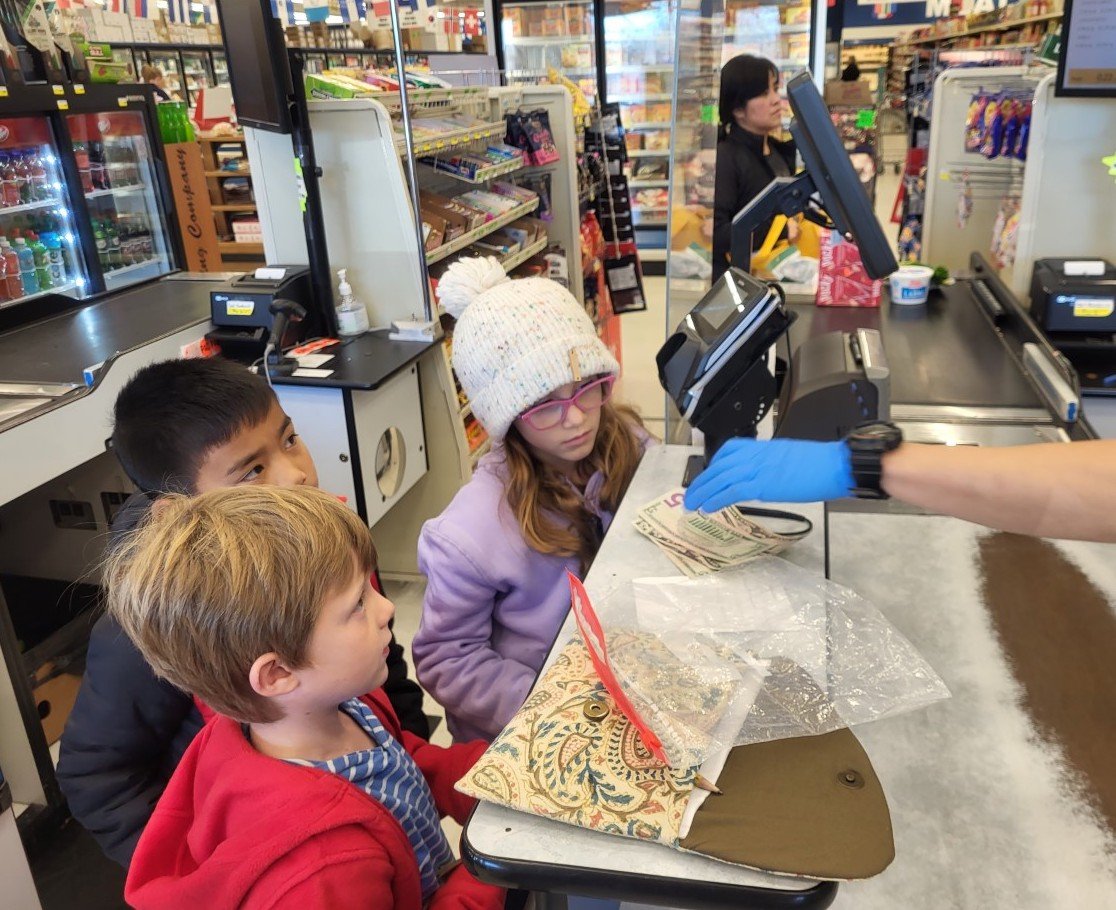 We are so lucky to have the supportive parent community and staff that expands our ability to take students on Going Outs. These experiences deepen the learning initiated in the classroom and foster the social development of the 2nd plane child.
We are so lucky to have the supportive parent community and staff that expands our ability to take students on Going Outs. These experiences deepen the learning initiated in the classroom and foster the social development of the 2nd plane child.









 As you consider these universal human tendencies, which ones do you notice most in yourself and your child? As you become aware of the tendencies operating in your daily life, how can you set up your own environment and schedule to facilitate their expression for you and your child?
As you consider these universal human tendencies, which ones do you notice most in yourself and your child? As you become aware of the tendencies operating in your daily life, how can you set up your own environment and schedule to facilitate their expression for you and your child? Dr. Maria Montessori believed that educators have the responsibility to understand universal human tendencies in order to best guide the child’s self-construction. When we embrace these tendencies in our own environments, we promote the flourishing of each child and help them realize their fullest potential in the world.
Dr. Maria Montessori believed that educators have the responsibility to understand universal human tendencies in order to best guide the child’s self-construction. When we embrace these tendencies in our own environments, we promote the flourishing of each child and help them realize their fullest potential in the world.

 At Villa di Maria, we’re not hiding the fact that we love Montessori and all the good things it offers children. We get to see the method in action every day and the joy it brings each student. Sometimes families come to us with misconceptions about the Montessori approach. They’ve heard things that don’t sit well with them or prompt skepticism. We love when people bring their questions to us because we know Montessori is up to the task and we relish an opportunity to discuss our favorite topic, Montessori education!
At Villa di Maria, we’re not hiding the fact that we love Montessori and all the good things it offers children. We get to see the method in action every day and the joy it brings each student. Sometimes families come to us with misconceptions about the Montessori approach. They’ve heard things that don’t sit well with them or prompt skepticism. We love when people bring their questions to us because we know Montessori is up to the task and we relish an opportunity to discuss our favorite topic, Montessori education! In this post we’ll address some of the myths people encounter about Montessori schools and students. We hope that it leads you to look again and consider all that this unique approach has to offer. Everyone is welcome, whether you know alot about Montessori or nothing at all!
In this post we’ll address some of the myths people encounter about Montessori schools and students. We hope that it leads you to look again and consider all that this unique approach has to offer. Everyone is welcome, whether you know alot about Montessori or nothing at all!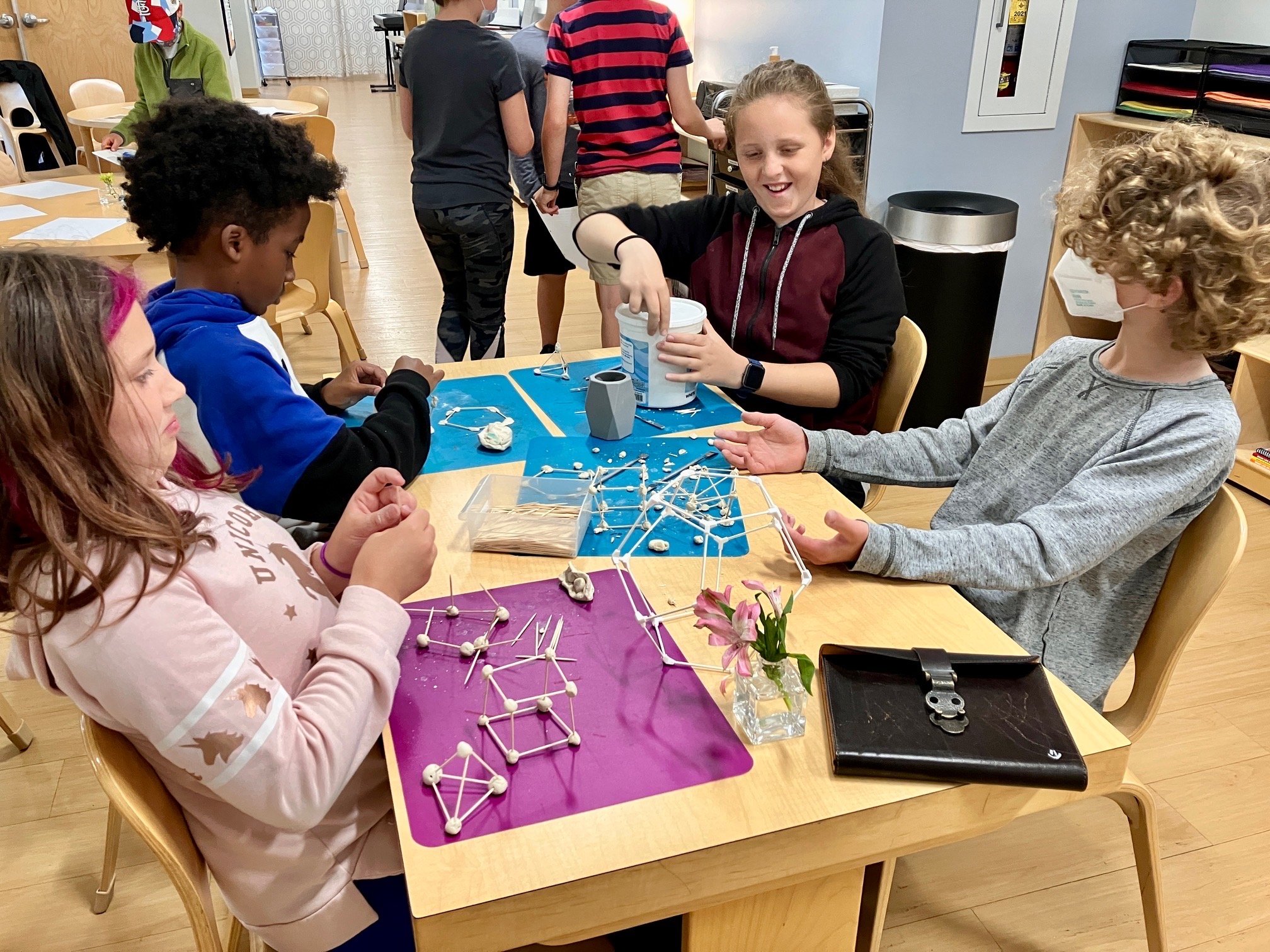
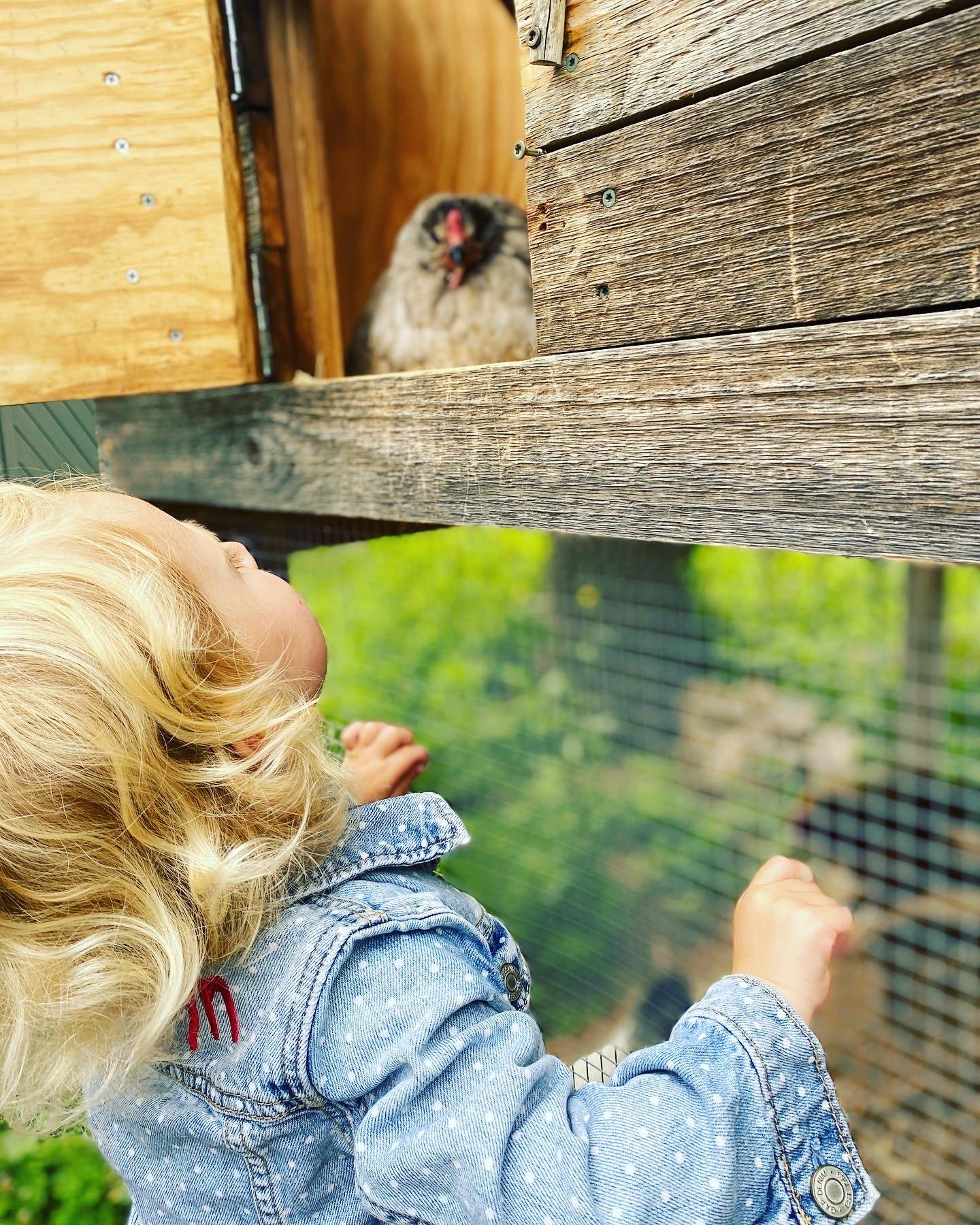
 What about homework?Though Montessori doesn't usually assign homework, through the development of self-management skills in the classroom (choosing their own work, etc.), students have no trouble managing homework in high school or college. Montessori students are used to arriving at their own understanding through manipulation of concrete materials and thus are better prepared to learn in any context throughout their lives. VdM has heard from many of our alums that they found it quite easy to transition to a traditional school experience, though they miss the Montessori setting! In the months to come, we’ll hear from some of these former students on the blog to learn how Montessori prepared them for life after VdM.
What about homework?Though Montessori doesn't usually assign homework, through the development of self-management skills in the classroom (choosing their own work, etc.), students have no trouble managing homework in high school or college. Montessori students are used to arriving at their own understanding through manipulation of concrete materials and thus are better prepared to learn in any context throughout their lives. VdM has heard from many of our alums that they found it quite easy to transition to a traditional school experience, though they miss the Montessori setting! In the months to come, we’ll hear from some of these former students on the blog to learn how Montessori prepared them for life after VdM.

 In Elementary, guides utilize tools such as the work journal and the weekly conference to hold students accountable for their use of work time. Elementary students record their work choices and the duration spent on each activity throughout the work periods (morning and afternoon) in their work journals. The guide and student then meet each week to review the work in their journals and reflect together on the use of the work periods to cover all subject areas of the classroom. They also set goals for the following week and make plans for improvement and growth.
In Elementary, guides utilize tools such as the work journal and the weekly conference to hold students accountable for their use of work time. Elementary students record their work choices and the duration spent on each activity throughout the work periods (morning and afternoon) in their work journals. The guide and student then meet each week to review the work in their journals and reflect together on the use of the work periods to cover all subject areas of the classroom. They also set goals for the following week and make plans for improvement and growth.

 We hope addressing these commonly heard Montessori myths prompts you to further explore your own questions about how best to achieve a holistic, child-centered approach to education. We believe Montessori best fits the developmental needs of the child at each age and stage of development and we’d love to talk to you more about how! Reach out to our staff to talk more or peruse our rich resource of blog posts. Here’s a good place to start:
We hope addressing these commonly heard Montessori myths prompts you to further explore your own questions about how best to achieve a holistic, child-centered approach to education. We believe Montessori best fits the developmental needs of the child at each age and stage of development and we’d love to talk to you more about how! Reach out to our staff to talk more or peruse our rich resource of blog posts. Here’s a good place to start:

 Traditionally, graduation opens with an address by their guide, Ms. Rebecca. This year Rebecca framed the event in terms of “superpowers” the students possessed. She shared how each individual used their special powers for the good of VdM to improve our community during their time here. She called on them to continue to develop and carry these superpowers into their next endeavors.
Traditionally, graduation opens with an address by their guide, Ms. Rebecca. This year Rebecca framed the event in terms of “superpowers” the students possessed. She shared how each individual used their special powers for the good of VdM to improve our community during their time here. She called on them to continue to develop and carry these superpowers into their next endeavors. The highlight of the ceremony is the presentation of the students’ speeches. Upper Elementary guides offer editing assistance during the writing process, but the words and ideas come authentically from the students. Each sixth year is asked to describe their journey at VdM in terms of the metaphor that best frames their experience and describes their unique strengths and weaknesses during their time at VdM. This year students chose metaphors such as video gaming, the journey of the hero in a novel, cooking, and many more!
The highlight of the ceremony is the presentation of the students’ speeches. Upper Elementary guides offer editing assistance during the writing process, but the words and ideas come authentically from the students. Each sixth year is asked to describe their journey at VdM in terms of the metaphor that best frames their experience and describes their unique strengths and weaknesses during their time at VdM. This year students chose metaphors such as video gaming, the journey of the hero in a novel, cooking, and many more! It is a treat to hear the unique style and expression in each speech, revealing the personality of the speaker. Many students shared about the challenges the pandemic brought into their lives, as they had to learn from home for a portion of their career at VdM. As the VdM community takes in these speeches, we bask in amazement at how far each child has come in their self-awareness, emotional intelligence, writing ability and confidence to speak with such poise in front of a large crowd. Each sixth-year student spoke with an eloquence and calm beyond their years!
It is a treat to hear the unique style and expression in each speech, revealing the personality of the speaker. Many students shared about the challenges the pandemic brought into their lives, as they had to learn from home for a portion of their career at VdM. As the VdM community takes in these speeches, we bask in amazement at how far each child has come in their self-awareness, emotional intelligence, writing ability and confidence to speak with such poise in front of a large crowd. Each sixth-year student spoke with an eloquence and calm beyond their years! 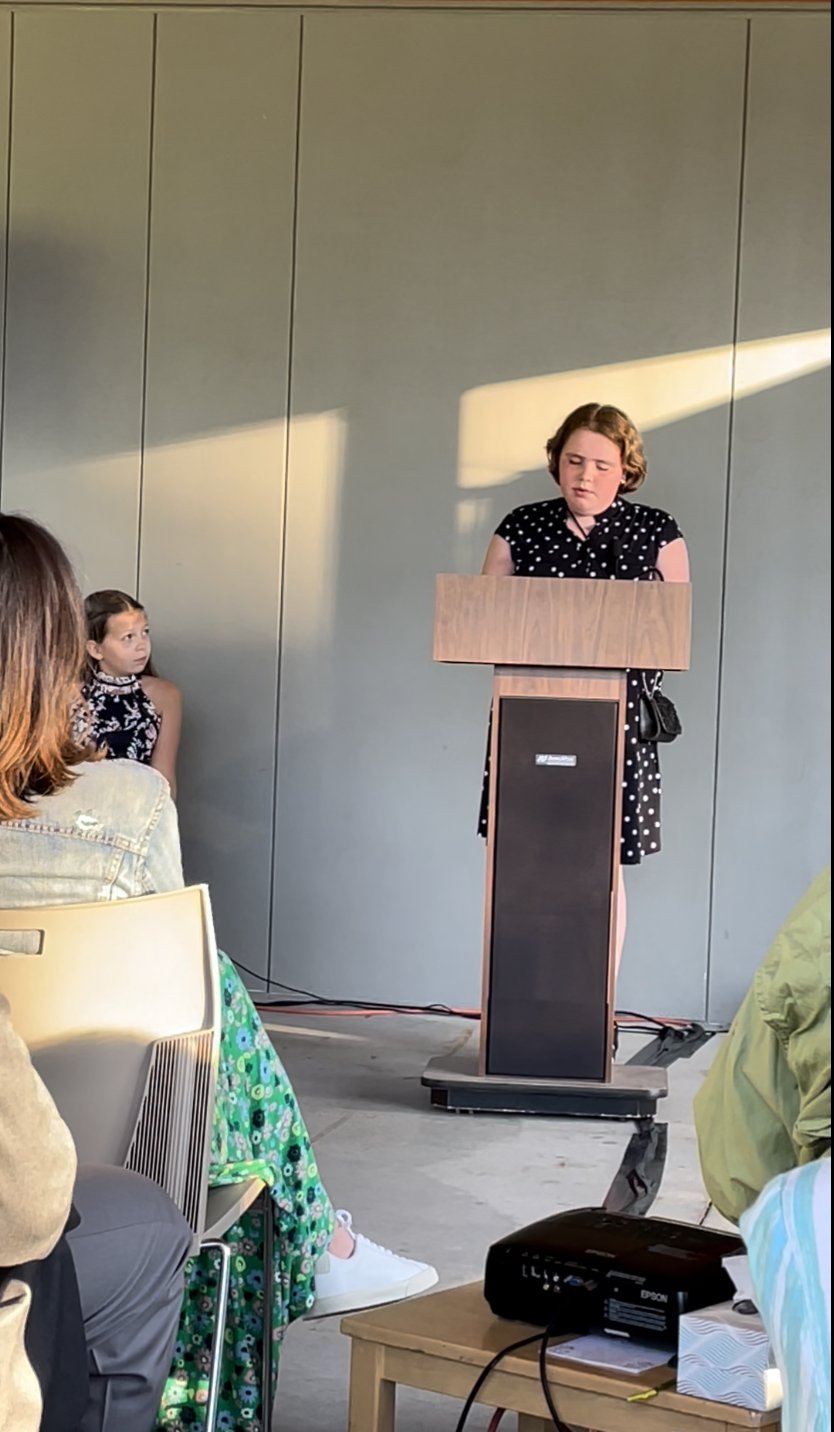 Next come the fifth-year dedications—fifth-year students share their own short speeches about the graduates. Many of the fifth- and sixth-year students have long and meaningful friendships that go back to their shared time in the Children’s House. During the dedication speeches, the fifth years share their memories about their older classmates with humor, fondness and admiration.
Next come the fifth-year dedications—fifth-year students share their own short speeches about the graduates. Many of the fifth- and sixth-year students have long and meaningful friendships that go back to their shared time in the Children’s House. During the dedication speeches, the fifth years share their memories about their older classmates with humor, fondness and admiration.  After speeches comes the photo slideshow of each graduate from infancy to present day. Many “awws” were heard as the crowd enjoyed cute baby photos of the now-12-year-olds standing before them.
After speeches comes the photo slideshow of each graduate from infancy to present day. Many “awws” were heard as the crowd enjoyed cute baby photos of the now-12-year-olds standing before them.
 Finally, diplomas are awarded by the Head of School. Handshakes, hugs and high fives are shared by their teachers and fellow graduates as tears and applause flow from the audience.
Finally, diplomas are awarded by the Head of School. Handshakes, hugs and high fives are shared by their teachers and fellow graduates as tears and applause flow from the audience.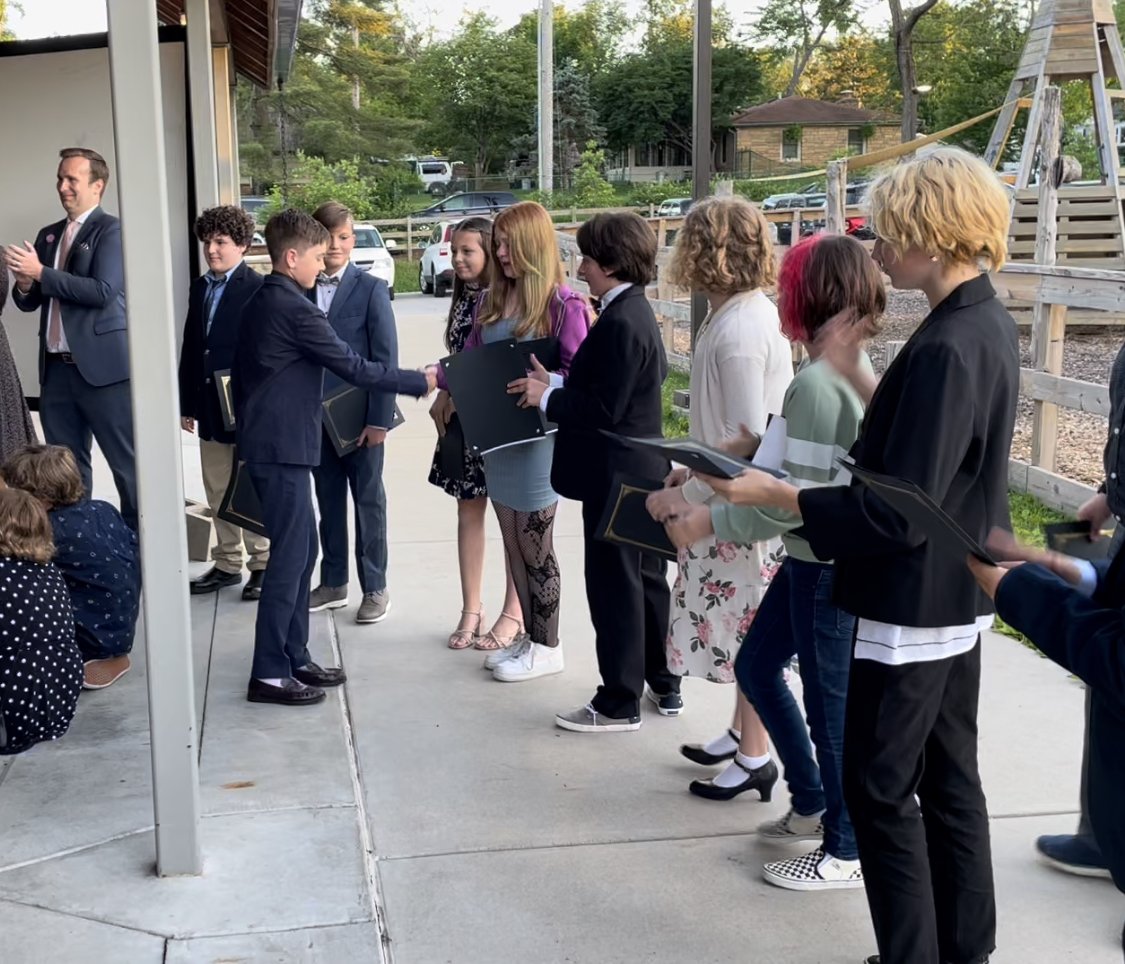 As we say goodbye to some of our favorite people, we do so with great joy and pride, knowing they will carry their unique superpowers and growing self-assuredness into the world with them to make it a better place. Thank you, graduates, for how you have shaped and led our community at VdM this year. We look forward to seeing your faces again and hearing of new adventures when you come back to visit!!
As we say goodbye to some of our favorite people, we do so with great joy and pride, knowing they will carry their unique superpowers and growing self-assuredness into the world with them to make it a better place. Thank you, graduates, for how you have shaped and led our community at VdM this year. We look forward to seeing your faces again and hearing of new adventures when you come back to visit!!

 While we (shamelessly) love to show off our school and community in the Villa di Maria blog, we are also here to spread the word about Montessori beyond our campus—demystifying and celebrating the Montessori method of education in the hopes that more people will discover its benefits for children and families.
While we (shamelessly) love to show off our school and community in the Villa di Maria blog, we are also here to spread the word about Montessori beyond our campus—demystifying and celebrating the Montessori method of education in the hopes that more people will discover its benefits for children and families. You’ve seen our recent posts from our 101 series, where we breakdown some of the terminology you might find in a Montessori school. This week, we’ll kick off another series, all about Montessori theory. In our Theory series, we’ll dive deep into the foundational principles of the Montessori method and take a look at how these theories come into practice in the school setting. We’ll start today with “The Four Planes of Development.” The work of the Montessori guide, the organization of the Montessori classroom, the design and function of Montessori materials—everything about the Montessori method—it all comes down to the four planes.
You’ve seen our recent posts from our 101 series, where we breakdown some of the terminology you might find in a Montessori school. This week, we’ll kick off another series, all about Montessori theory. In our Theory series, we’ll dive deep into the foundational principles of the Montessori method and take a look at how these theories come into practice in the school setting. We’ll start today with “The Four Planes of Development.” The work of the Montessori guide, the organization of the Montessori classroom, the design and function of Montessori materials—everything about the Montessori method—it all comes down to the four planes. The four planes of development are 6-year stages of child development, from birth to adulthood. In her research and work with children, Dr. Maria Montessori observed that children and adolescents develop through natural stages which can be defined by specific characteristics and developmental needs: birth to age 6; ages 6 to 12; ages 12 to 18, and ages 18 to 24. Dr. Montessori believed it was crucial to serve the specific developmental characteristics and needs of children in each plane, to allow them to move with strength into each following plane and prepare them for adulthood.
The four planes of development are 6-year stages of child development, from birth to adulthood. In her research and work with children, Dr. Maria Montessori observed that children and adolescents develop through natural stages which can be defined by specific characteristics and developmental needs: birth to age 6; ages 6 to 12; ages 12 to 18, and ages 18 to 24. Dr. Montessori believed it was crucial to serve the specific developmental characteristics and needs of children in each plane, to allow them to move with strength into each following plane and prepare them for adulthood.
 Montessori education is designed to follow children through these planes—through their natural patterns of development. Montessori classroom environments intentionally foster the natural characteristics of each plane. Montessori guides receive rigorous training to facilitate each child’s incredible journey through each plane by meeting and challenging their academic, social, and emotional needs.
Montessori education is designed to follow children through these planes—through their natural patterns of development. Montessori classroom environments intentionally foster the natural characteristics of each plane. Montessori guides receive rigorous training to facilitate each child’s incredible journey through each plane by meeting and challenging their academic, social, and emotional needs.





 Isn’t this what we want for our kids, to reach adulthood with the independence, security, and wholeness to make the world a better place? It’s what Dr. Montessori wanted and why she devoted her life to understanding child development and promoting better education for children. Because of her knowledge of the four planes, children at Villa di Maria get to experience the fullness and beauty of each plane in our classrooms from ages 14 months to 12 years and emerge from VdM in strength to enter adolescence and adulthood.References: “From Childhood to Adolescence” by Dr. Maria Montessori
Isn’t this what we want for our kids, to reach adulthood with the independence, security, and wholeness to make the world a better place? It’s what Dr. Montessori wanted and why she devoted her life to understanding child development and promoting better education for children. Because of her knowledge of the four planes, children at Villa di Maria get to experience the fullness and beauty of each plane in our classrooms from ages 14 months to 12 years and emerge from VdM in strength to enter adolescence and adulthood.References: “From Childhood to Adolescence” by Dr. Maria Montessori

 Montessori is grounded in two very important principles: the natural patterns of child development and child-led progress. Montessori believes each child progresses within general time frames (the Planes of Development), but at their own unique pace. From a Montessori perspective, formal test-taking does not give a complete picture of a child’s progression. A Montessori education is about more than what can be shown on a test. It is about leading each child toward the fulfillment of their highest potential in every aspect of their person, academically, socially, and emotionally—about giving each child a vision for life.
Montessori is grounded in two very important principles: the natural patterns of child development and child-led progress. Montessori believes each child progresses within general time frames (the Planes of Development), but at their own unique pace. From a Montessori perspective, formal test-taking does not give a complete picture of a child’s progression. A Montessori education is about more than what can be shown on a test. It is about leading each child toward the fulfillment of their highest potential in every aspect of their person, academically, socially, and emotionally—about giving each child a vision for life. This calling goes beyond preparing children to simply memorize and regurgitate material for an exam. Instead, the Montessori approach measures progress (a.k.a. assesses children) consistently throughout their time in the classroom environment. Montessori guides use a variety of methods to help each child meet their developmental milestones and master the academic curriculum and social skills appropriate for their age group.
This calling goes beyond preparing children to simply memorize and regurgitate material for an exam. Instead, the Montessori approach measures progress (a.k.a. assesses children) consistently throughout their time in the classroom environment. Montessori guides use a variety of methods to help each child meet their developmental milestones and master the academic curriculum and social skills appropriate for their age group. One way guides assess a student is through observation. In a Montessori classroom the guide carefully, deliberately, and objectively observes the children. This is an active, daily practice—they are watching and learning about each child as they practice their lessons every day. Allowing each child the time they need, the guide notices, listens—waits for indication that the child is progressing in the comprehension of, ease with, and precision in their work. Guides make themselves available for questions or requests for assistance and are ready to re-present a lesson (or a certain part of difficulty) as needed. And when a child has mastered a lesson, guides offer the next lesson in the sequence.
One way guides assess a student is through observation. In a Montessori classroom the guide carefully, deliberately, and objectively observes the children. This is an active, daily practice—they are watching and learning about each child as they practice their lessons every day. Allowing each child the time they need, the guide notices, listens—waits for indication that the child is progressing in the comprehension of, ease with, and precision in their work. Guides make themselves available for questions or requests for assistance and are ready to re-present a lesson (or a certain part of difficulty) as needed. And when a child has mastered a lesson, guides offer the next lesson in the sequence. Assessment is also integrated into the lessons offered by the guide. For every child, at the start of a new lesson, the guide reviews the previous lesson content to “test” what students remember and to build upon that knowledge. Throughout the day, the guides might also unexpectedly join a student at work to ask them questions about their activity—a sort of Montessori pop quiz. “I see you working on the area of a circle. Do you remember what we call the outside edge of the circle?”
Assessment is also integrated into the lessons offered by the guide. For every child, at the start of a new lesson, the guide reviews the previous lesson content to “test” what students remember and to build upon that knowledge. Throughout the day, the guides might also unexpectedly join a student at work to ask them questions about their activity—a sort of Montessori pop quiz. “I see you working on the area of a circle. Do you remember what we call the outside edge of the circle?” At the Elementary level, the weekly conference is introduced. Guides check children’s work and note if lessons have been revisited, and if so, whether they are doing so correctly. Guides note whether a child is avoiding certain lessons and make a plan with the child for completion. They also make children aware of the state and national standards society expects them to know by certain grade levels. Children are actively engaged in their own assessments and are motivated (or redirected) to focus their work where needed.
At the Elementary level, the weekly conference is introduced. Guides check children’s work and note if lessons have been revisited, and if so, whether they are doing so correctly. Guides note whether a child is avoiding certain lessons and make a plan with the child for completion. They also make children aware of the state and national standards society expects them to know by certain grade levels. Children are actively engaged in their own assessments and are motivated (or redirected) to focus their work where needed. In the Upper Elementary we add in one more layer of assessment—the annual standardized test. The primary purpose of the test on our campus is to provide students the opportunity to develop the formal testing skills, as well as a test-taking comfort level they will almost certainly need as they grow older.
In the Upper Elementary we add in one more layer of assessment—the annual standardized test. The primary purpose of the test on our campus is to provide students the opportunity to develop the formal testing skills, as well as a test-taking comfort level they will almost certainly need as they grow older. At Villa di Maria, we love that students are not limited to learning only what the state requires. State standards are the baseline, but most students go beyond and learn about anything they are interested in. The universe is the limit to their learning!
At Villa di Maria, we love that students are not limited to learning only what the state requires. State standards are the baseline, but most students go beyond and learn about anything they are interested in. The universe is the limit to their learning! Montessori Model United Nations, affectionately known as MMUN, is a special journey for our sixth-year students, which culminates in a five-day trip to New York City for an international conference. Similar to traditional Model UN programs, each student assumes the role of delegate for a chosen nation and proposes solutions to complex global issues from their nation’s point of view.
Montessori Model United Nations, affectionately known as MMUN, is a special journey for our sixth-year students, which culminates in a five-day trip to New York City for an international conference. Similar to traditional Model UN programs, each student assumes the role of delegate for a chosen nation and proposes solutions to complex global issues from their nation’s point of view. 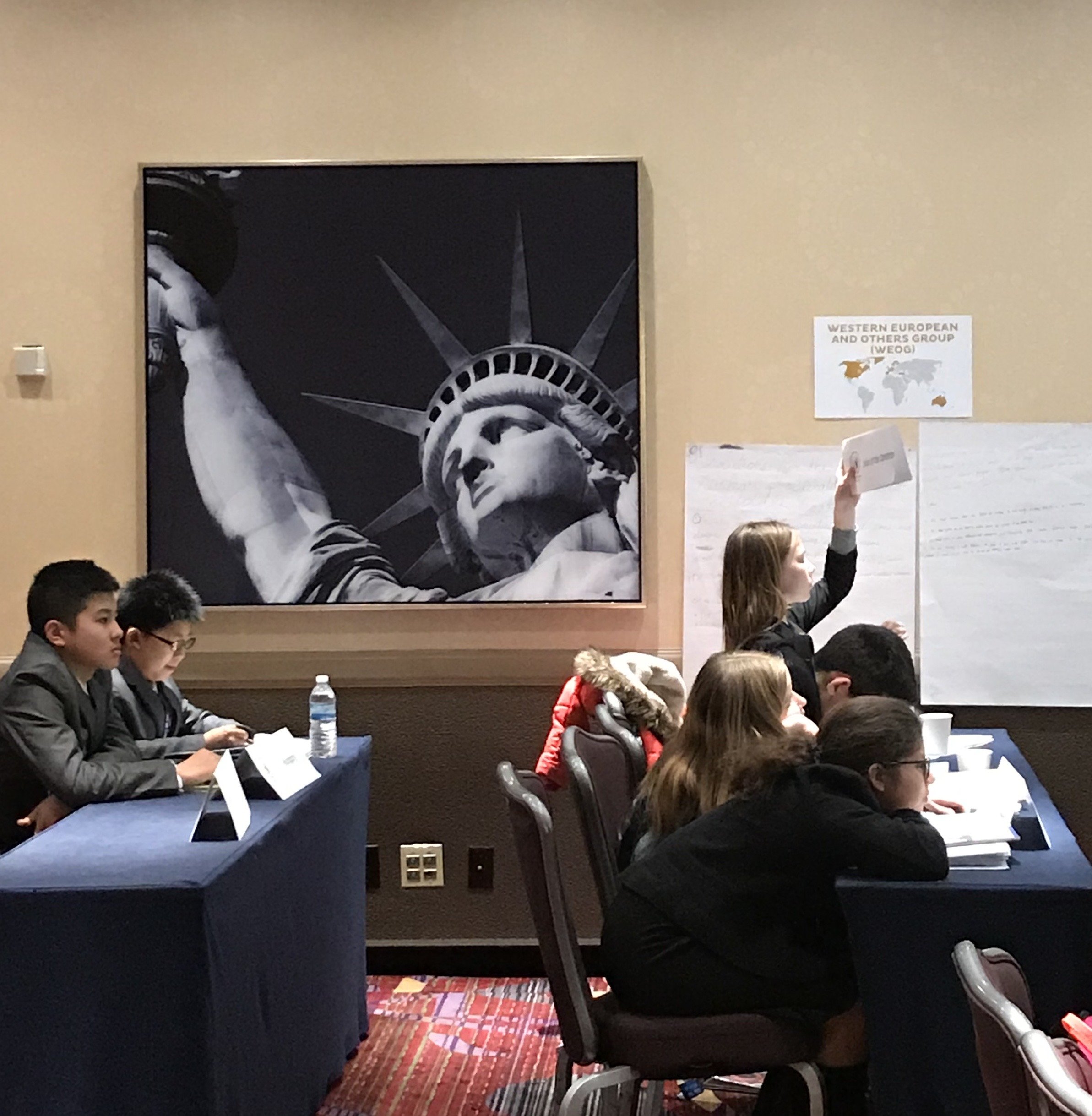

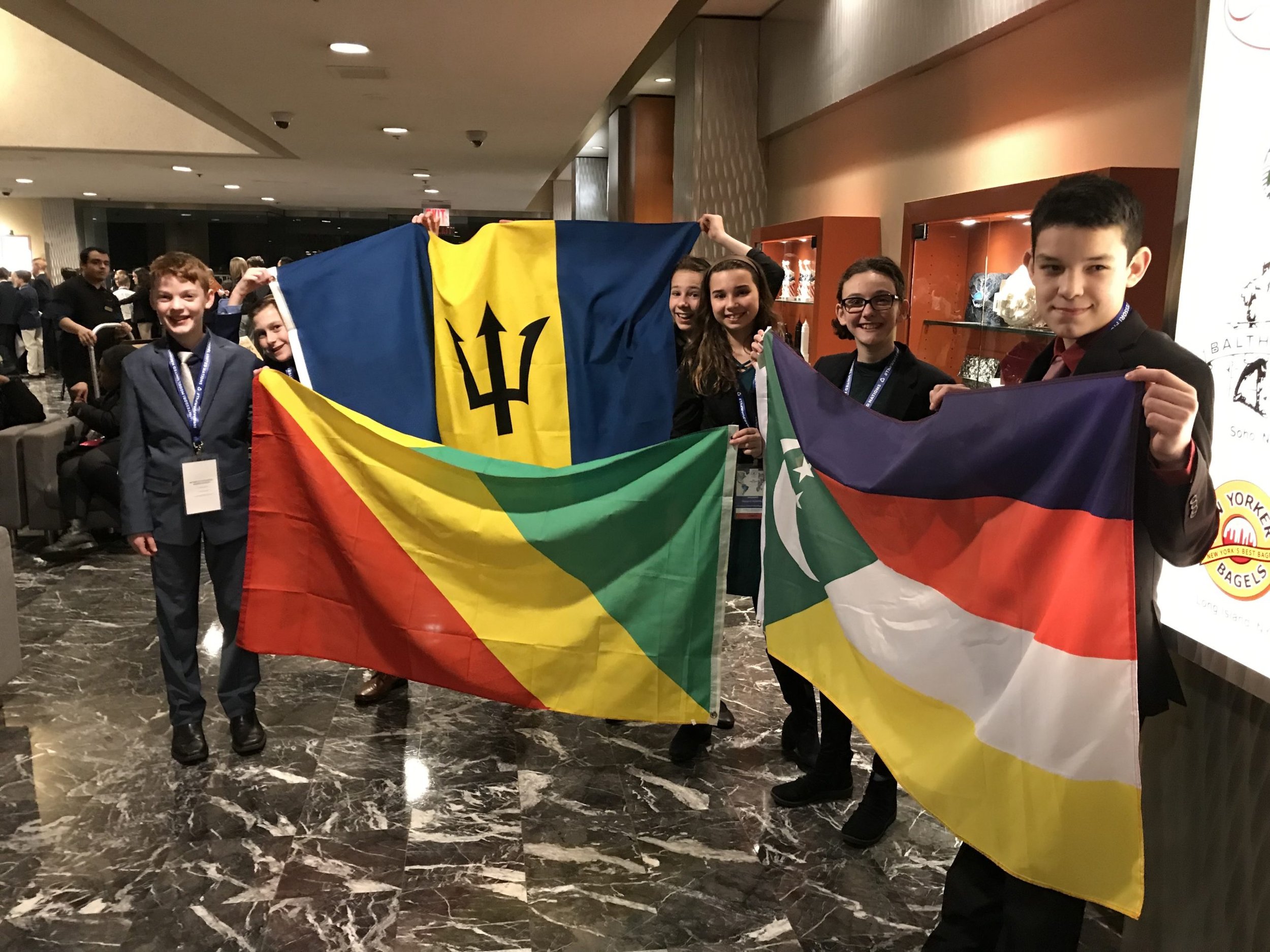 Delegates are assigned to UN Committees, which address complex issues like food security, fair trade, nuclear disarmament, xenophobia, poverty, and climate change. Their research now becomes focused on their particular topic. Students work to gain an understanding not only of the subject itself but also of their nations' approach to that subject. Our emerging adolescents must consider their own perspectives on these issues, and then do the challenging work to consider differing perspectives of others. During this process, the students' empathy for others and awareness of themselves as global citizens grow immensely.
Delegates are assigned to UN Committees, which address complex issues like food security, fair trade, nuclear disarmament, xenophobia, poverty, and climate change. Their research now becomes focused on their particular topic. Students work to gain an understanding not only of the subject itself but also of their nations' approach to that subject. Our emerging adolescents must consider their own perspectives on these issues, and then do the challenging work to consider differing perspectives of others. During this process, the students' empathy for others and awareness of themselves as global citizens grow immensely.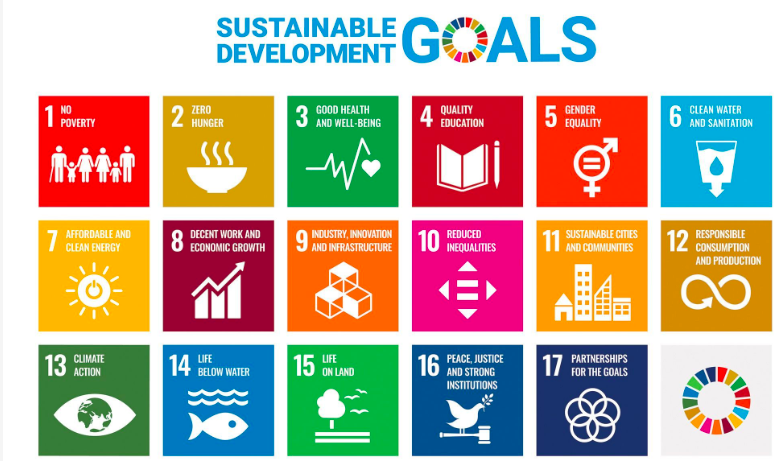 As does their research skillset: synthesizing information from multiple sources, evaluating websites for bias and authenticity, supporting claims with evidence, and always citing sources.
As does their research skillset: synthesizing information from multiple sources, evaluating websites for bias and authenticity, supporting claims with evidence, and always citing sources.
 To ease their apprehension, our delegates rehearse often with one another, offering feedback and support. And as a dress rehearsal, each delegate distills their position paper into a one-minute speech designed to inform an audience of their families and classroom peers about their issue and compel them to support the proposed solutions.
To ease their apprehension, our delegates rehearse often with one another, offering feedback and support. And as a dress rehearsal, each delegate distills their position paper into a one-minute speech designed to inform an audience of their families and classroom peers about their issue and compel them to support the proposed solutions.
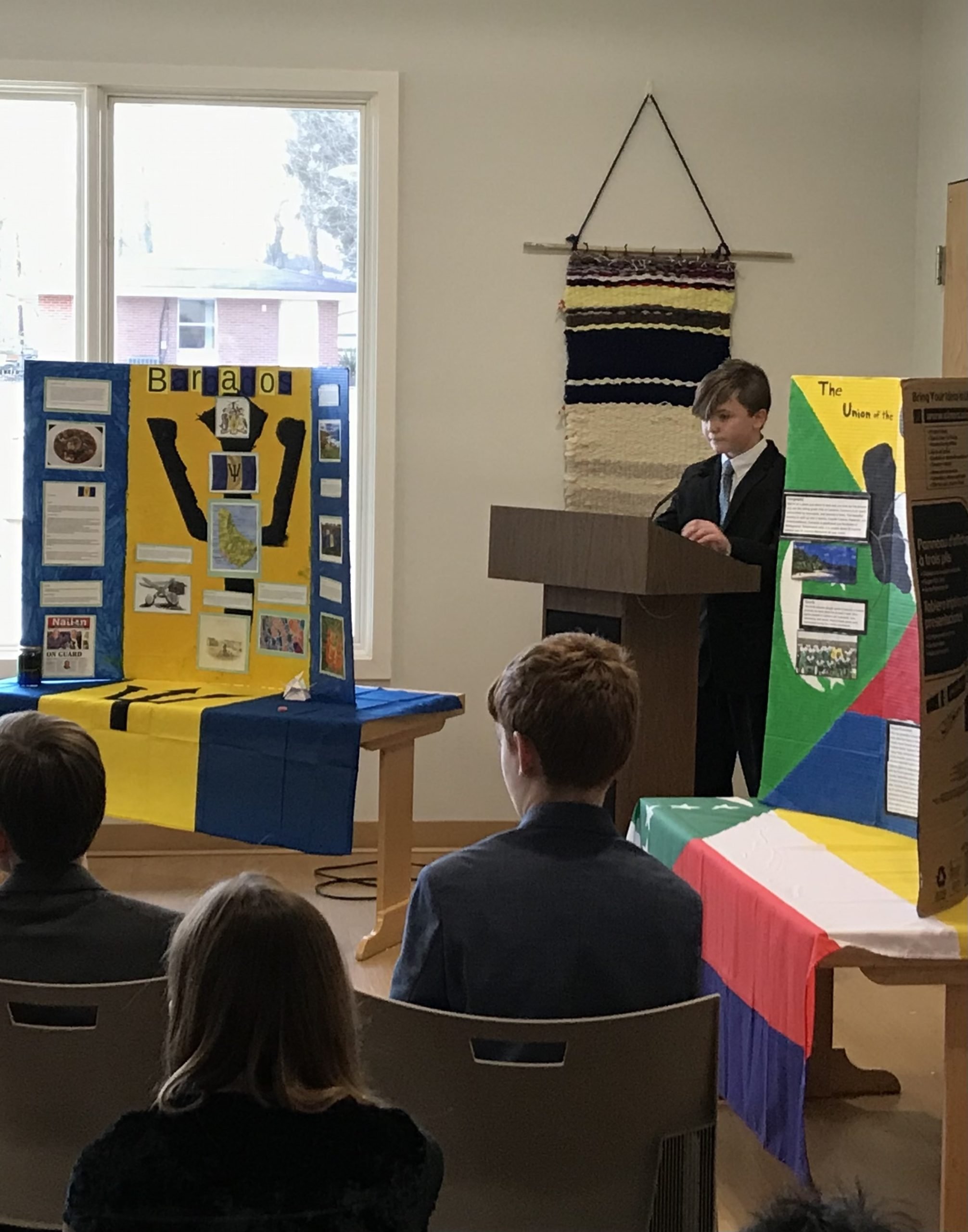 By the time they arrive in NYC, they are ready to deliver their speech with confidence.
By the time they arrive in NYC, they are ready to deliver their speech with confidence.
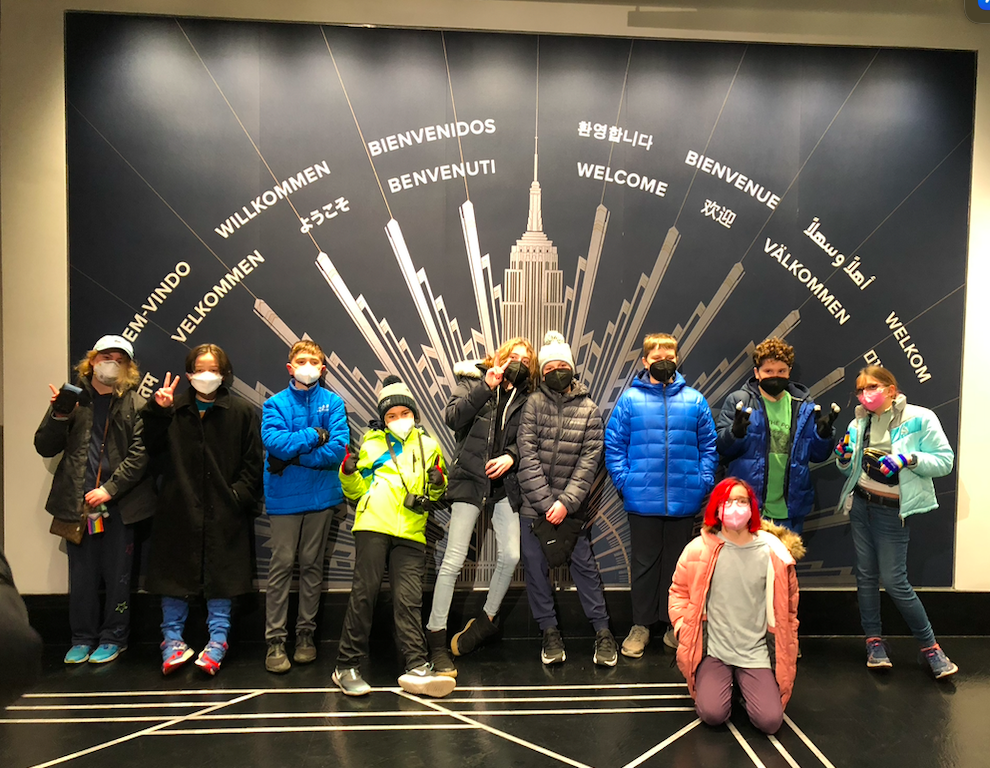
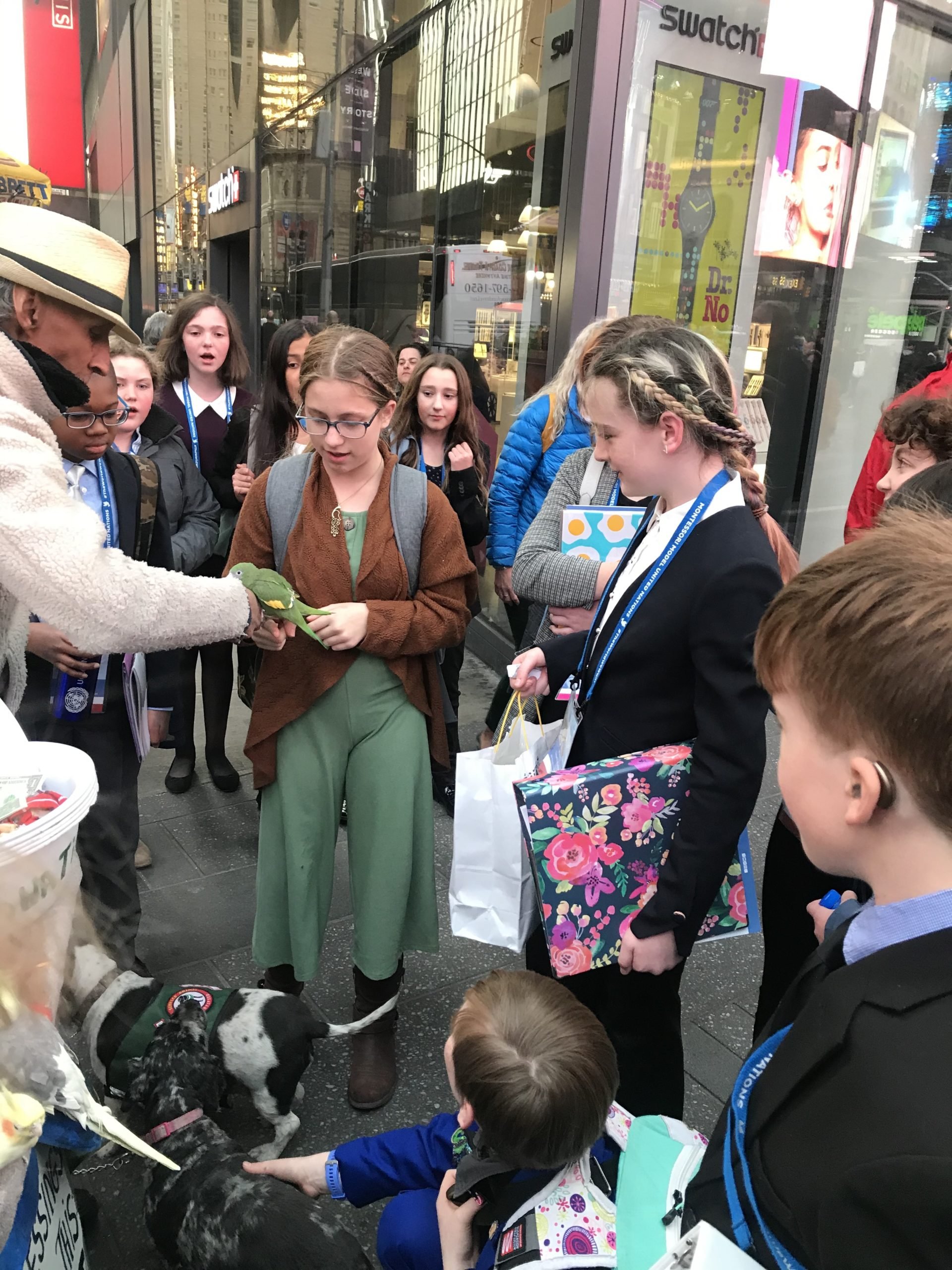
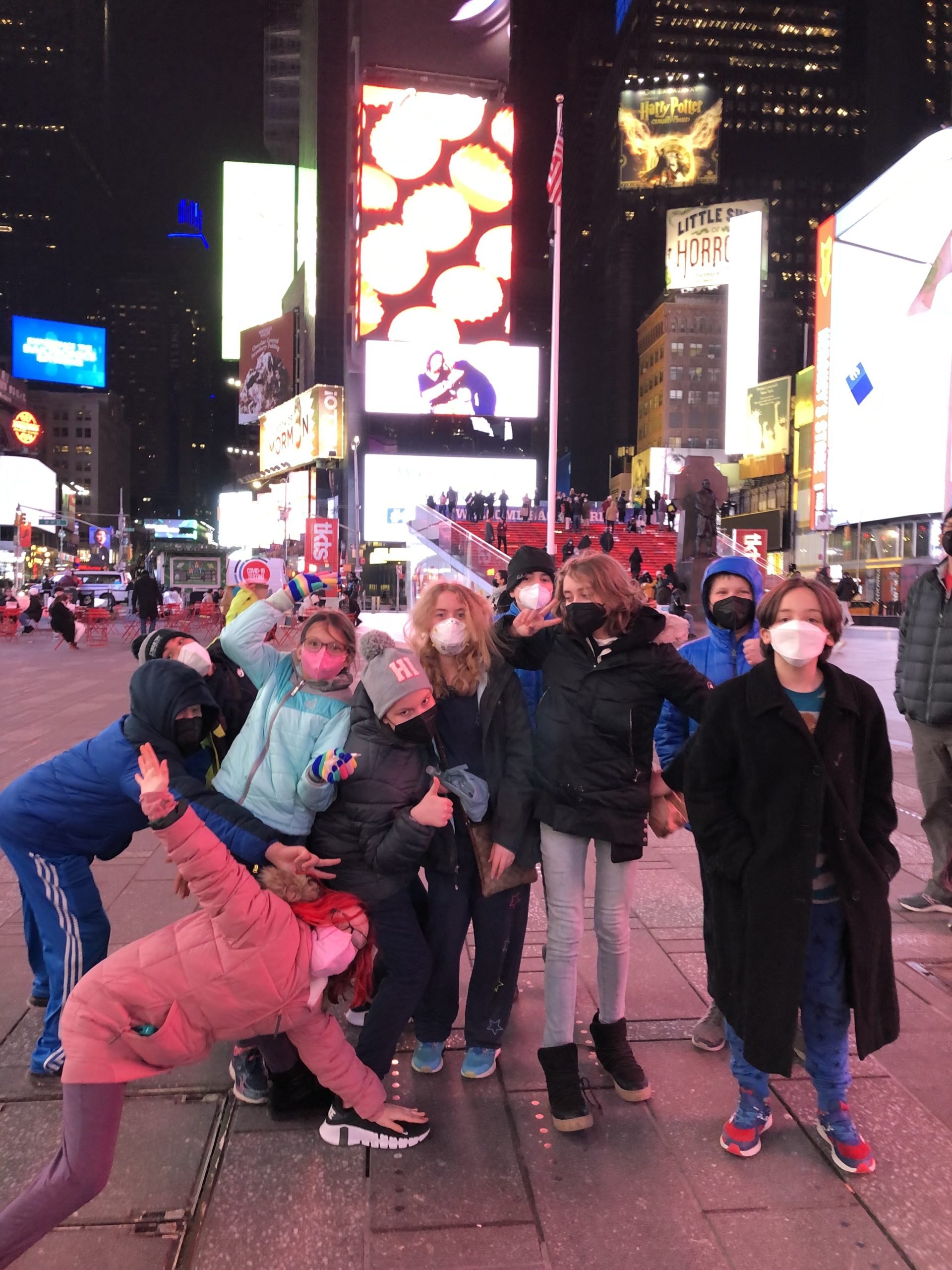
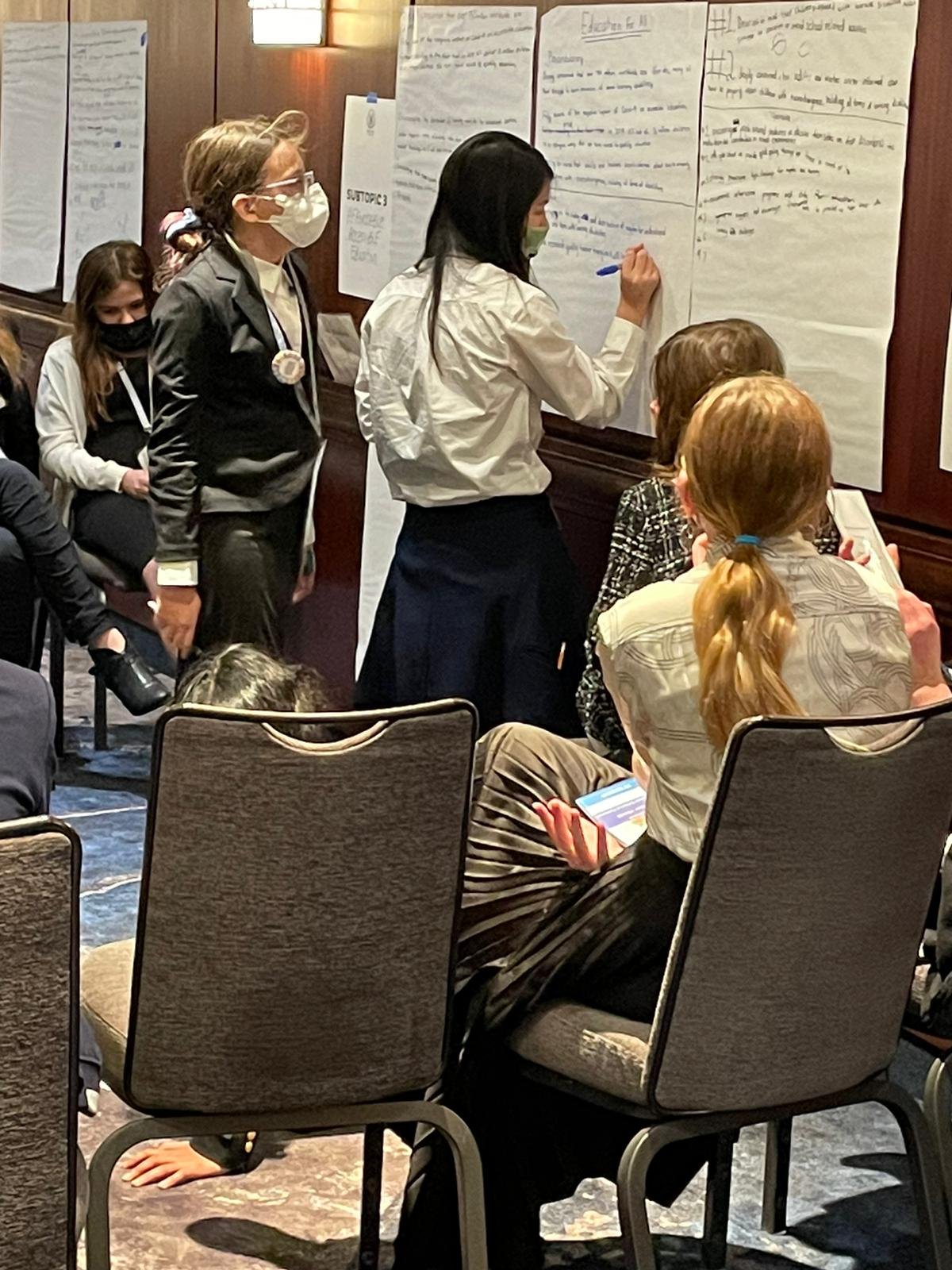
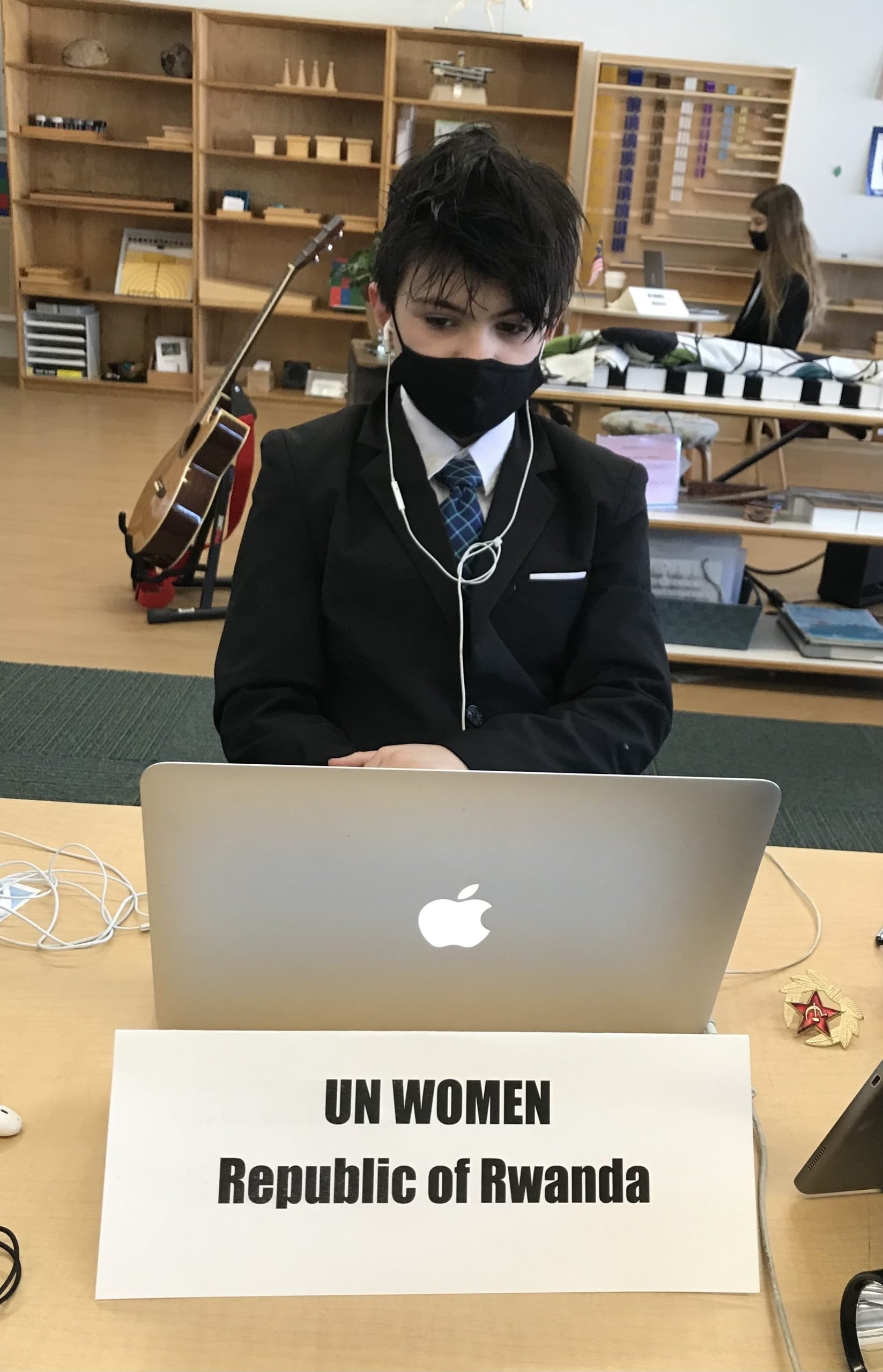
 Delegates definitely stand a little taller upon their return from the conference, a combination of feeling more independent, feeling proud and inspired by their work at the conference, and a new awareness of their role as a global citizen.
Delegates definitely stand a little taller upon their return from the conference, a combination of feeling more independent, feeling proud and inspired by their work at the conference, and a new awareness of their role as a global citizen.



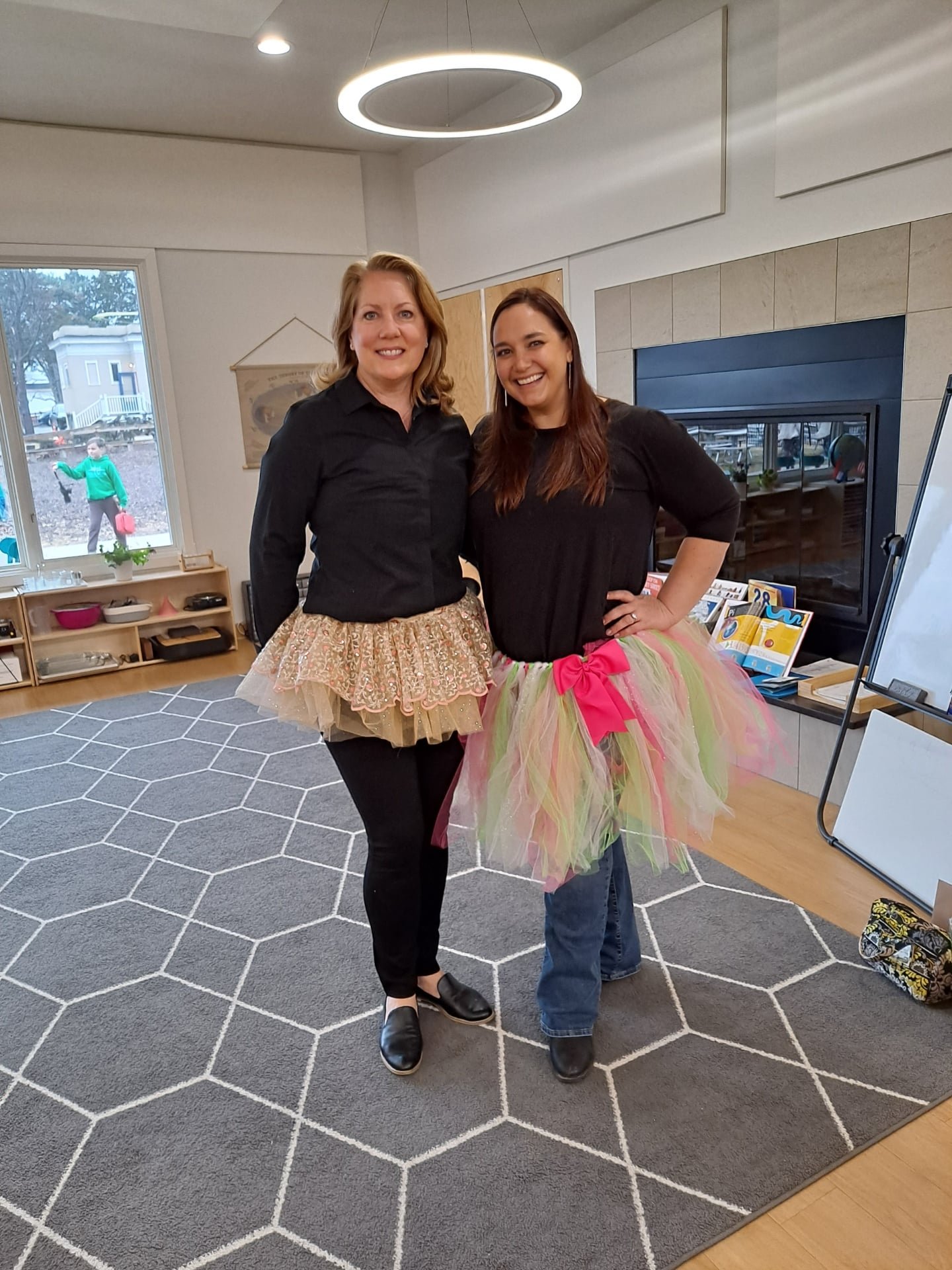
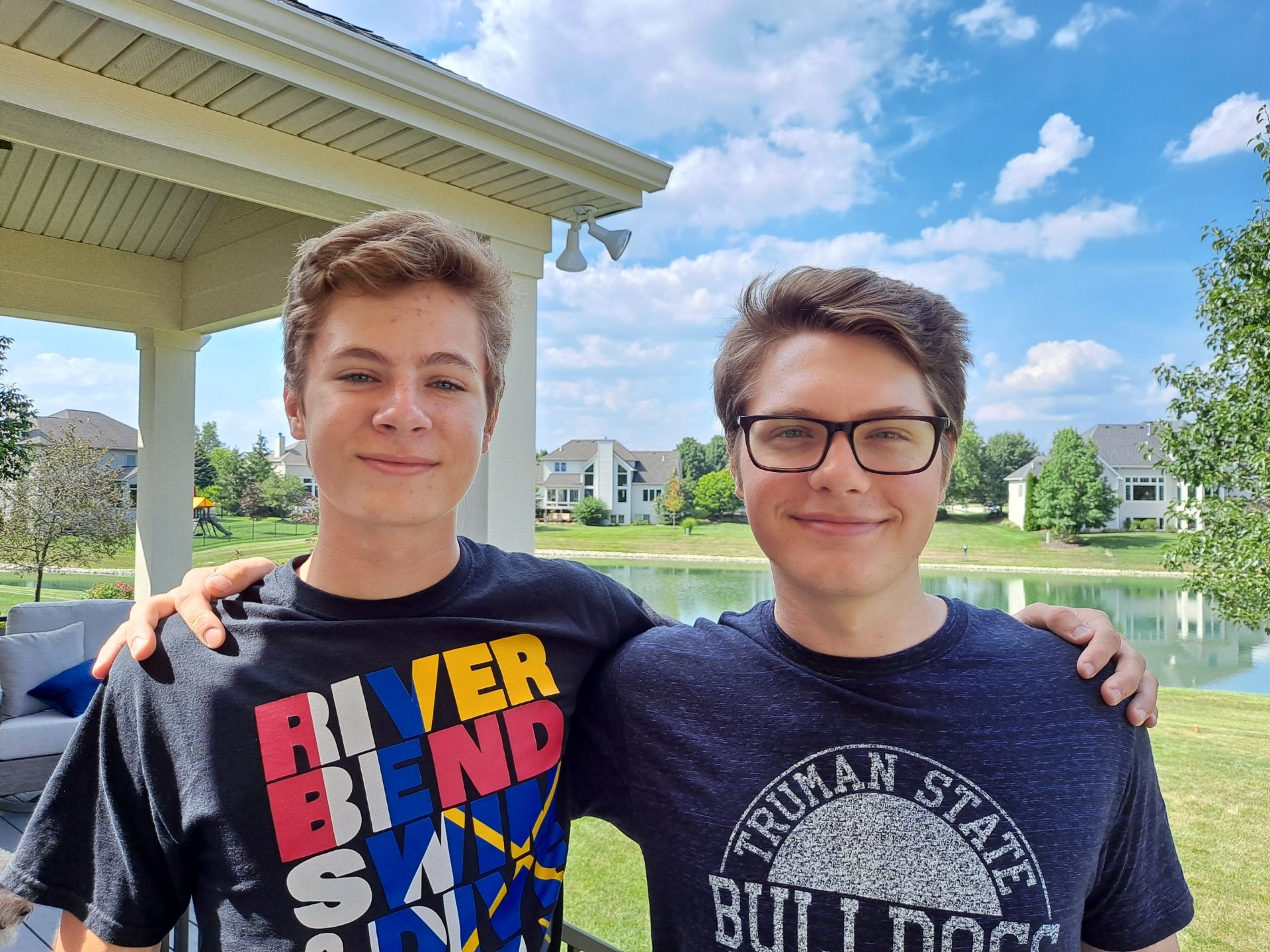

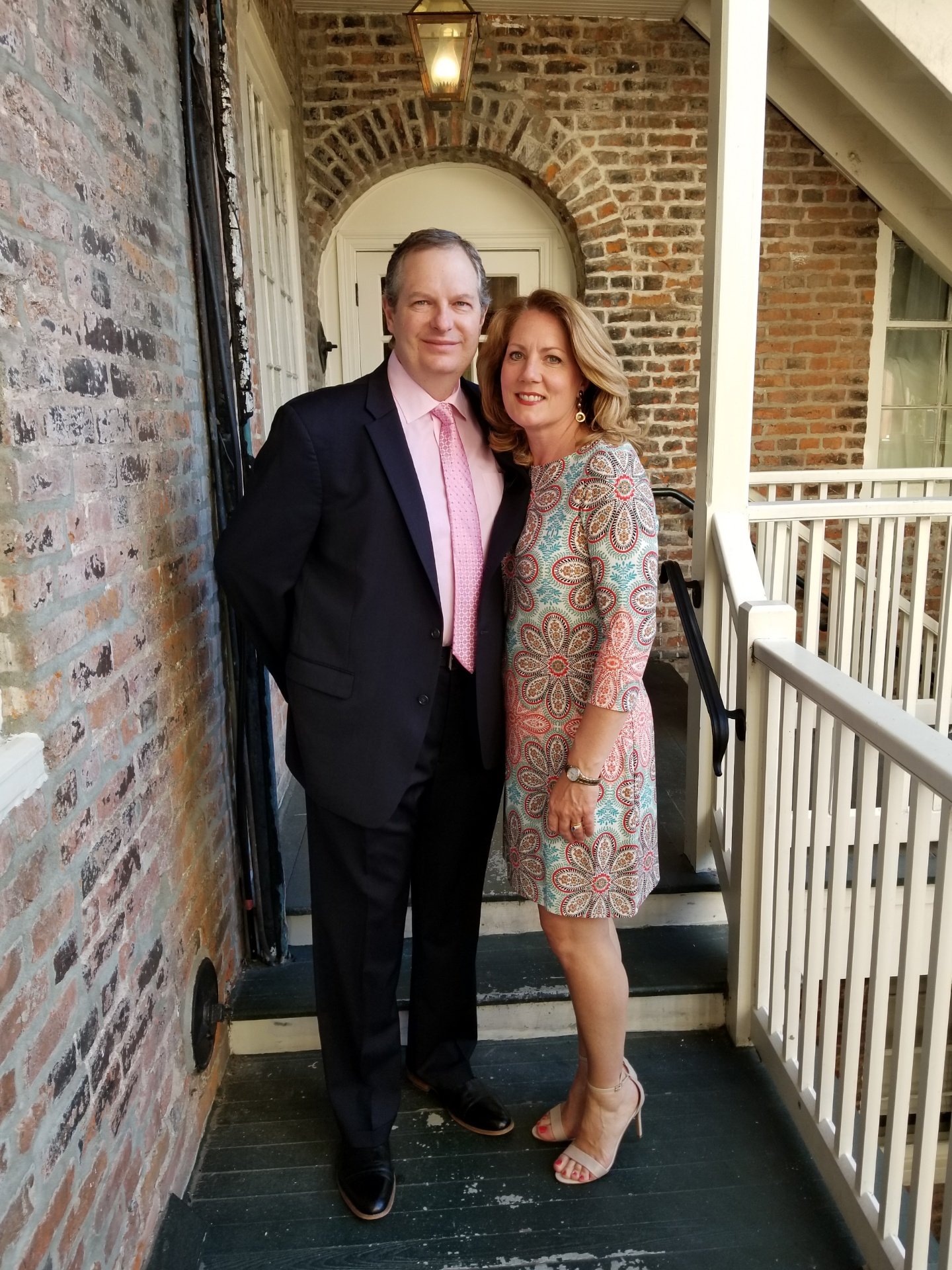


 We Montessorians sometimes use terminology that’s unfamiliar to folks more accustomed to a traditional school model, and this can lead to a bit of a mystification around the philosophy. It can even lead to the notion that Montessori schools are out of reach for the general population—that the methods in a Montessori school are too specialized, too… strange.
We Montessorians sometimes use terminology that’s unfamiliar to folks more accustomed to a traditional school model, and this can lead to a bit of a mystification around the philosophy. It can even lead to the notion that Montessori schools are out of reach for the general population—that the methods in a Montessori school are too specialized, too… strange. In fact, the concepts of Montessori, and the vocabulary we use to describe those concepts, were borne from Dr. Maria Montessori’s education, research, and maybe most importantly, her observations of real children at work. In other words, Montessori concepts and vocabulary are rooted in the natural processes of child development, and these concepts are very familiar, even intuitive, to anyone who lives or works with children. In our Montessori 101 series, we’ll demystify Montessori vocabulary and explore the concepts that inform it. This week, we’ll unpack what we mean by an “environment,” as opposed to a “classroom”.
In fact, the concepts of Montessori, and the vocabulary we use to describe those concepts, were borne from Dr. Maria Montessori’s education, research, and maybe most importantly, her observations of real children at work. In other words, Montessori concepts and vocabulary are rooted in the natural processes of child development, and these concepts are very familiar, even intuitive, to anyone who lives or works with children. In our Montessori 101 series, we’ll demystify Montessori vocabulary and explore the concepts that inform it. This week, we’ll unpack what we mean by an “environment,” as opposed to a “classroom”. Montessori often compares human development to the growth of a plant. The plant has everything it needs to grow within itself; it only requires the proper environment (soil, water, sunlight, warmth). Similarly, humans require certain environmental factors to mature and flourish. We know infants require consistent positive interaction with caregivers in order to form attachment and one day function in society. Babies need freedom of movement in order to learn to walk. They need to hear their native language to be able to develop language themselves. Amazingly, typically developing little humans acquire the abilities to walk and speak without any formal instruction! Movement and language develop organically in an environment rich with stimuli and interaction.
Montessori often compares human development to the growth of a plant. The plant has everything it needs to grow within itself; it only requires the proper environment (soil, water, sunlight, warmth). Similarly, humans require certain environmental factors to mature and flourish. We know infants require consistent positive interaction with caregivers in order to form attachment and one day function in society. Babies need freedom of movement in order to learn to walk. They need to hear their native language to be able to develop language themselves. Amazingly, typically developing little humans acquire the abilities to walk and speak without any formal instruction! Movement and language develop organically in an environment rich with stimuli and interaction.
 As children develop, they require a developing set of stimuli to aid them toward their full potential. Dr. Montessori observed that children pass through four stages of development from birth to adulthood. She called these stages, “The Four Planes of Development.” An in-depth look into the four planes of development is coming to the blog very soon—for now, the takeaway is this: the characteristics of children change from plane to plane; and each plane of development requires a particular environment and trained adult suited to the needs of that plane.
As children develop, they require a developing set of stimuli to aid them toward their full potential. Dr. Montessori observed that children pass through four stages of development from birth to adulthood. She called these stages, “The Four Planes of Development.” An in-depth look into the four planes of development is coming to the blog very soon—for now, the takeaway is this: the characteristics of children change from plane to plane; and each plane of development requires a particular environment and trained adult suited to the needs of that plane. In a Montessori school, classrooms (yes, we still call it a “classroom” sometimes!) are designed and thoughtfully prepared along the lines of the planes and sub-planes of development. Montessori divides the first plane into a sub-plane of zero-to-three years old and three-to-six years old—these are the Young Children’s Community (YCC) and the Children’s House. The YCC environment is designed to facilitate the natural work of the very young child: the construction of physical and biological independence. The YCC assists children as they learn to walk, talk, and perform activities independently. From ages to three through six, the Children’s House environment continues to foster the independence of the first-plane child.
In a Montessori school, classrooms (yes, we still call it a “classroom” sometimes!) are designed and thoughtfully prepared along the lines of the planes and sub-planes of development. Montessori divides the first plane into a sub-plane of zero-to-three years old and three-to-six years old—these are the Young Children’s Community (YCC) and the Children’s House. The YCC environment is designed to facilitate the natural work of the very young child: the construction of physical and biological independence. The YCC assists children as they learn to walk, talk, and perform activities independently. From ages to three through six, the Children’s House environment continues to foster the independence of the first-plane child. In the second plane of development, the sub-planes break down into six-to-nine years old and nine-to-twelve years old—Lower Elementary and Upper Elementary. In these environments children are offered materials and lessons to develop mental independence and a reasoning mind. The elementary environments also offer social opportunities as children become motivated to work and spend time with others. For this reason, the Montessori elementary environment provides larger work tables to accommodate groups of children. The elementary guide presents lessons to groups of children because of the intense drive to work with peers.
In the second plane of development, the sub-planes break down into six-to-nine years old and nine-to-twelve years old—Lower Elementary and Upper Elementary. In these environments children are offered materials and lessons to develop mental independence and a reasoning mind. The elementary environments also offer social opportunities as children become motivated to work and spend time with others. For this reason, the Montessori elementary environment provides larger work tables to accommodate groups of children. The elementary guide presents lessons to groups of children because of the intense drive to work with peers. A “classroom” connotes a room in which a class is held, where information is imparted from one person to another. Montessori doesn’t see education that way. In a Montessori school, we see the innate power children have to form themselves, as flowers do, given the appropriate surroundings—surroundings that meet the needs of the particular developmental stage. As Dr. Montessori said,
A “classroom” connotes a room in which a class is held, where information is imparted from one person to another. Montessori doesn’t see education that way. In a Montessori school, we see the innate power children have to form themselves, as flowers do, given the appropriate surroundings—surroundings that meet the needs of the particular developmental stage. As Dr. Montessori said,
 By calling the classroom an “environment,” Montessorians seek to give agency to the child in their process of formation. We see the trained adult as an important part of the environment, who guides the child in his journey toward becoming a fully formed adult.
By calling the classroom an “environment,” Montessorians seek to give agency to the child in their process of formation. We see the trained adult as an important part of the environment, who guides the child in his journey toward becoming a fully formed adult.







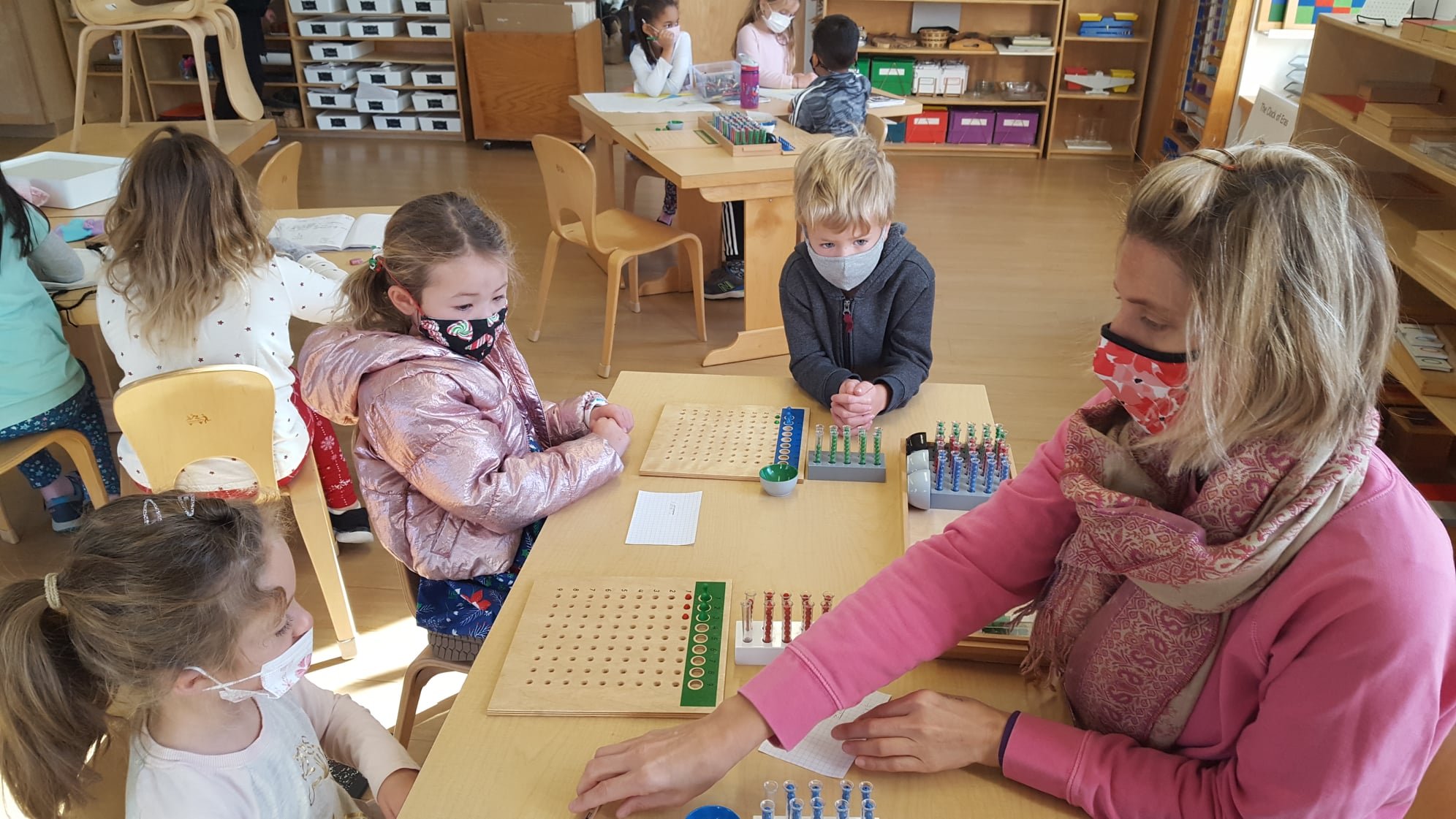

 In today’s world, emotional literacy and well-being are vital for the flourishing of our children and young adults. Montessori philosophy naturally fosters this because we care about the development of the whole child—their emotional, physical, social, and intellectual development.
In today’s world, emotional literacy and well-being are vital for the flourishing of our children and young adults. Montessori philosophy naturally fosters this because we care about the development of the whole child—their emotional, physical, social, and intellectual development. In a Montessori environment, children are encouraged to pursue their unique learning styles; they aren’t rushed to master content for tests; and there’s no pile-on homework after a long school day. Montessori does not arbitrarily confine students in a one-size-fits-all grade level. Instead it encourages children to explore and learn at their own pace—it keeps natural curiosity alive and fosters intrinsic motivation. Montessori develops intellectual tools that grant children the joy of being life-long learners.
In a Montessori environment, children are encouraged to pursue their unique learning styles; they aren’t rushed to master content for tests; and there’s no pile-on homework after a long school day. Montessori does not arbitrarily confine students in a one-size-fits-all grade level. Instead it encourages children to explore and learn at their own pace—it keeps natural curiosity alive and fosters intrinsic motivation. Montessori develops intellectual tools that grant children the joy of being life-long learners. Another way Montessori supports emotional well-being is through movement. In her work with children, Dr. Maria Montessori observed a need for movement and a drive to explore the world through the hands. We know from our own experience that we are connected body and mind. How we use our bodies affects our concentration, outlook, and emotions. Nutrition, sleep, and exercise (read, “movement”!) are critical in the development of strong mental health.
Another way Montessori supports emotional well-being is through movement. In her work with children, Dr. Maria Montessori observed a need for movement and a drive to explore the world through the hands. We know from our own experience that we are connected body and mind. How we use our bodies affects our concentration, outlook, and emotions. Nutrition, sleep, and exercise (read, “movement”!) are critical in the development of strong mental health. In the Montessori classroom, children choose where and with whom to sit—where their bodies are most comfortable working. Many of the materials in the classroom environment incorporate movement of the body. For example, children move around the classroom to gather the materials for work; they manipulate small beads to do division; they follow language commands that lead them around the environment; and they perform experiments with solids, liquids, and gasses. When children are allowed to move freely in their learning environment, we see the positive effects expressed in their enjoyment of work and their upbeat demeanor at school.
In the Montessori classroom, children choose where and with whom to sit—where their bodies are most comfortable working. Many of the materials in the classroom environment incorporate movement of the body. For example, children move around the classroom to gather the materials for work; they manipulate small beads to do division; they follow language commands that lead them around the environment; and they perform experiments with solids, liquids, and gasses. When children are allowed to move freely in their learning environment, we see the positive effects expressed in their enjoyment of work and their upbeat demeanor at school. In addition to movement, nature has a powerful effect on our mental health. Numerous studies including those cited
In addition to movement, nature has a powerful effect on our mental health. Numerous studies including those cited 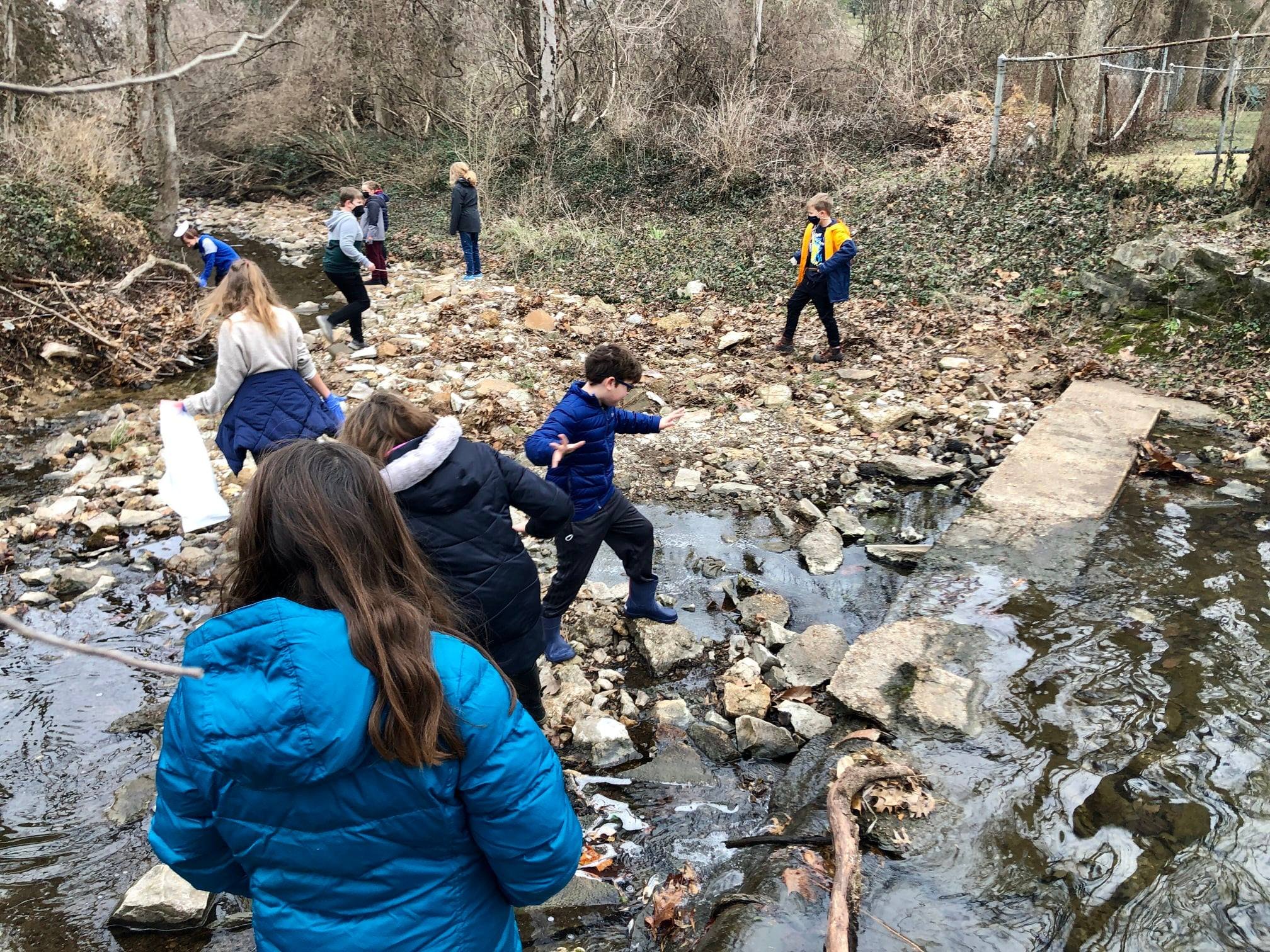 Finally, Montessori guides seamlessly weave techniques into their lessons that help children manage their challenging emotions. For example, guides model positive self-talk when a child is struggling to learn something new. They offer social scripts to help students navigate conflict; for instance, “I need some time alone before I’m ready to talk,” or “It made me feel... when you…” VdM guides employ specific lessons and work choices geared toward the development of emotional literacy as well. Some guides lead regular meditation practice, yoga, or teach breathing techniques to calm bodies and minds. Specific areas of the classroom environments are set up for children to practice calming techniques, such as a finger labyrinth or yoga poses.
Finally, Montessori guides seamlessly weave techniques into their lessons that help children manage their challenging emotions. For example, guides model positive self-talk when a child is struggling to learn something new. They offer social scripts to help students navigate conflict; for instance, “I need some time alone before I’m ready to talk,” or “It made me feel... when you…” VdM guides employ specific lessons and work choices geared toward the development of emotional literacy as well. Some guides lead regular meditation practice, yoga, or teach breathing techniques to calm bodies and minds. Specific areas of the classroom environments are set up for children to practice calming techniques, such as a finger labyrinth or yoga poses.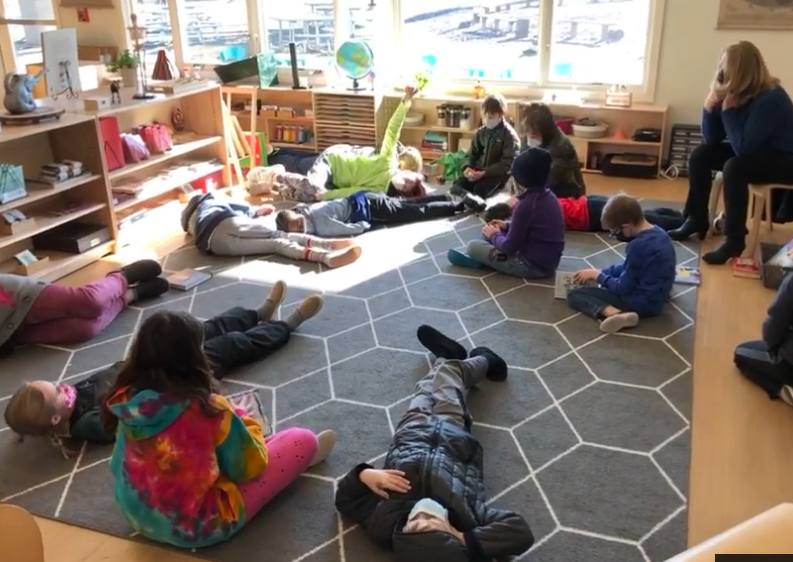 The wheel of emotions is a beautiful material that gives students a robust understanding of their feelings and those around them.
The wheel of emotions is a beautiful material that gives students a robust understanding of their feelings and those around them.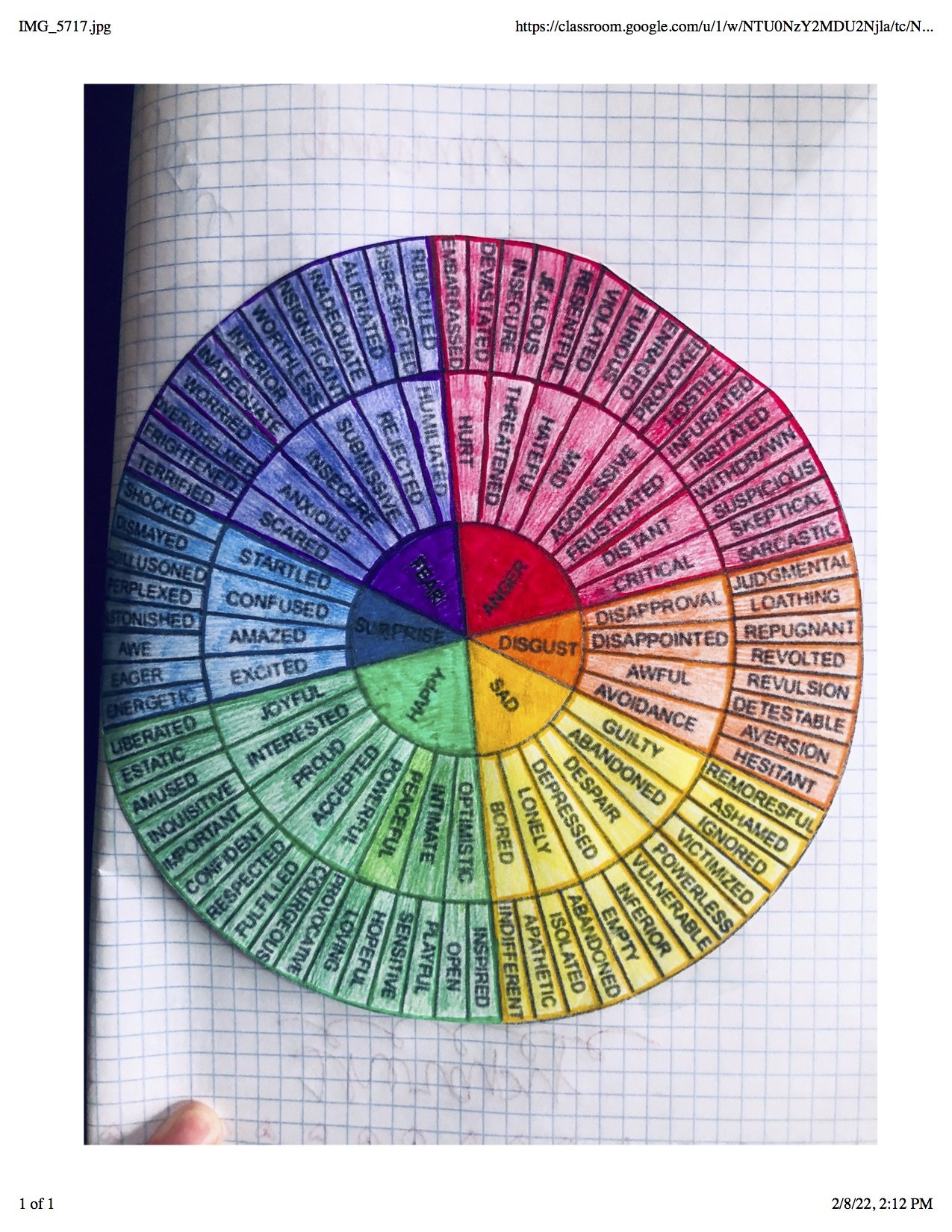 At Villa di Maria we are grateful to accompany each child in their unique journey and contribute to the prioritization of emotional literacy and well-being in education and our world. We are raising future leaders that care about the individual and all the complex facets of human beings.
At Villa di Maria we are grateful to accompany each child in their unique journey and contribute to the prioritization of emotional literacy and well-being in education and our world. We are raising future leaders that care about the individual and all the complex facets of human beings.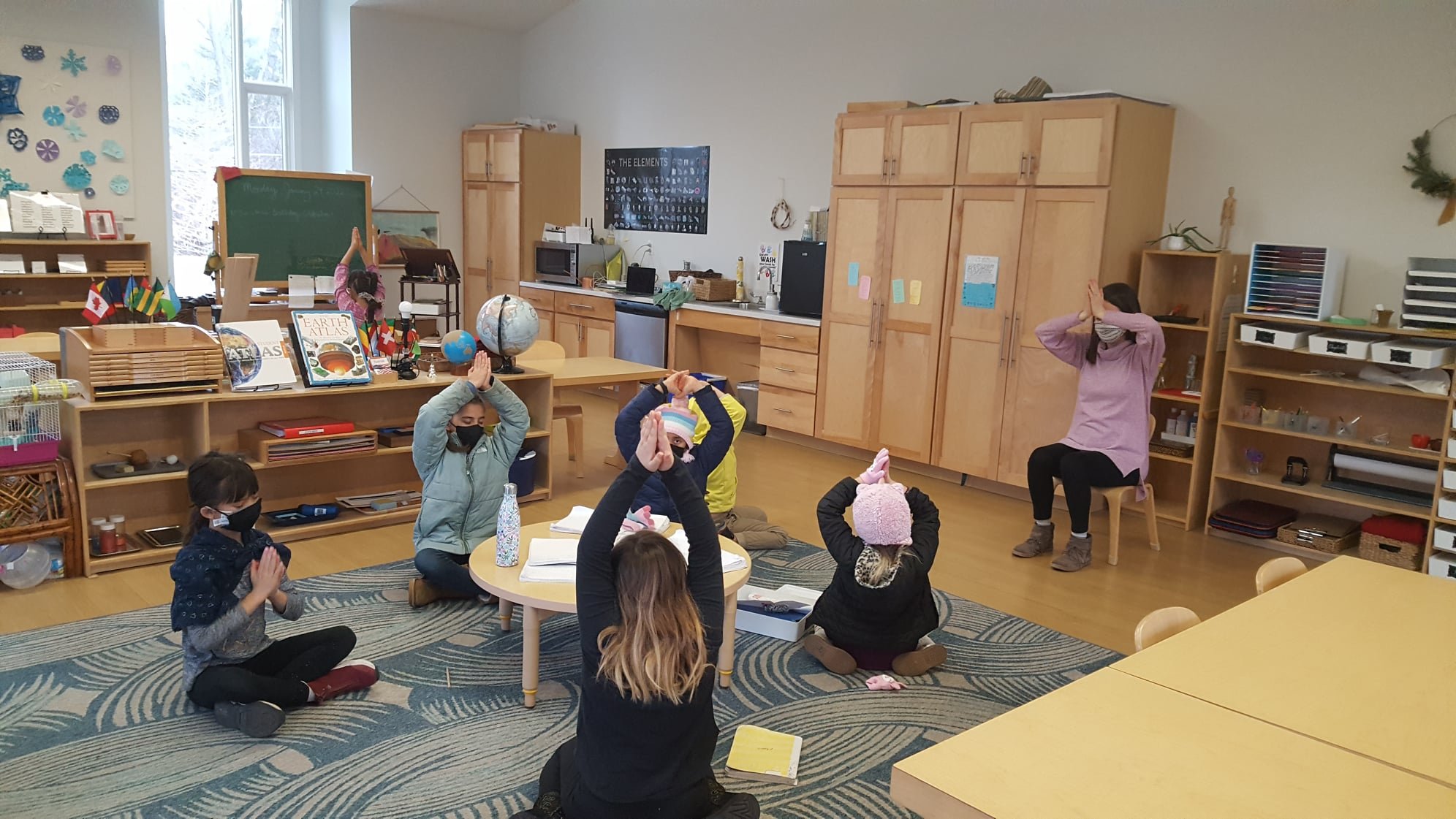
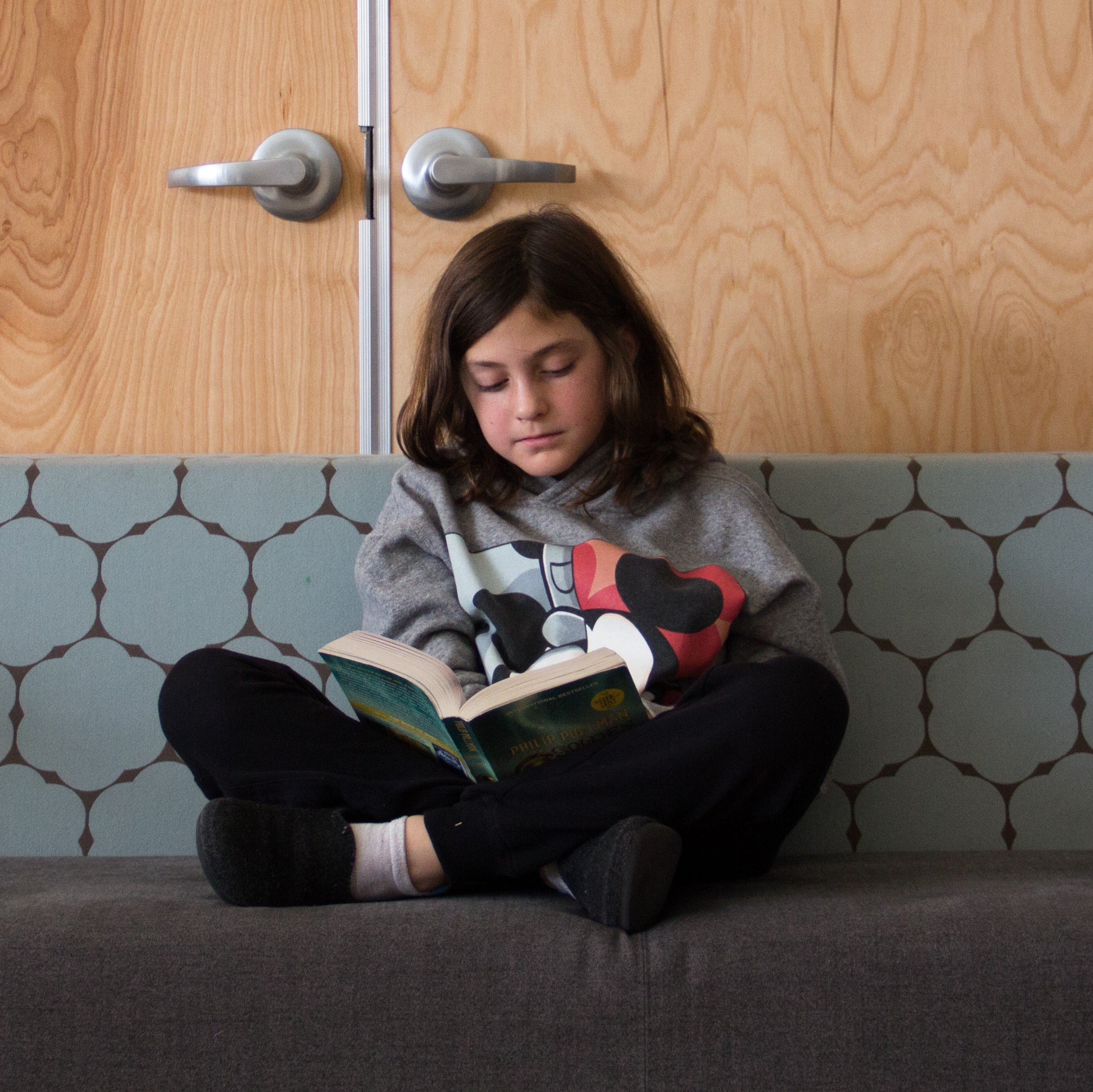 The Upper Elementary Book Club takes monthly deep-dives into curated selections of books in a range of genres. Our on- and off-campus UE students work to complete the books by a deadline, along with complementary work to help them organize their thoughts and plan for discussion. Then they gather online each Friday to discuss the themes, settings, characters, plot lines and literary devices of their chosen books.For October, UE readers have chosen from three middle-grade novels centered around characters with physical/mobility disabilities, each written in an engaging first-person narrative.
The Upper Elementary Book Club takes monthly deep-dives into curated selections of books in a range of genres. Our on- and off-campus UE students work to complete the books by a deadline, along with complementary work to help them organize their thoughts and plan for discussion. Then they gather online each Friday to discuss the themes, settings, characters, plot lines and literary devices of their chosen books.For October, UE readers have chosen from three middle-grade novels centered around characters with physical/mobility disabilities, each written in an engaging first-person narrative.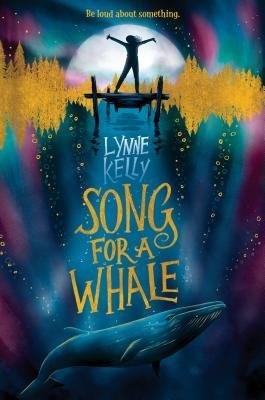 Song for a Whale by Lynne Kelly tells the story of 12-year-old Iris, a deaf girl compelled to find and help Blue 55, a whale who is forced to live in isolation because he is unable to communicate with his pod. Iris is surrounded by people who misunderstand and underestimate her because she is deaf, and when she learns about Blue 55, she pours her heart and soul into helping him. A genius with electronics and technology, Iris decides to invent a way to help Blue 55 sing so he can communicate with other whales and find a pod. To accomplish her goal, she has to take a lot of risks and break a lot of rules. She has to venture out into the world alone. Song for a Whale is the adventurous, suspenseful and inspiring story of two misfits finding a connection.
Song for a Whale by Lynne Kelly tells the story of 12-year-old Iris, a deaf girl compelled to find and help Blue 55, a whale who is forced to live in isolation because he is unable to communicate with his pod. Iris is surrounded by people who misunderstand and underestimate her because she is deaf, and when she learns about Blue 55, she pours her heart and soul into helping him. A genius with electronics and technology, Iris decides to invent a way to help Blue 55 sing so he can communicate with other whales and find a pod. To accomplish her goal, she has to take a lot of risks and break a lot of rules. She has to venture out into the world alone. Song for a Whale is the adventurous, suspenseful and inspiring story of two misfits finding a connection. 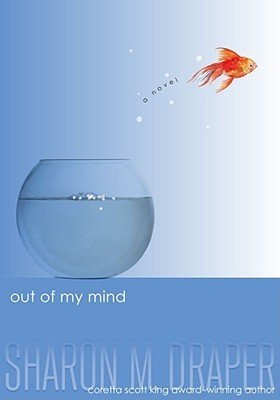 Out of My Mind by Sharon Draper tells the story of Melody, born with cerebral palsy, who cannot walk, talk or write. All of Melody's life, most people have been telling her she's incapable and not smart. One doctor even tells her parents she should be sent to a nursing home. But she knows she is smart, maybe smarter than anyone she knows... she's just trapped inside her head. By the time she's in fifth grade, Melody is determined to find a way to express her true self. With the help of a communication device, an integrating program at school, and a classroom aide, Melody begins to find her voice. Melody's path is not easy—she faces cruelty from her classmates and constant doubting from some of her teachers. But she keeps going, relying on her grit, her love of music and her sense of humor to ultimately express her true self.
Out of My Mind by Sharon Draper tells the story of Melody, born with cerebral palsy, who cannot walk, talk or write. All of Melody's life, most people have been telling her she's incapable and not smart. One doctor even tells her parents she should be sent to a nursing home. But she knows she is smart, maybe smarter than anyone she knows... she's just trapped inside her head. By the time she's in fifth grade, Melody is determined to find a way to express her true self. With the help of a communication device, an integrating program at school, and a classroom aide, Melody begins to find her voice. Melody's path is not easy—she faces cruelty from her classmates and constant doubting from some of her teachers. But she keeps going, relying on her grit, her love of music and her sense of humor to ultimately express her true self. 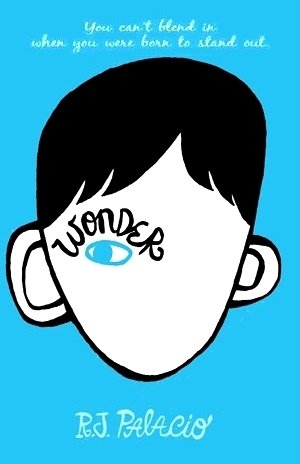 In Wonder by P.J. Palacio, we meet fifth grader Auggie, born with severe birth defects which left him with hearing loss and severe facial disfigurement. Auggie is never surprised by people's reactions when they see his face. He's used to it but he wishes he could just be seen as a normal kid. When his parents move him from homeschooling to a prep school, Auggie has to navigate the reactions of his new classmates and teachers. He is bullied, gawked at and betrayed by a new friend—all he wants is to quit school. Wonder is written in sections, told from different characters' points of view—Auggie's older sister, her friend and boyfriend, and two of Auggie's new friends. Through each of these character's stories, we learn more about Auggie and how hard life has been for him. And we also learn that there are people on his side, lifting him up. Auggie makes real friendships; with their support and the support of his family, he continues going to school and finds a place in the world.
In Wonder by P.J. Palacio, we meet fifth grader Auggie, born with severe birth defects which left him with hearing loss and severe facial disfigurement. Auggie is never surprised by people's reactions when they see his face. He's used to it but he wishes he could just be seen as a normal kid. When his parents move him from homeschooling to a prep school, Auggie has to navigate the reactions of his new classmates and teachers. He is bullied, gawked at and betrayed by a new friend—all he wants is to quit school. Wonder is written in sections, told from different characters' points of view—Auggie's older sister, her friend and boyfriend, and two of Auggie's new friends. Through each of these character's stories, we learn more about Auggie and how hard life has been for him. And we also learn that there are people on his side, lifting him up. Auggie makes real friendships; with their support and the support of his family, he continues going to school and finds a place in the world.
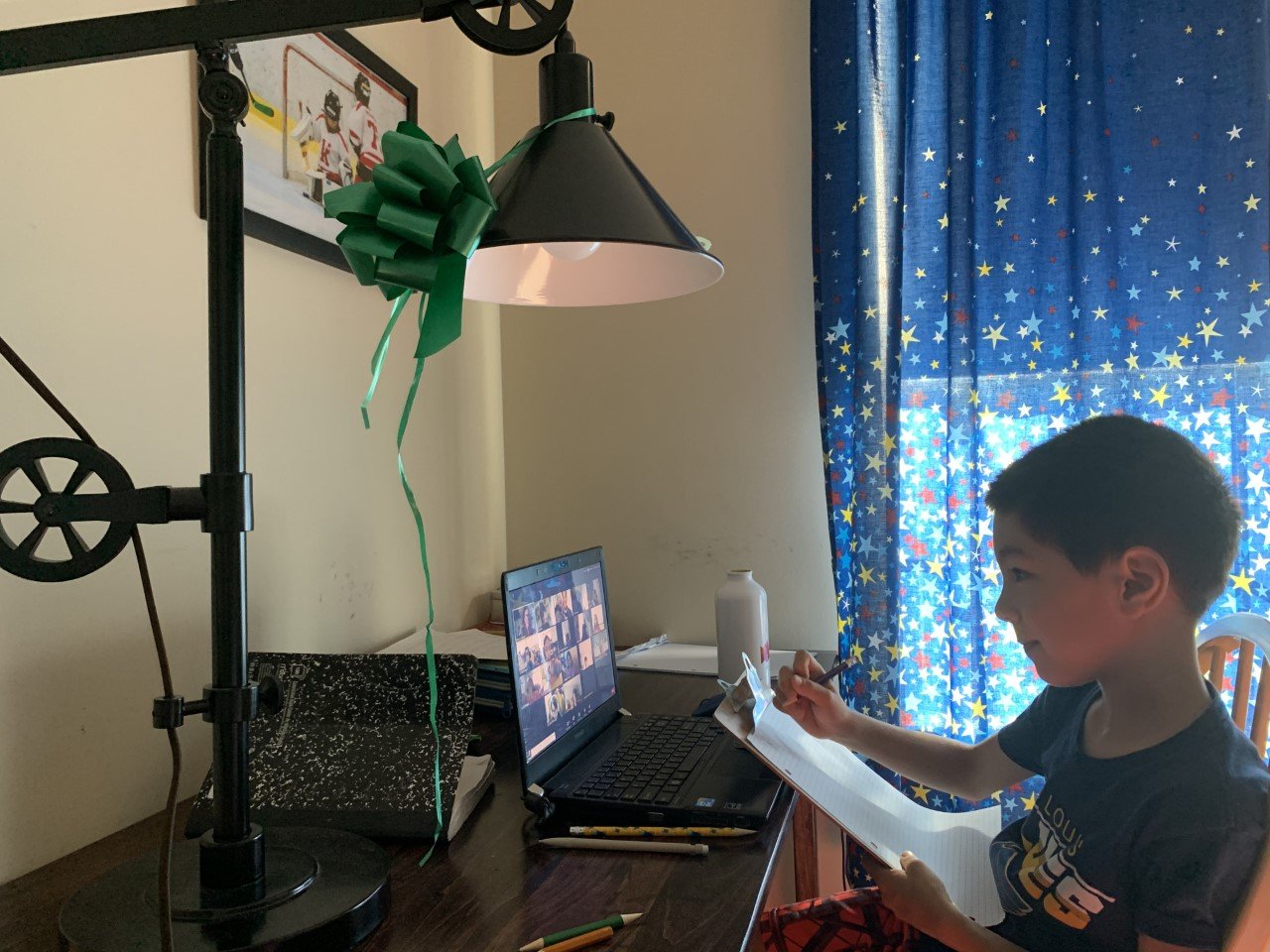 When the pandemic led us to close our campus back in March, right at the start of Spring Break, our incredible and dedicated guides worked at lightening speed to create distance-learning plans for each of our levels. I am not exaggerating when I write that the guides worked straight through Spring Break—around the clock—to convert their homes into distance learning studios. They prepared videos, materials, lesson plans and schedules to keep our student communities connected and learning.At the time, the distance learning plans were meant to be very temporary, to hold us over for a couple of weeks until we would back on campus. Then those weeks turned into more weeks and then months—and we closed out our school year online. Being apart, away from campus, was not what any of us wanted but our guides, assistants, students and parents took on the challenge, dedicated to keeping our children learning and our community strong, and jumped whole-heartedly into daily online class meetings, lessons, book club gatherings, social hours, sing-alongs and read-alouds. The last months of school were a whirlwind, but
When the pandemic led us to close our campus back in March, right at the start of Spring Break, our incredible and dedicated guides worked at lightening speed to create distance-learning plans for each of our levels. I am not exaggerating when I write that the guides worked straight through Spring Break—around the clock—to convert their homes into distance learning studios. They prepared videos, materials, lesson plans and schedules to keep our student communities connected and learning.At the time, the distance learning plans were meant to be very temporary, to hold us over for a couple of weeks until we would back on campus. Then those weeks turned into more weeks and then months—and we closed out our school year online. Being apart, away from campus, was not what any of us wanted but our guides, assistants, students and parents took on the challenge, dedicated to keeping our children learning and our community strong, and jumped whole-heartedly into daily online class meetings, lessons, book club gatherings, social hours, sing-alongs and read-alouds. The last months of school were a whirlwind, but 
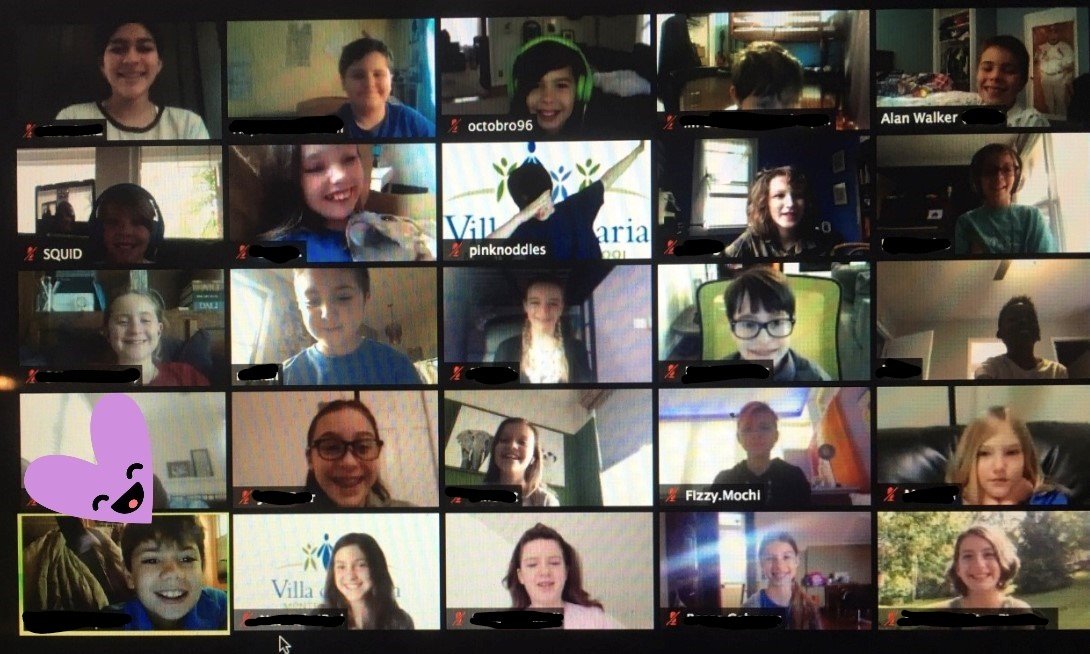 And it's a good thing we did because we are here, a few weeks into the 2020-2021 school year, and the pandemic is still going strong. Thanks to the hard work our people put in last spring—not to mention the planning, preparing, discussing and tweaking put in by our elementary guides over the summer—we were able to start this school year with a distance-learning option for our elementary students.As we showed you
And it's a good thing we did because we are here, a few weeks into the 2020-2021 school year, and the pandemic is still going strong. Thanks to the hard work our people put in last spring—not to mention the planning, preparing, discussing and tweaking put in by our elementary guides over the summer—we were able to start this school year with a distance-learning option for our elementary students.As we showed you 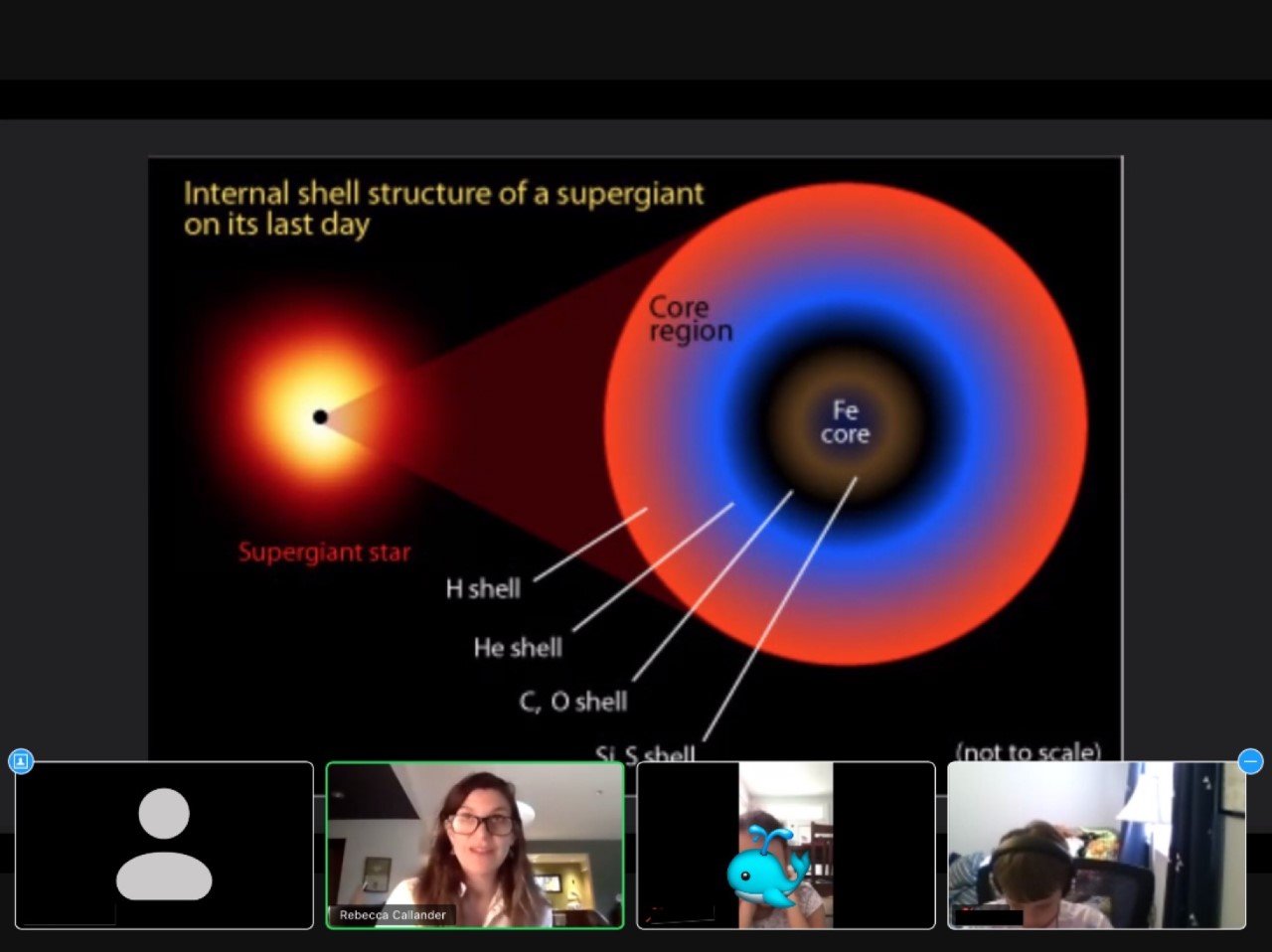 This year's elementary program is led by Guide Rebecca Callander, who is online with Lower and Upper Elementary students every day. Distance learning students follow daily and weekly schedules of class meetings, lessons, smaller group meetings and conferences.
This year's elementary program is led by Guide Rebecca Callander, who is online with Lower and Upper Elementary students every day. Distance learning students follow daily and weekly schedules of class meetings, lessons, smaller group meetings and conferences.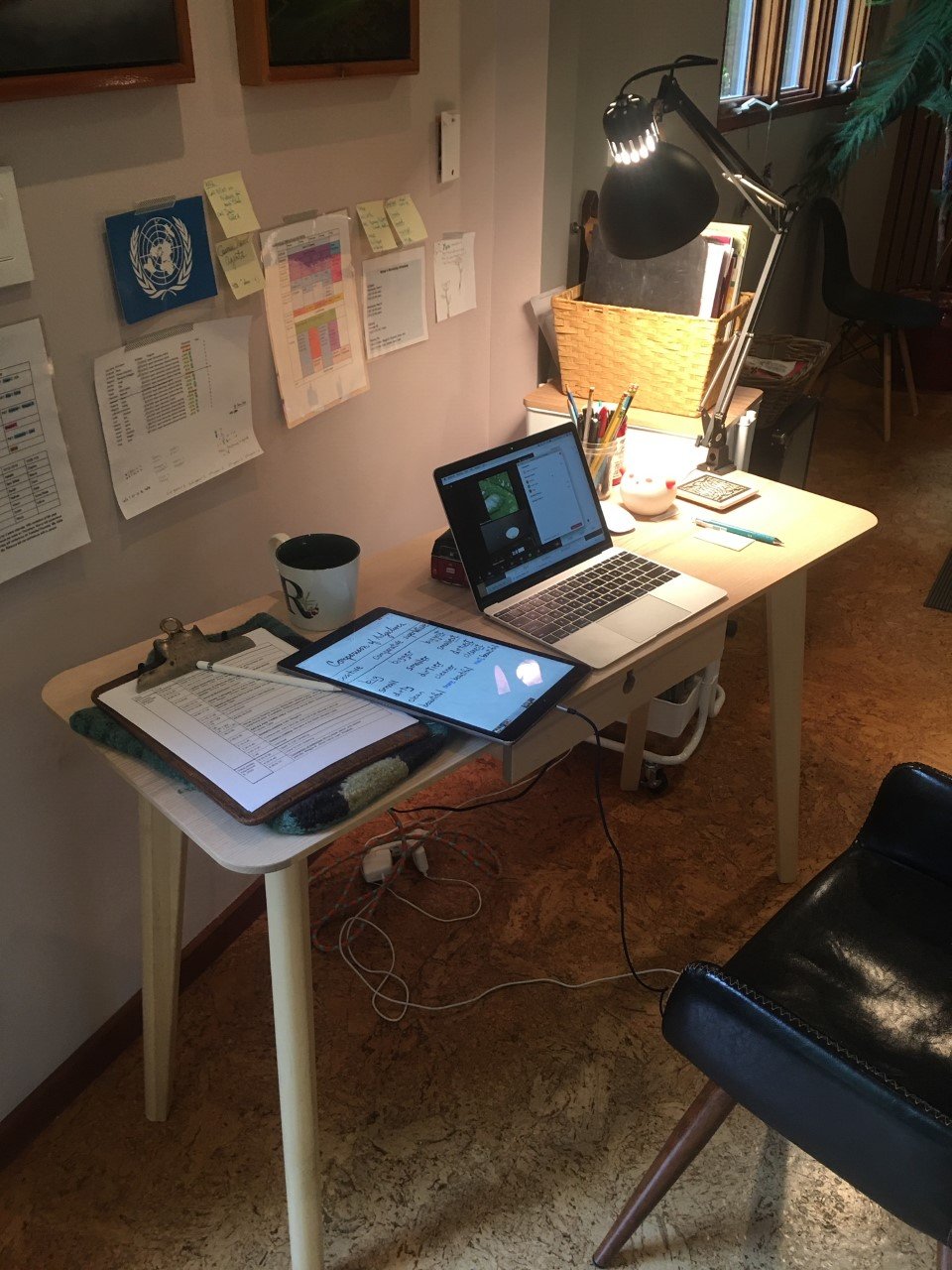
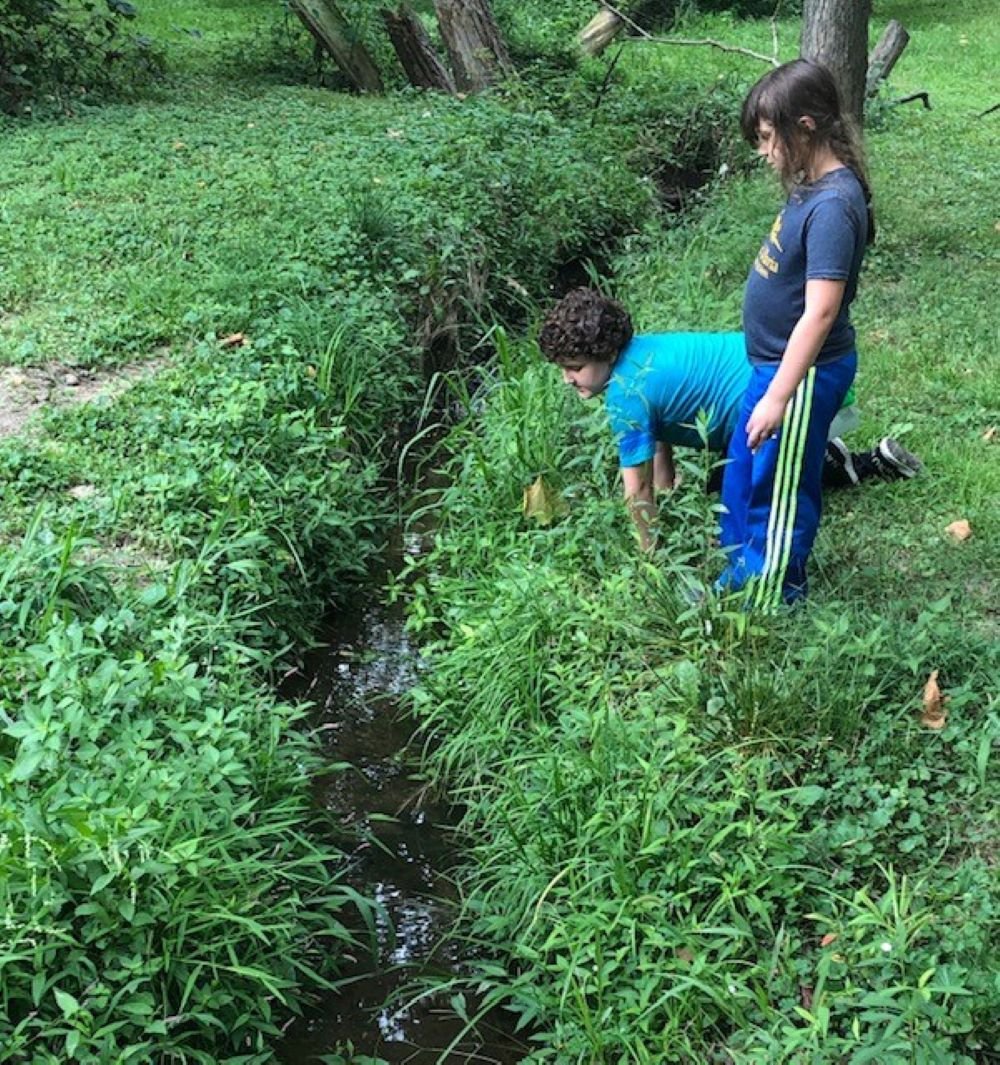 One day we will all be on campus again. But until then, we are pretty happy and pretty proud to have a community of guides, assistants, admin staff and parents who are keeping us—all of us—together.
One day we will all be on campus again. But until then, we are pretty happy and pretty proud to have a community of guides, assistants, admin staff and parents who are keeping us—all of us—together.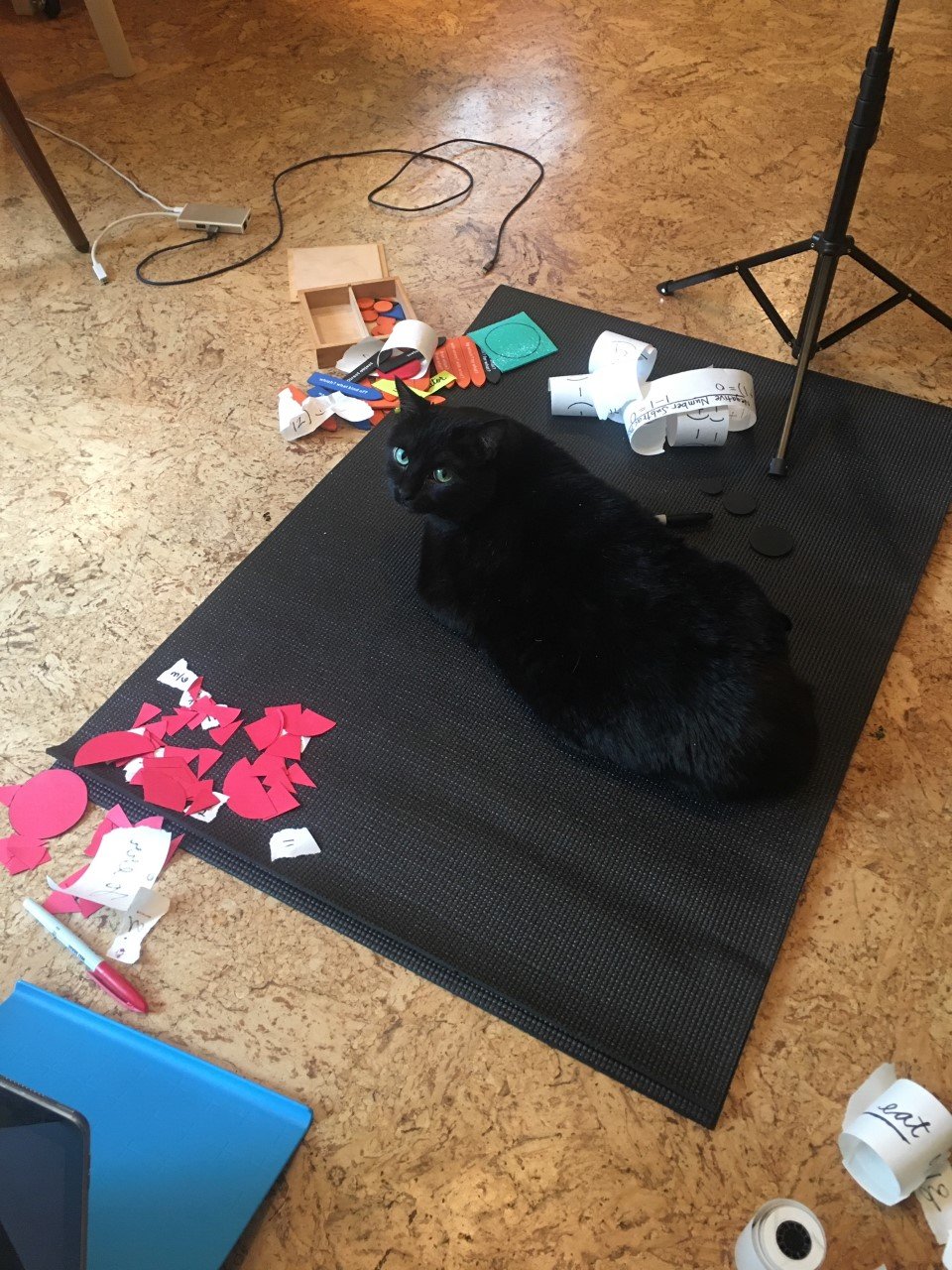 Many thanks to Rebecca Callander, Winston Liddy, Sophie Andre and Laura Wheeler for the photos.
Many thanks to Rebecca Callander, Winston Liddy, Sophie Andre and Laura Wheeler for the photos.
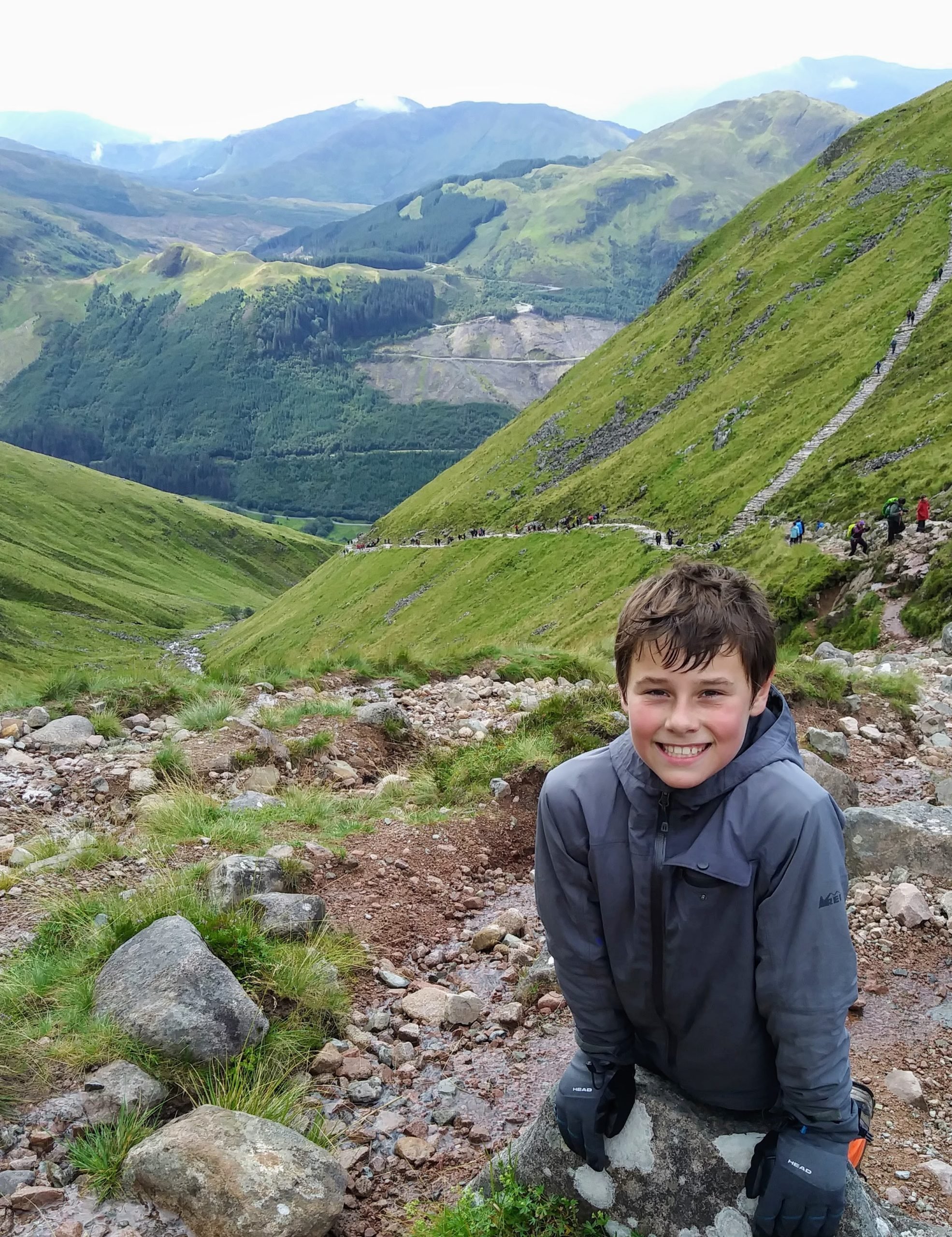
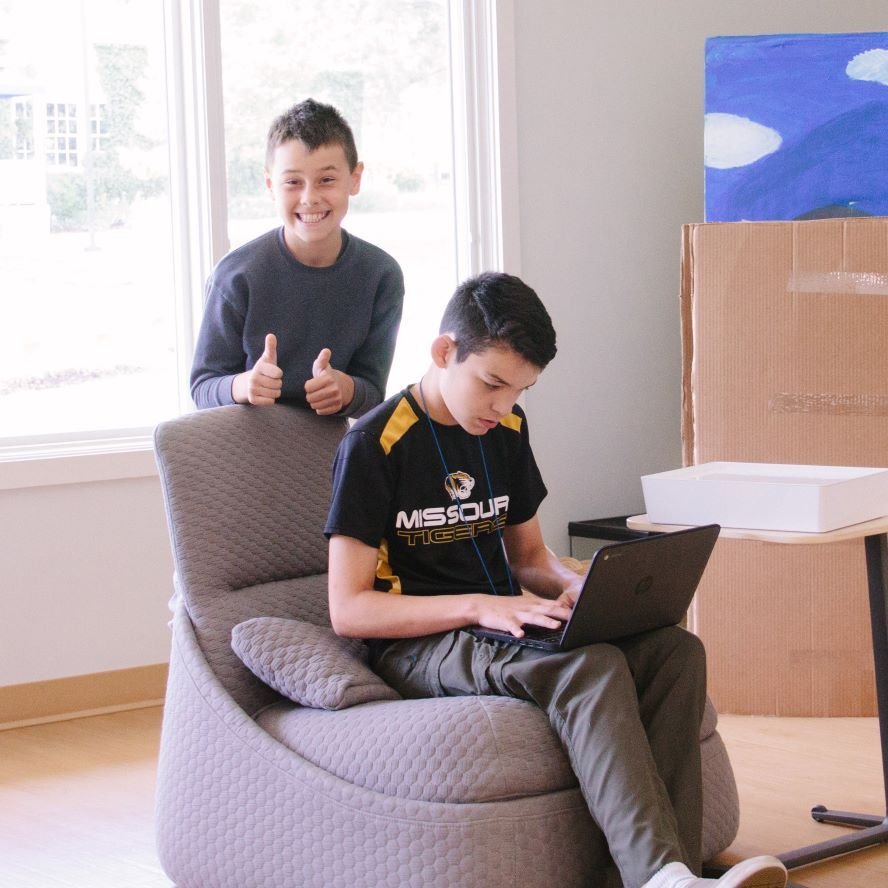
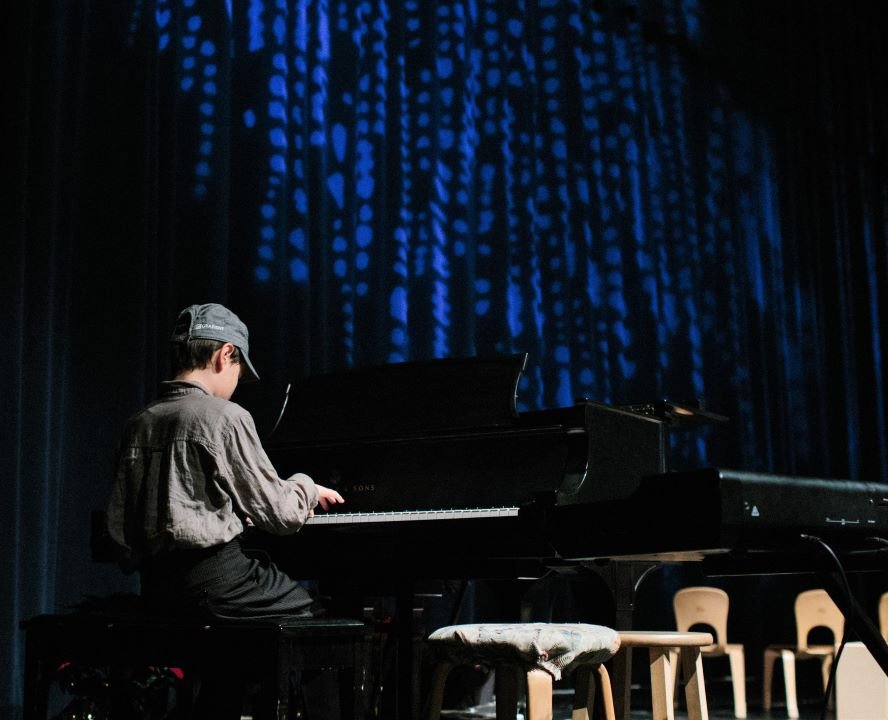
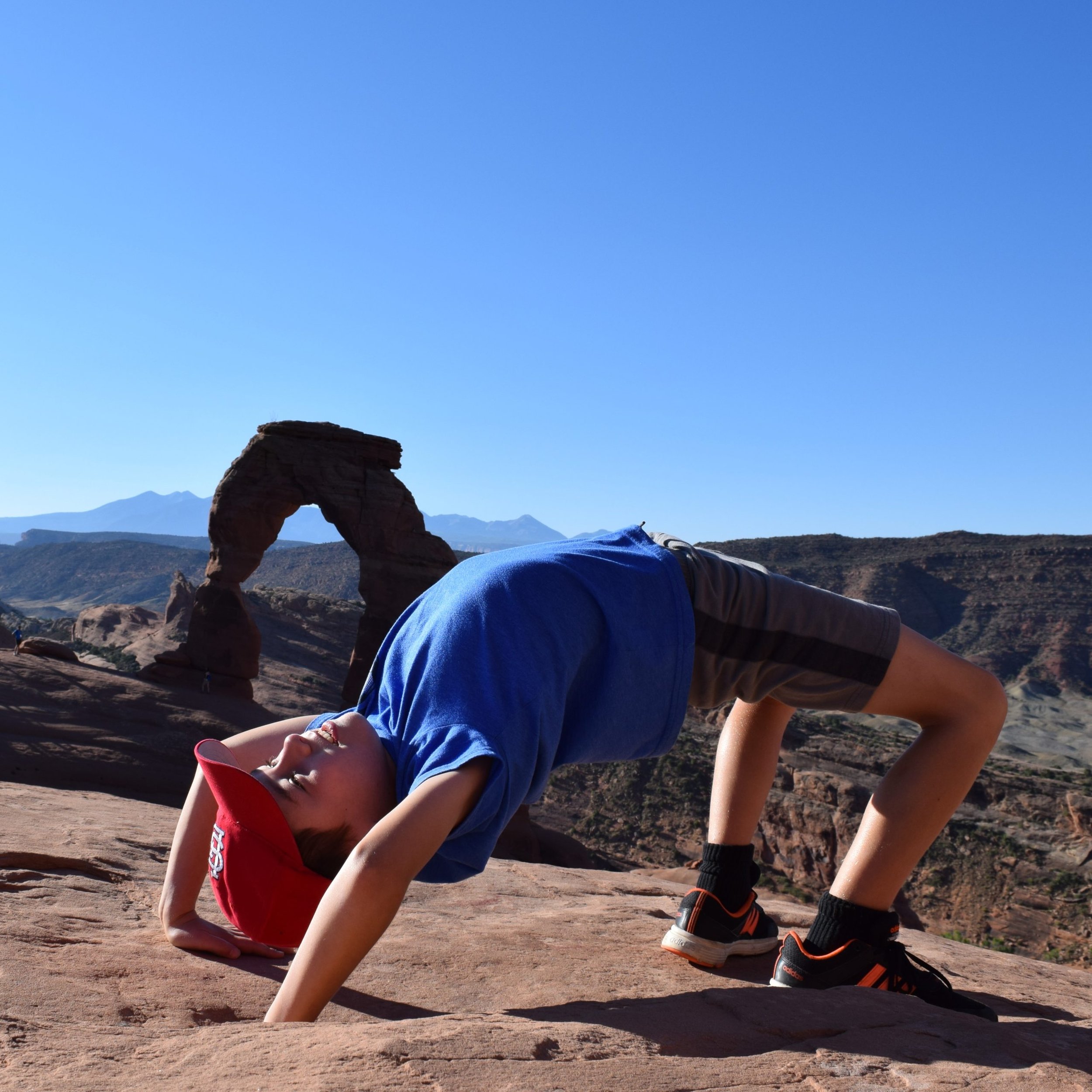
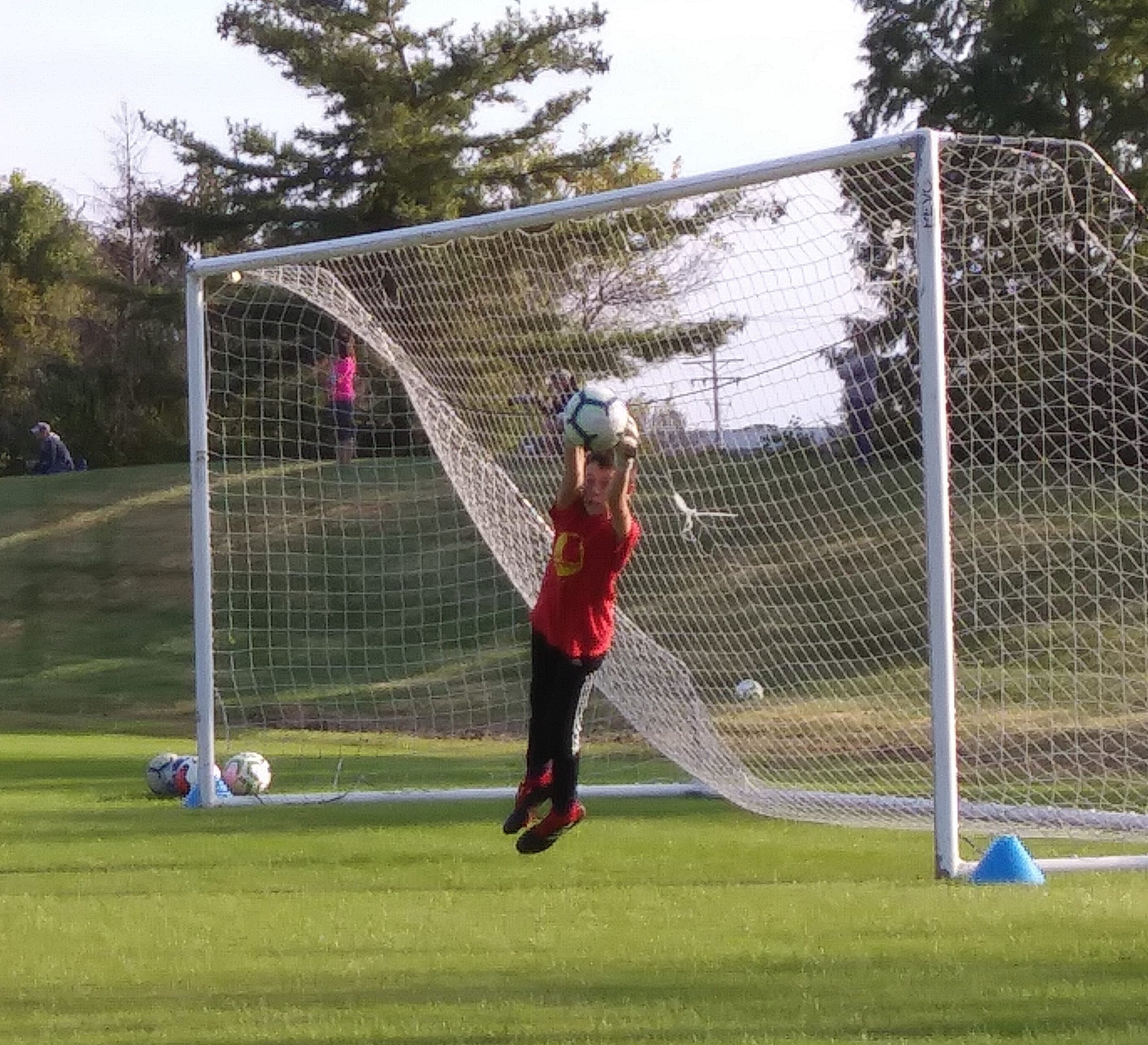


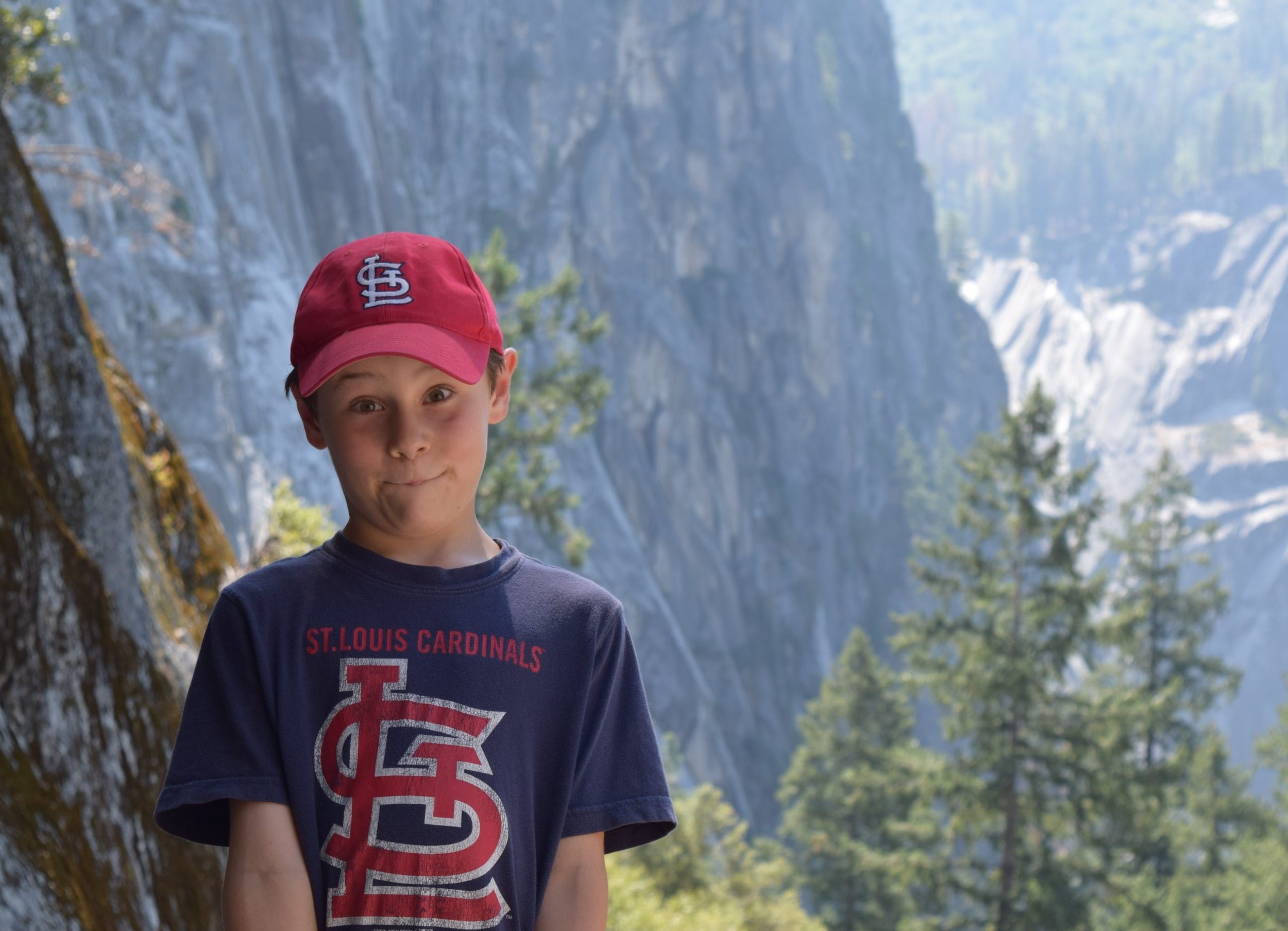 VdM: How old were you when you started at Villa di Maria? Where did you go before VdM?
VdM: How old were you when you started at Villa di Maria? Where did you go before VdM?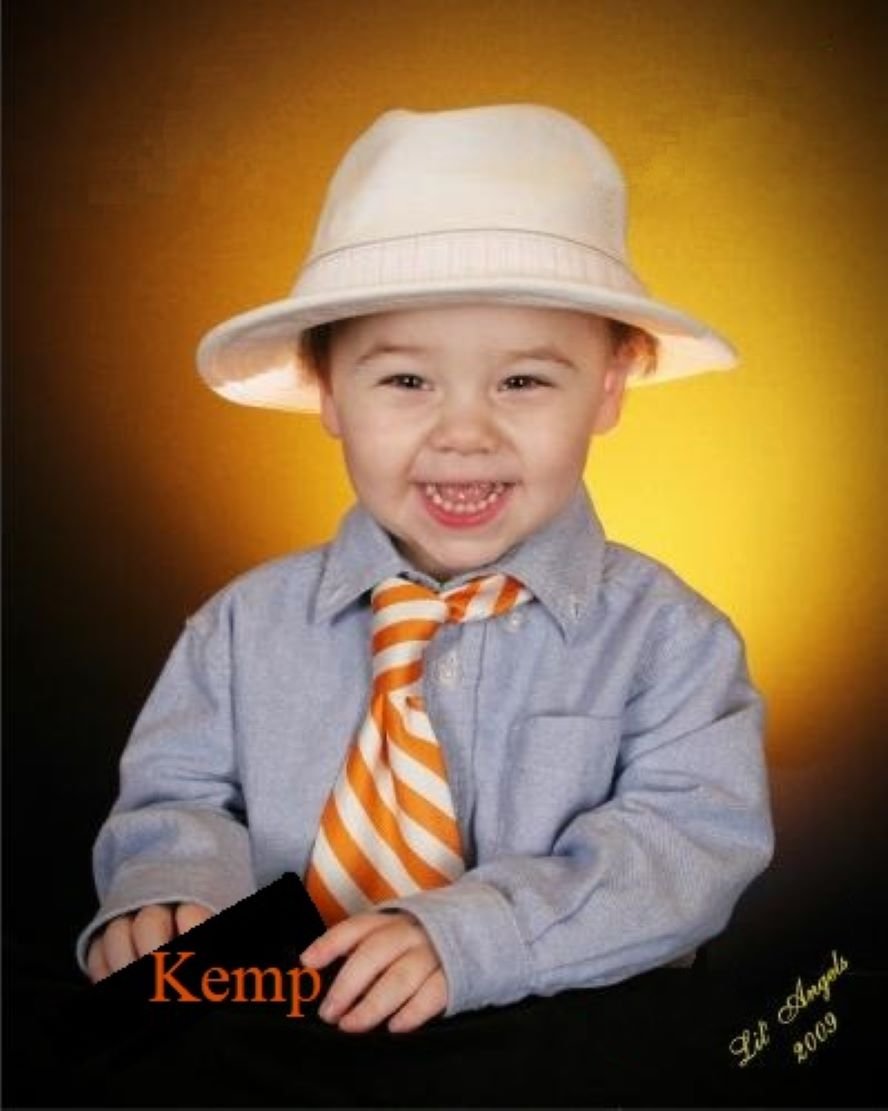

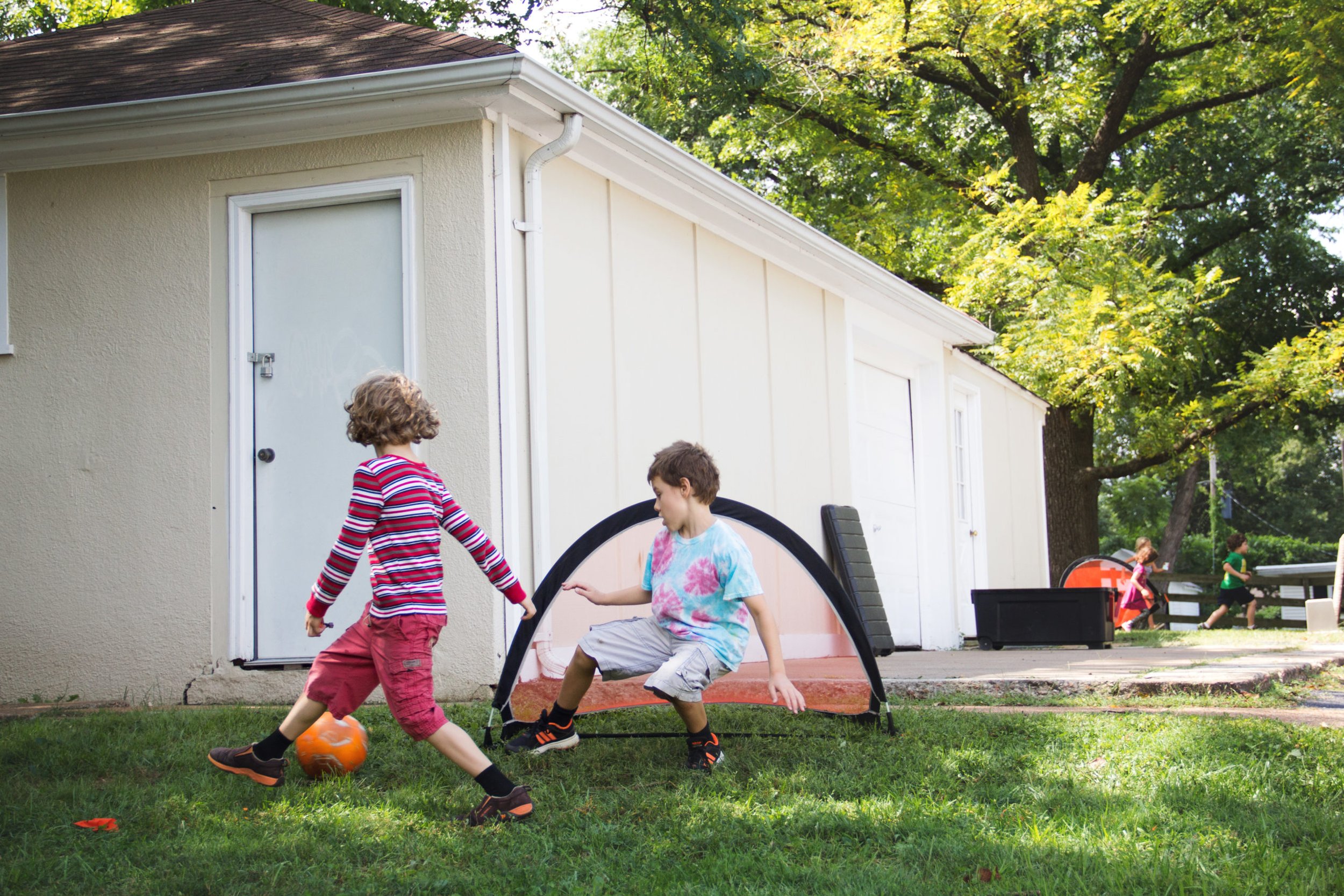
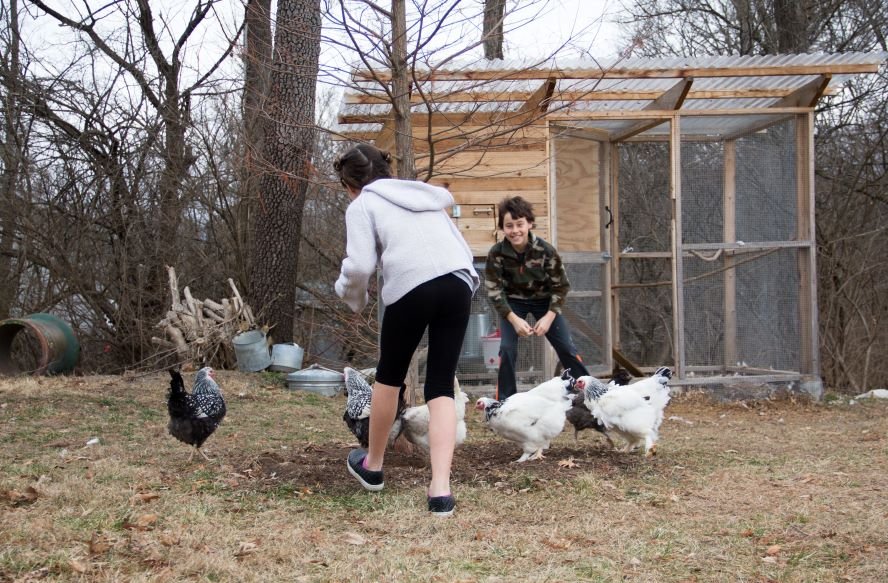
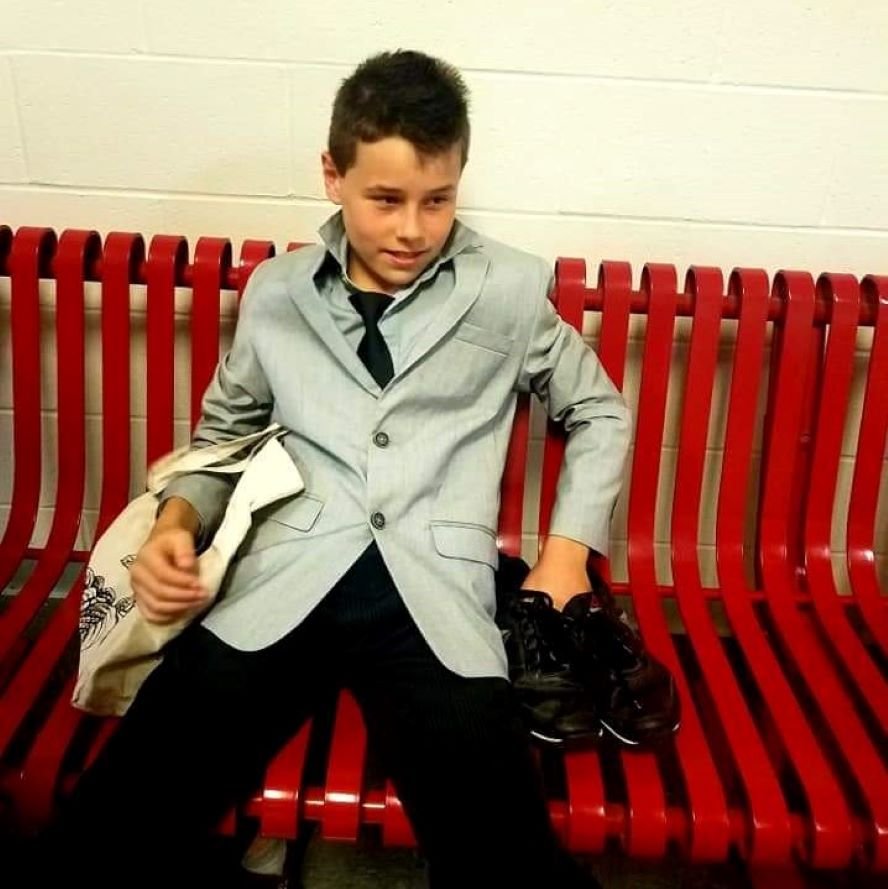
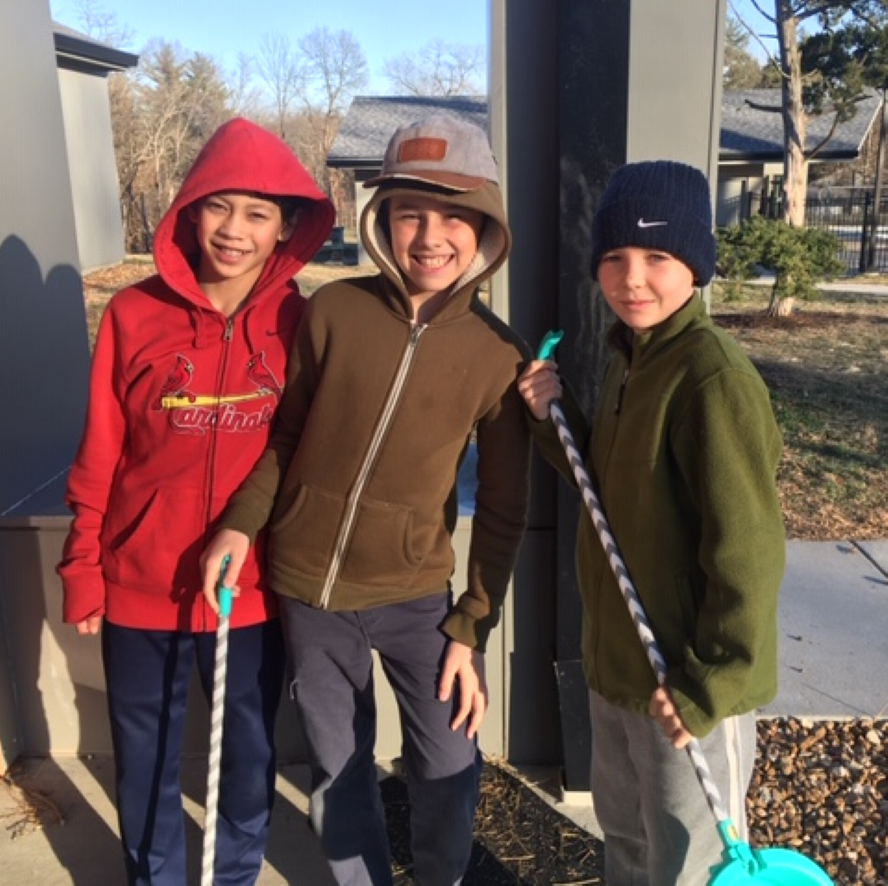
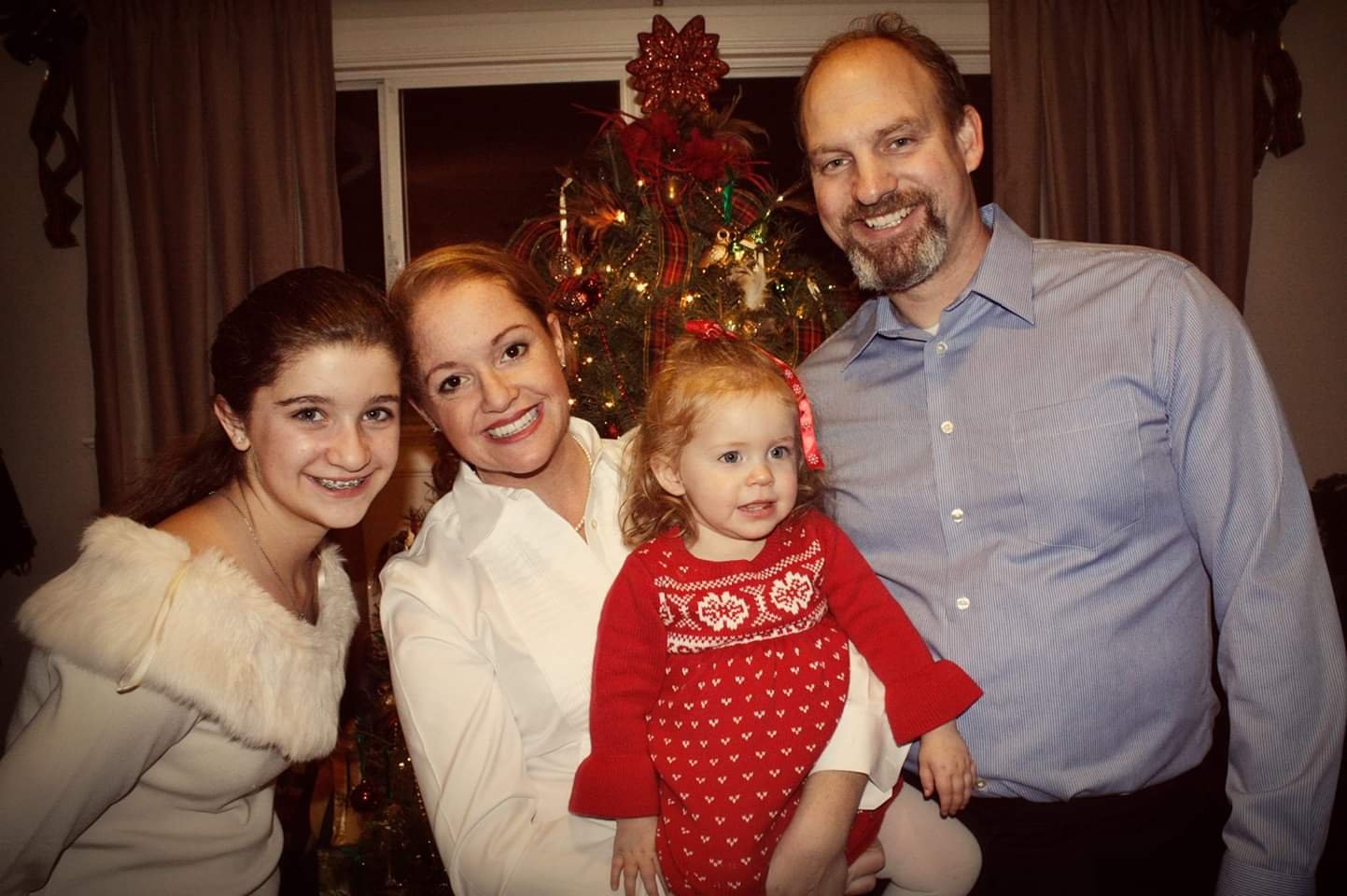 The very best part of Villa di Maria is our people. Our community of families, faculty and staff is something to be proud of and something to hold onto during our school's COVID-19 closure. In this series, We are VdM, we’ll highlight the energies, talents, humor and wisdom of some of our amazing people—and we'll stay connected! Today, we'll meet Andrea, Peter, Stephanie and Sarah Kunz. Stephanie has worked at VdM in Late Stay and at Camp Pegnita as a counselor, and Sarah joined VdM's Lower Elementary in 2017. She is currently a fourth-year student in Upper Elementary.
The very best part of Villa di Maria is our people. Our community of families, faculty and staff is something to be proud of and something to hold onto during our school's COVID-19 closure. In this series, We are VdM, we’ll highlight the energies, talents, humor and wisdom of some of our amazing people—and we'll stay connected! Today, we'll meet Andrea, Peter, Stephanie and Sarah Kunz. Stephanie has worked at VdM in Late Stay and at Camp Pegnita as a counselor, and Sarah joined VdM's Lower Elementary in 2017. She is currently a fourth-year student in Upper Elementary.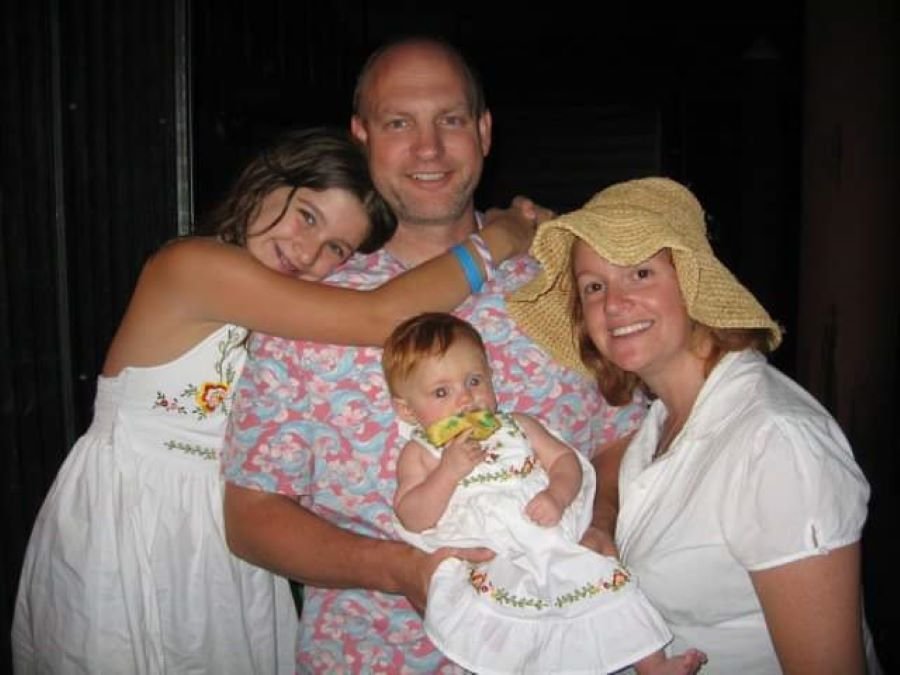
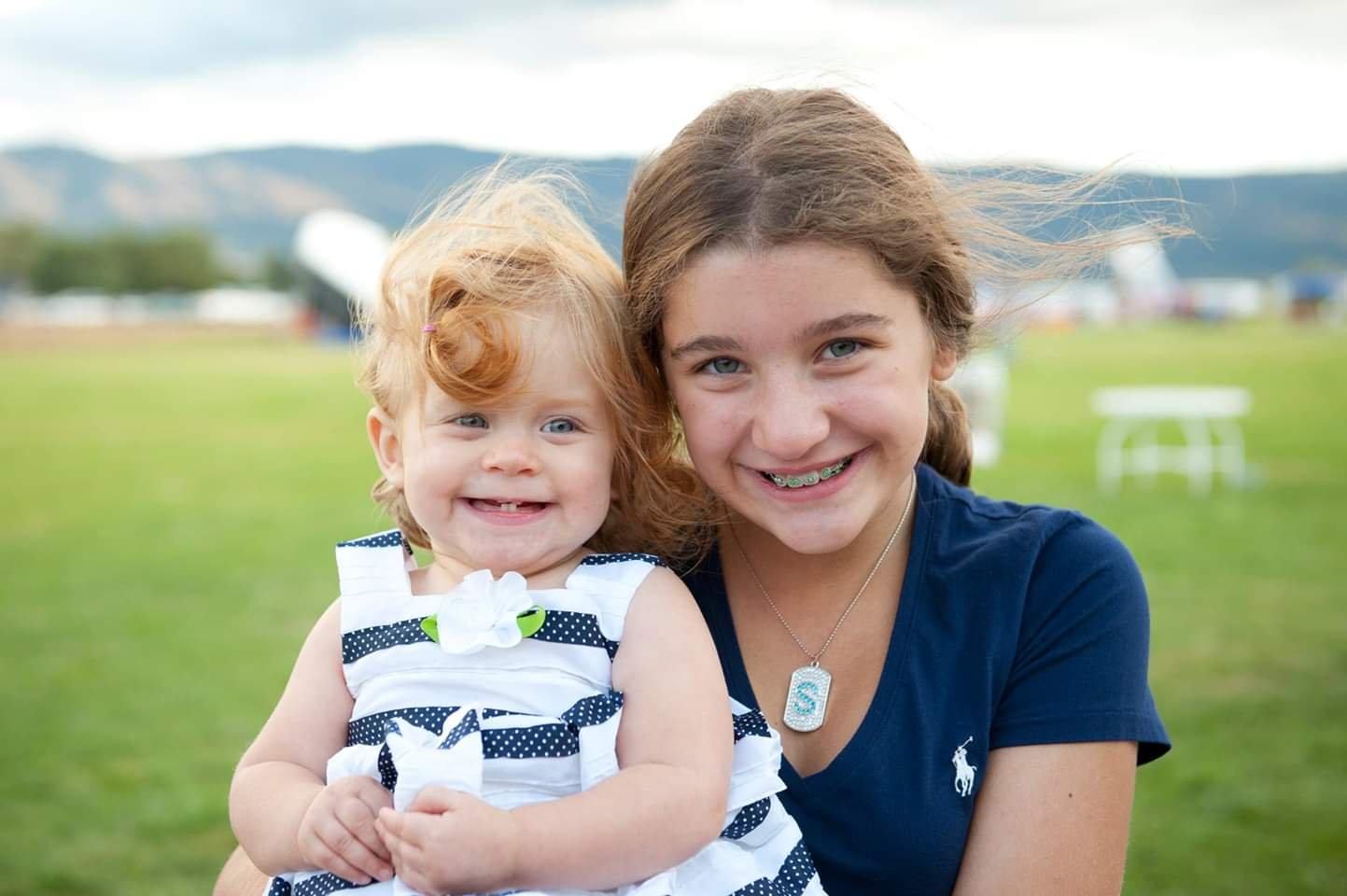
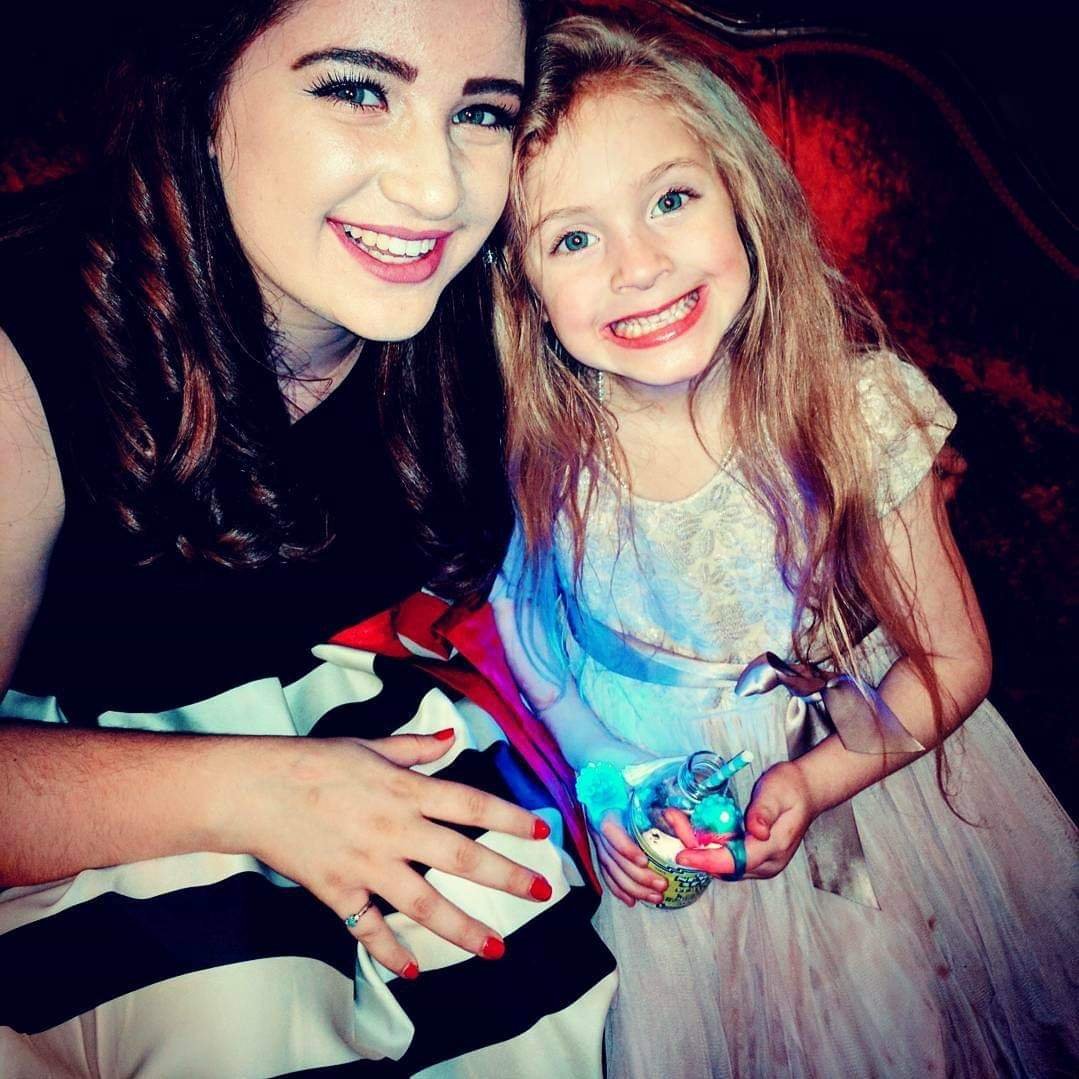 Villa di Maria: Tell us a bit about your family.Andrea: Pete and I grew up in Youngstown, NY, north of Niagara Falls—as far north you can go before reaching Lake Ontario. Although we grew up about a mile from each other, we met sailing together in the mid-eighties. We sailboat raced together during the summers and would go our separate ways to continue our education. We were reacquainted in 2006 and married in 2007, at the Yacht Club where we met, worked together, and grew up sailing. Both of our daughters, Stephanie (19) and Sarah (10) enjoy it and learned how to sail in Youngstown as well! Last summer was Sarah’s first year in the Jr. Sailing program and she won most improved in the July program and most improved of the entire summer! We were all very proud of her.In 2017, the family collectively made the decision to move on from the (Columbia River) Gorge in Oregon and take a new opportunity with Boeing in St. Louis. We enjoy attending Cardinals and Blues games as a family whether the season is going well or not. It has been a while since we lived in a place where there are (good) professional sports. We try not to talk about the Bills. Overall though, we enjoy spending time together no matter what the activity is.
Villa di Maria: Tell us a bit about your family.Andrea: Pete and I grew up in Youngstown, NY, north of Niagara Falls—as far north you can go before reaching Lake Ontario. Although we grew up about a mile from each other, we met sailing together in the mid-eighties. We sailboat raced together during the summers and would go our separate ways to continue our education. We were reacquainted in 2006 and married in 2007, at the Yacht Club where we met, worked together, and grew up sailing. Both of our daughters, Stephanie (19) and Sarah (10) enjoy it and learned how to sail in Youngstown as well! Last summer was Sarah’s first year in the Jr. Sailing program and she won most improved in the July program and most improved of the entire summer! We were all very proud of her.In 2017, the family collectively made the decision to move on from the (Columbia River) Gorge in Oregon and take a new opportunity with Boeing in St. Louis. We enjoy attending Cardinals and Blues games as a family whether the season is going well or not. It has been a while since we lived in a place where there are (good) professional sports. We try not to talk about the Bills. Overall though, we enjoy spending time together no matter what the activity is.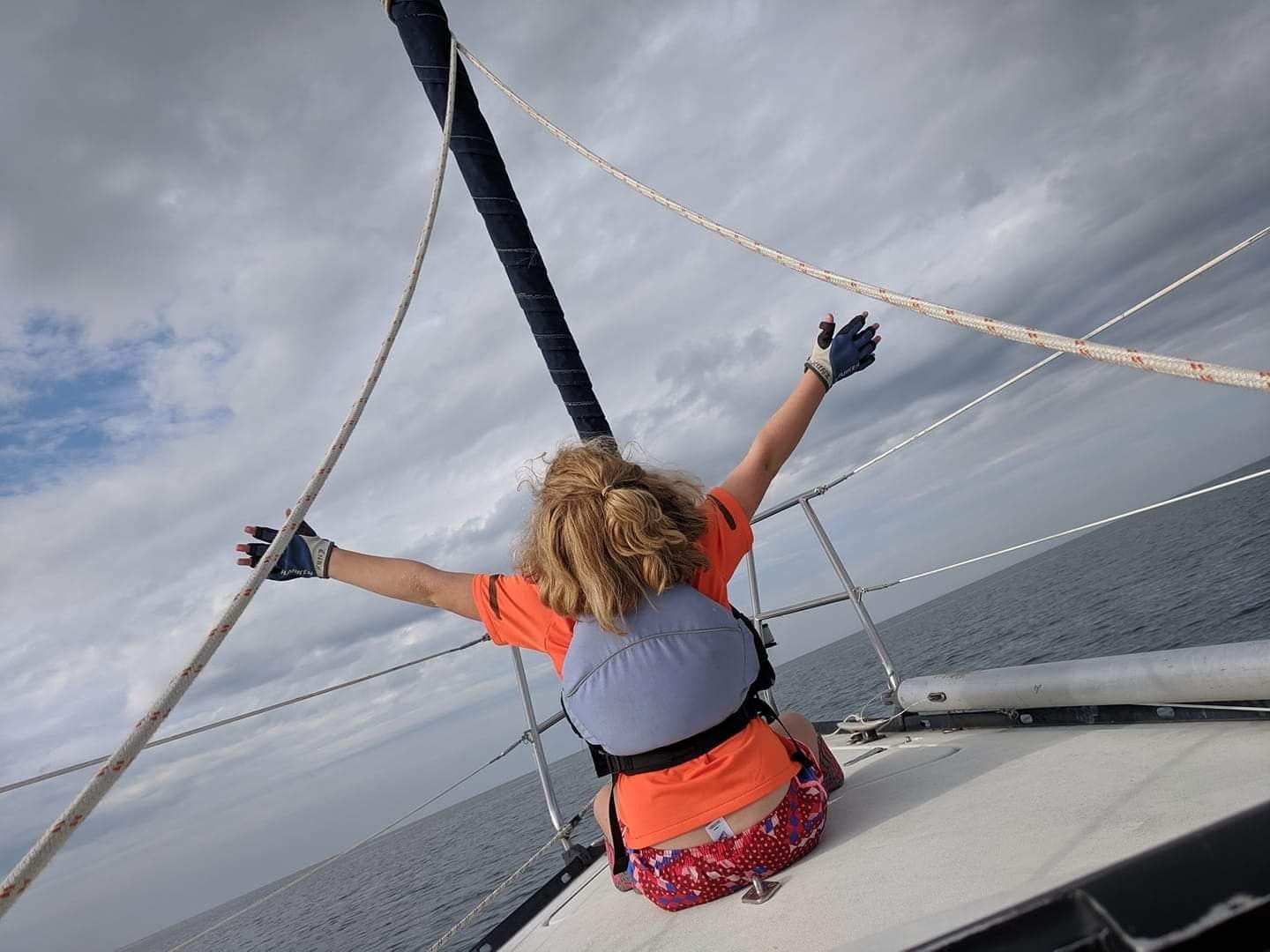
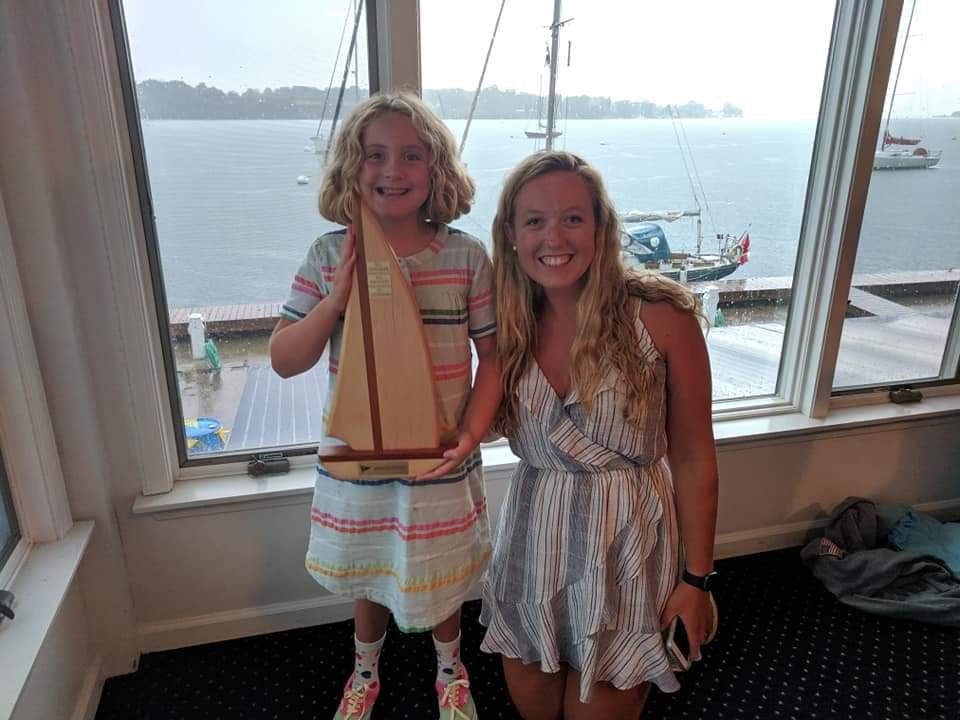 VdM: How did you find Montessori and what brought you to VdM?Andrea: Our oldest daughter attended a Montessori school before we moved to Oregon. There wasn’t one when we moved there but when Sarah turned 2 ½, she was ready to go to the new Montessori school that had just opened.I diligently researched schools when we found out we were moving to St. Louis. I immediately put Villa on the top of our list. Peter checked out the school and after meeting Laura and Robyn he was sold too! We were able to visit as a family just as the Elementary building was completed and that built the enthusiasm for Sarah. Now we are here for our 4th year and loving VdM! Sarah enjoyed her Lower Elementary years but is LOVING Upper Elementary and thrives on anything and everything math related. Everything she experiences in the classroom is directly introduced into our home, especially practical life.
VdM: How did you find Montessori and what brought you to VdM?Andrea: Our oldest daughter attended a Montessori school before we moved to Oregon. There wasn’t one when we moved there but when Sarah turned 2 ½, she was ready to go to the new Montessori school that had just opened.I diligently researched schools when we found out we were moving to St. Louis. I immediately put Villa on the top of our list. Peter checked out the school and after meeting Laura and Robyn he was sold too! We were able to visit as a family just as the Elementary building was completed and that built the enthusiasm for Sarah. Now we are here for our 4th year and loving VdM! Sarah enjoyed her Lower Elementary years but is LOVING Upper Elementary and thrives on anything and everything math related. Everything she experiences in the classroom is directly introduced into our home, especially practical life.
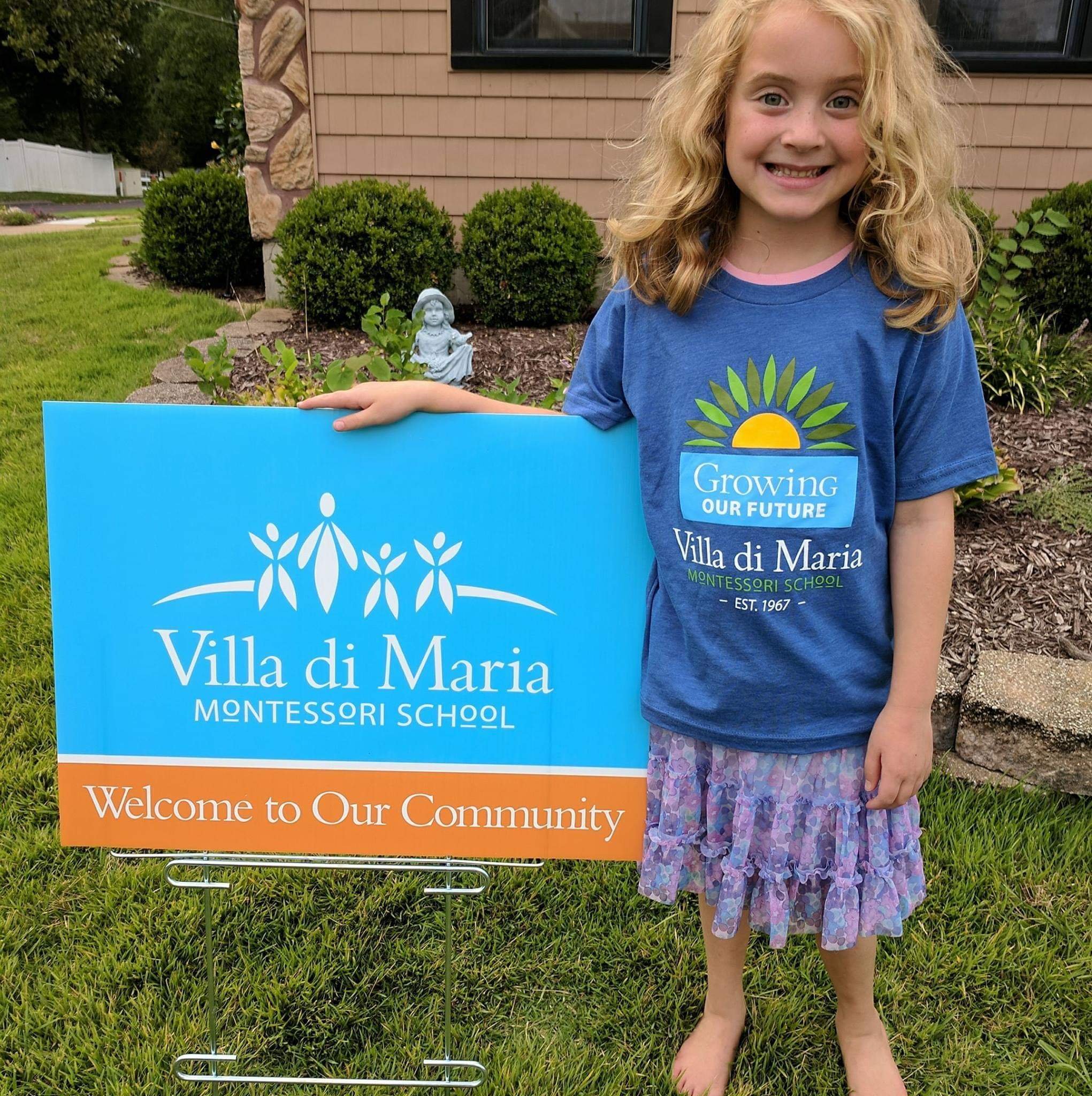 VdM: What do you and your spouse do, career-wise?Andrea: Pete has always been fascinated by flight and studied Aeronautical Engineering at Penn State, earning his Bachelor's in 1993 and his Master's in 1997. In between he spent a few years working in the Marine industry fixing and commissioning sailboats. Following Penn State, Pete headed to Stanford to again study Aeronautics, earning his Ph.D. in 2003. Stanford offered tons of opportunity, working on everything from an America’s Cup campaign, to Mars exploration aircraft designs, but his thesis work centered on how tiny things fly—insects and micro-drones. For his "first job" Pete stepped a bit sideways from aerospace and took a role as a defense technology development engineer for a private firm in Phoenix. He spent a little under a year in Afghanistan, living and working with U.S. Army and International Forces. In 2006, Pete joined a small company in Washington (state), building small robotic aircraft where he served as CTO. He led the aerodynamics team, designing the outside shapes of the airplanes and predicting how they would perform.Pete is currently Vice President and Chief Technologist for two small Boeing groups, NeXt and HorizonX. These teams use active and experimental approaches to developing corporate strategy, active technology development and market research on future mobility (a.k.a. flying cars). In addition to these day jobs, Pete also serves as Boeing’s Senior Chief Engineer for Unpiloted Systems, with a primary eye on safety in design and operations.
VdM: What do you and your spouse do, career-wise?Andrea: Pete has always been fascinated by flight and studied Aeronautical Engineering at Penn State, earning his Bachelor's in 1993 and his Master's in 1997. In between he spent a few years working in the Marine industry fixing and commissioning sailboats. Following Penn State, Pete headed to Stanford to again study Aeronautics, earning his Ph.D. in 2003. Stanford offered tons of opportunity, working on everything from an America’s Cup campaign, to Mars exploration aircraft designs, but his thesis work centered on how tiny things fly—insects and micro-drones. For his "first job" Pete stepped a bit sideways from aerospace and took a role as a defense technology development engineer for a private firm in Phoenix. He spent a little under a year in Afghanistan, living and working with U.S. Army and International Forces. In 2006, Pete joined a small company in Washington (state), building small robotic aircraft where he served as CTO. He led the aerodynamics team, designing the outside shapes of the airplanes and predicting how they would perform.Pete is currently Vice President and Chief Technologist for two small Boeing groups, NeXt and HorizonX. These teams use active and experimental approaches to developing corporate strategy, active technology development and market research on future mobility (a.k.a. flying cars). In addition to these day jobs, Pete also serves as Boeing’s Senior Chief Engineer for Unpiloted Systems, with a primary eye on safety in design and operations. Dancing at a young age, I knew I wanted to be involved in dance and theatre as an adult. After a knee injury in high school (and the fact that I was not going to grow taller), I knew my aspirations of being a Rockette were not in the picture. I continued with theatre and worked in the Marine industry with Peter in the mid-nineties prior to continuing my education. I graduated with a BFA in Theatre and Fine Arts from Niagara University, a private Catholic University. This experience led me to work with several regional theatres and at the Colorado Shakespeare Festival. Most recently I worked as an event planner, in the traditional and nonprofit sectors. I also taught theatre, dance and set design at a high school in Oregon, while homeschooling Stephanie.Currently I am a stay at home mom and the biggest cheerleader for Sarah’s Schooling-At-Home efforts! In an effort to ease back into theatre, I hope to teach an after-school Dance and Movement Club for the primary children next school year.
Dancing at a young age, I knew I wanted to be involved in dance and theatre as an adult. After a knee injury in high school (and the fact that I was not going to grow taller), I knew my aspirations of being a Rockette were not in the picture. I continued with theatre and worked in the Marine industry with Peter in the mid-nineties prior to continuing my education. I graduated with a BFA in Theatre and Fine Arts from Niagara University, a private Catholic University. This experience led me to work with several regional theatres and at the Colorado Shakespeare Festival. Most recently I worked as an event planner, in the traditional and nonprofit sectors. I also taught theatre, dance and set design at a high school in Oregon, while homeschooling Stephanie.Currently I am a stay at home mom and the biggest cheerleader for Sarah’s Schooling-At-Home efforts! In an effort to ease back into theatre, I hope to teach an after-school Dance and Movement Club for the primary children next school year. VdM: What is something your family is doing to make the most of this extended break?Andrea: Sarah has embraced the interests of both of us, my theatre and art and Pete’s math and engineering, as well as our mutual interest in cooking and baking. It makes it easy to find enriching things to do that engage our interests with hers. Spring Break brought more opportunities to play while now we are busy with School-At-Home most of our days. During Spring Break, screen time was relaxed a bit as we watched movies and musicals and played some video games as a family, Animal Crossing being the favorite! With school back in session, our efforts are focused on less screen time. We get out for some walks, but nothing can compare to playing with friends!We have enjoyed being able to have lunch every day with Peter while we are all home. We have been cooking, baking, playing board games and card games to keep busy. Running around with our three Border Collies (Luke 15, Missy 13 and Buddy 11) has been a great way for us to get some of the pent-up energy out. Sarah has also enjoyed the process of sketching out, CAD rendering and 3D printing with Peter.
VdM: What is something your family is doing to make the most of this extended break?Andrea: Sarah has embraced the interests of both of us, my theatre and art and Pete’s math and engineering, as well as our mutual interest in cooking and baking. It makes it easy to find enriching things to do that engage our interests with hers. Spring Break brought more opportunities to play while now we are busy with School-At-Home most of our days. During Spring Break, screen time was relaxed a bit as we watched movies and musicals and played some video games as a family, Animal Crossing being the favorite! With school back in session, our efforts are focused on less screen time. We get out for some walks, but nothing can compare to playing with friends!We have enjoyed being able to have lunch every day with Peter while we are all home. We have been cooking, baking, playing board games and card games to keep busy. Running around with our three Border Collies (Luke 15, Missy 13 and Buddy 11) has been a great way for us to get some of the pent-up energy out. Sarah has also enjoyed the process of sketching out, CAD rendering and 3D printing with Peter. VdM: A question specifically for Sarah - If you could snap your fingers and go anywhere in the world for 24 hours, where would you go? And why?Sarah: I would go to Oregon to visit my old friends and have a sleep over because I really miss them and we haven't been back since moving.
VdM: A question specifically for Sarah - If you could snap your fingers and go anywhere in the world for 24 hours, where would you go? And why?Sarah: I would go to Oregon to visit my old friends and have a sleep over because I really miss them and we haven't been back since moving.

 The Serpent's Secret is the first in the Kiranmala and the Kingdom Beyond series by Sayantani DasGupta. The series follows the adventures of 12-year-old Kiran, an Indian-American girl, whose parents have always told her crazy stories about magical worlds and creatures—they've even told her she's a princess! She has never believed them, but on the morning of her birthday, she wakes up to find her parents have vanished and a terrifying demon is after her. Kiran suddenly finds herself in another dimension, where she is, in fact, a heroic princess on a mission to rescue her parents and save New Jersey. DasGupta weaves characters and tales inspired by traditional Bengali folklore into this wildly adventurous story.
The Serpent's Secret is the first in the Kiranmala and the Kingdom Beyond series by Sayantani DasGupta. The series follows the adventures of 12-year-old Kiran, an Indian-American girl, whose parents have always told her crazy stories about magical worlds and creatures—they've even told her she's a princess! She has never believed them, but on the morning of her birthday, she wakes up to find her parents have vanished and a terrifying demon is after her. Kiran suddenly finds herself in another dimension, where she is, in fact, a heroic princess on a mission to rescue her parents and save New Jersey. DasGupta weaves characters and tales inspired by traditional Bengali folklore into this wildly adventurous story. Tristan Strong Punches a Hole in the Sky is the first in a series by Kwame Mbalia that follows the life and heroic adventures of seventh-grader Tristan Strong. After his best friend, Eddie, dies in a bus accident, Tristan is sent to stay with his grandparents to help him cope with his grief. On his first night there, the only thing Tristan has left of Eddie, his journal of folk tales, is stolen by a doll-looking creature. Tristan chases the creature into the mysterious woods and finally catches it. He struggles to get the journal back, accidentally punches a tree, and opens a passageway to another world. In this new dimension, Tristan meets John Henry and other characters from African-American folklore, as well as several West African deities. Tristan joins forces with the inhabitants of this magical place to seal the hole between the two dimensions and save the world.
Tristan Strong Punches a Hole in the Sky is the first in a series by Kwame Mbalia that follows the life and heroic adventures of seventh-grader Tristan Strong. After his best friend, Eddie, dies in a bus accident, Tristan is sent to stay with his grandparents to help him cope with his grief. On his first night there, the only thing Tristan has left of Eddie, his journal of folk tales, is stolen by a doll-looking creature. Tristan chases the creature into the mysterious woods and finally catches it. He struggles to get the journal back, accidentally punches a tree, and opens a passageway to another world. In this new dimension, Tristan meets John Henry and other characters from African-American folklore, as well as several West African deities. Tristan joins forces with the inhabitants of this magical place to seal the hole between the two dimensions and save the world. Aru Shah and the End of Time is the first book in the Pandava Series by Roshani Chokshi. Aru lives with her mother in the Museum of Ancient Indian Art and Culture. She lies to impress and fit in with the kids at school, whose lives seem much more exciting than her own. When three of her classmates come to the museum and dare Aru to light the Lamp of Bharata, to prove her claim that is cursed, she does it, believing she will be caught in her lie and humiliated. Instead the lamp releases a demon, and her classmates and mother become frozen in time. In order to stop the demon and restart time, Aru turns to the Hindu legend told in the Mahabarata. She sets out alone on a quest into the Kingdom of Death.
Aru Shah and the End of Time is the first book in the Pandava Series by Roshani Chokshi. Aru lives with her mother in the Museum of Ancient Indian Art and Culture. She lies to impress and fit in with the kids at school, whose lives seem much more exciting than her own. When three of her classmates come to the museum and dare Aru to light the Lamp of Bharata, to prove her claim that is cursed, she does it, believing she will be caught in her lie and humiliated. Instead the lamp releases a demon, and her classmates and mother become frozen in time. In order to stop the demon and restart time, Aru turns to the Hindu legend told in the Mahabarata. She sets out alone on a quest into the Kingdom of Death.  Where the Mountain Meets the Moon is the start of a four-book series by Grace Lin, based on traditional Chinese stories Lin heard as a child. Lin tells the story of Minli, a young girl who lives with her family in the valley of Fruitless Mountain. Her village and family are impoverished and unable to farm the land they live on. Minli, inspired by a magical goldfish and the folk tales her father tells her, sets out to change her family's fortune by finding the Old Man in the Moon. Early in her voyage, she meets Dragon, a flightless dragon, and they continue the adventure together. The book follows Minli and Dragon's heroic quest from village to village, as they solve riddles, face danger and meet wonderful characters along the way.
Where the Mountain Meets the Moon is the start of a four-book series by Grace Lin, based on traditional Chinese stories Lin heard as a child. Lin tells the story of Minli, a young girl who lives with her family in the valley of Fruitless Mountain. Her village and family are impoverished and unable to farm the land they live on. Minli, inspired by a magical goldfish and the folk tales her father tells her, sets out to change her family's fortune by finding the Old Man in the Moon. Early in her voyage, she meets Dragon, a flightless dragon, and they continue the adventure together. The book follows Minli and Dragon's heroic quest from village to village, as they solve riddles, face danger and meet wonderful characters along the way.
 Brown Girl Dreaming is Jacqueline Woodson's beautifully written memoir. Through poems, Jacqueline tells the story of her childhood in the 1960s and 70s, moving back and forth between the Northeast and the South. Jackie's life is filled with her family's struggles—her parents' relationship falls apart, her baby brother is hospitalized, her uncle is sent to prison and her grandfather dies. But it is also filled with her family's strength—her grandparents' devotion to religion and peaceful civil rights activism. Brown Girl Dreaming weaves the stories of Jackie's family together with her own coming of age story, as she develops her own values, finds new friends and discovers her passion as a writer.
Brown Girl Dreaming is Jacqueline Woodson's beautifully written memoir. Through poems, Jacqueline tells the story of her childhood in the 1960s and 70s, moving back and forth between the Northeast and the South. Jackie's life is filled with her family's struggles—her parents' relationship falls apart, her baby brother is hospitalized, her uncle is sent to prison and her grandfather dies. But it is also filled with her family's strength—her grandparents' devotion to religion and peaceful civil rights activism. Brown Girl Dreaming weaves the stories of Jackie's family together with her own coming of age story, as she develops her own values, finds new friends and discovers her passion as a writer.  The Crossover by Kwame Alexander is told in vivid, rhythmic verse, in the voice of 12-year-old Josh Bell. Josh and his identical twin, JB, have basketball in their blood—their father, Chuck, is a former pro basketball player—and they share a true love of the game. Growing up, they play basketball every night with Chuck. But as they enter seventh grade, their interests begin to diverge. JB has a girlfriend and spends less and less time with Josh and Chuck. Josh is lonely, jealous and angry. The brothers have a terrible fight and their relationship seems permanently broken. At the same time, Chuck's health is failing. Although he is only 39, Chuck suffers a series of heart attacks and ultimately dies. Josh is devastated but also rediscovers his need for his brother, and the two find reconciliation.
The Crossover by Kwame Alexander is told in vivid, rhythmic verse, in the voice of 12-year-old Josh Bell. Josh and his identical twin, JB, have basketball in their blood—their father, Chuck, is a former pro basketball player—and they share a true love of the game. Growing up, they play basketball every night with Chuck. But as they enter seventh grade, their interests begin to diverge. JB has a girlfriend and spends less and less time with Josh and Chuck. Josh is lonely, jealous and angry. The brothers have a terrible fight and their relationship seems permanently broken. At the same time, Chuck's health is failing. Although he is only 39, Chuck suffers a series of heart attacks and ultimately dies. Josh is devastated but also rediscovers his need for his brother, and the two find reconciliation.  Some Places More Than Others by Renee Watson tells the story of 12-year-old Amara's trip with her father to visit his childhood home in Harlem and to make a family-history time capsule for school. She is excited to see the city, to explore the places of her father's childhood and to meet her grandfather and cousins for the first time in person. The trip is nothing like what Amara imagined—the city is crowded, loud and confusing, and the relationships in her family are strained. Amara begins to explore the sights in Harlem and to ask questions. She begins to learn more about her family's history and about the history of African-Americans in New York City. She discovers the ways she is connected to her family and to history, and she begins to help her family heal.
Some Places More Than Others by Renee Watson tells the story of 12-year-old Amara's trip with her father to visit his childhood home in Harlem and to make a family-history time capsule for school. She is excited to see the city, to explore the places of her father's childhood and to meet her grandfather and cousins for the first time in person. The trip is nothing like what Amara imagined—the city is crowded, loud and confusing, and the relationships in her family are strained. Amara begins to explore the sights in Harlem and to ask questions. She begins to learn more about her family's history and about the history of African-Americans in New York City. She discovers the ways she is connected to her family and to history, and she begins to help her family heal.  The Mighty Miss Malone by Christopher Paul Curtis is a historical novel set in Gary, Indiana during the Great Depression. It is the story of Deza Malone and her family. Deza is exceptionally smart, loves language and shines at her school in Gary, but her family cannot stay there because there is no work for her father. The family moves to Michigan to find work, and things begin to look up for a short while before everything gets worse—Deza's parents lose their jobs, they face health crises, they run out of food and clothing, they lose their home and face scathing racism. Throughout it all, Deza is also attending a new school, where she is discriminated against and told she is not as smart as she knows she is. Still, Deza—the mighty Miss Malone—and her family remain hopeful, and they continue to struggle, together, for "a place called Wonderful."
The Mighty Miss Malone by Christopher Paul Curtis is a historical novel set in Gary, Indiana during the Great Depression. It is the story of Deza Malone and her family. Deza is exceptionally smart, loves language and shines at her school in Gary, but her family cannot stay there because there is no work for her father. The family moves to Michigan to find work, and things begin to look up for a short while before everything gets worse—Deza's parents lose their jobs, they face health crises, they run out of food and clothing, they lose their home and face scathing racism. Throughout it all, Deza is also attending a new school, where she is discriminated against and told she is not as smart as she knows she is. Still, Deza—the mighty Miss Malone—and her family remain hopeful, and they continue to struggle, together, for "a place called Wonderful."
 Each year, our sixth-year students travel to New York to participate in Montessori Model United Nations (MMUN). Similar to the traditional Model UN that many of us might remember from high school, this program has been especially designed with Montessori principles in mind—it is a mixed-age experience designed to expand the students' global consciousness with a focus on cooperation rather than competition.
Each year, our sixth-year students travel to New York to participate in Montessori Model United Nations (MMUN). Similar to the traditional Model UN that many of us might remember from high school, this program has been especially designed with Montessori principles in mind—it is a mixed-age experience designed to expand the students' global consciousness with a focus on cooperation rather than competition.

 Our nine delegates will represent three nations at this year's MMUN: The Republic of Angola, The Lao People's Democratic Republic and New Zealand.
Our nine delegates will represent three nations at this year's MMUN: The Republic of Angola, The Lao People's Democratic Republic and New Zealand.

 The three nations will sit on two committees: Economic and Social Counsil (ECOSOC) and Food and Agricultural Organization (FAO) and their topics will be the advancement of women, deforestation, food insecurity and illegal, unreported and unregulated fishing (IUU).For last evening's event, each delegate summarized her/his problem and proposed a solution in a carefully distilled one-minute opening speech.
The three nations will sit on two committees: Economic and Social Counsil (ECOSOC) and Food and Agricultural Organization (FAO) and their topics will be the advancement of women, deforestation, food insecurity and illegal, unreported and unregulated fishing (IUU).For last evening's event, each delegate summarized her/his problem and proposed a solution in a carefully distilled one-minute opening speech.







 These incredible young people were commanding, poised, eloquent and inspiring, and it is an honor to witness their hard work and dedication.Thank you, delegates. Good luck (and have fun!) in New York City!
These incredible young people were commanding, poised, eloquent and inspiring, and it is an honor to witness their hard work and dedication.Thank you, delegates. Good luck (and have fun!) in New York City!